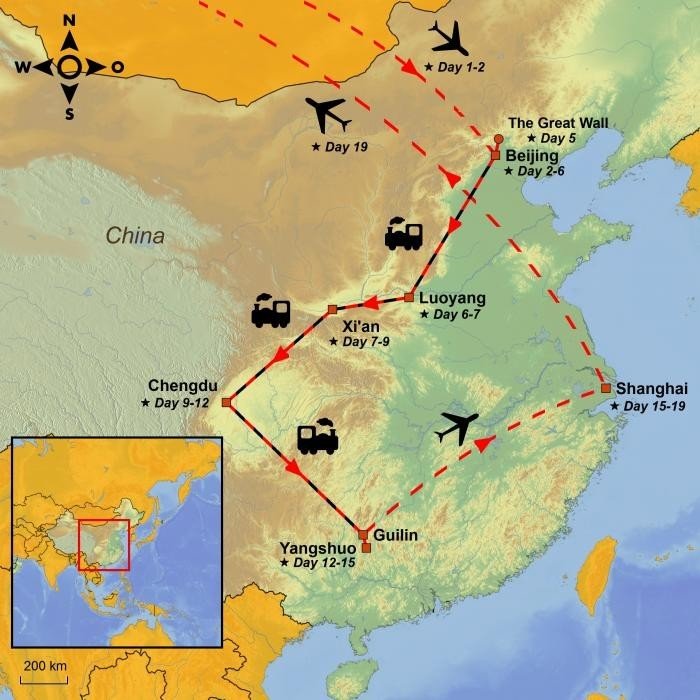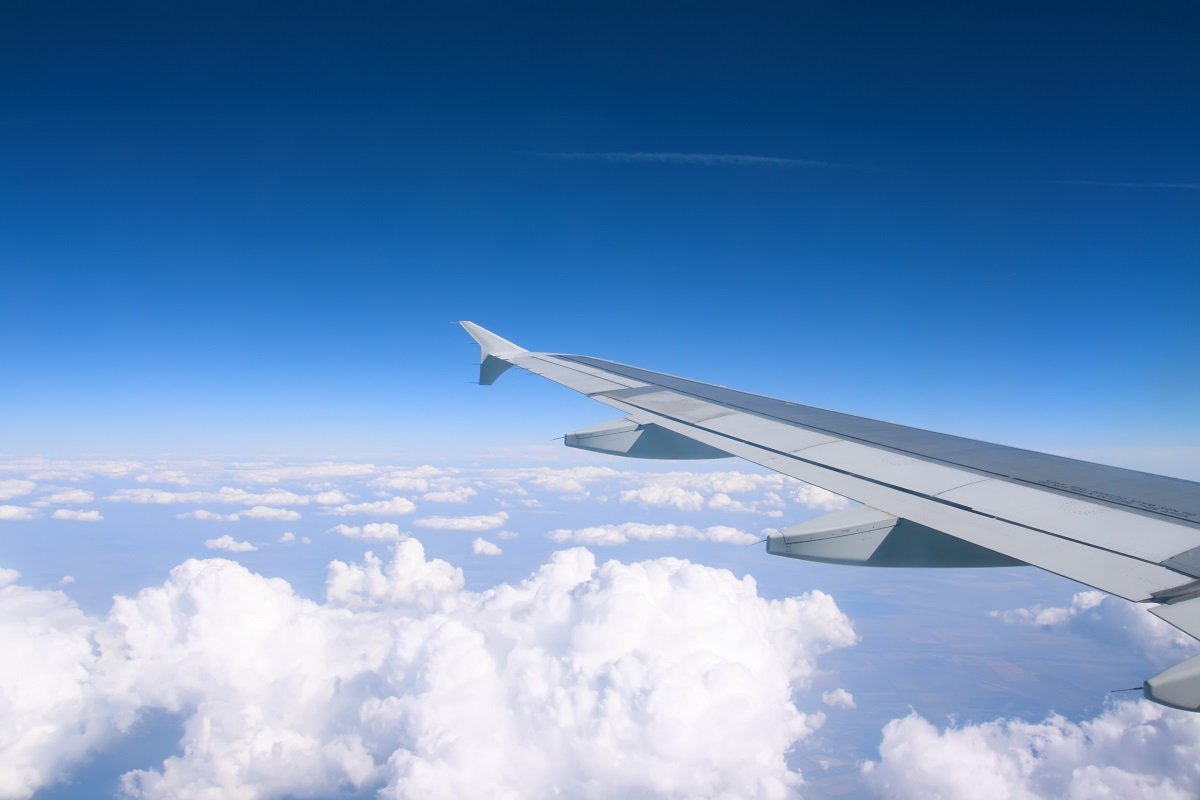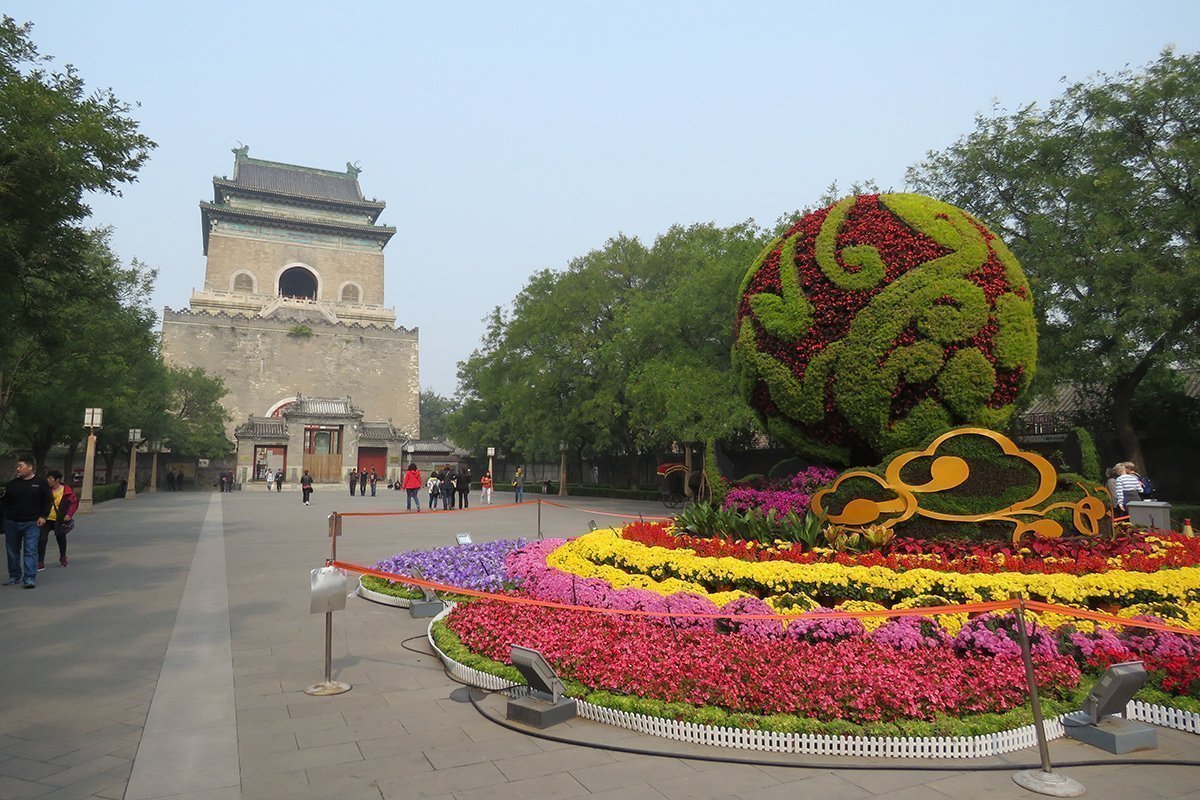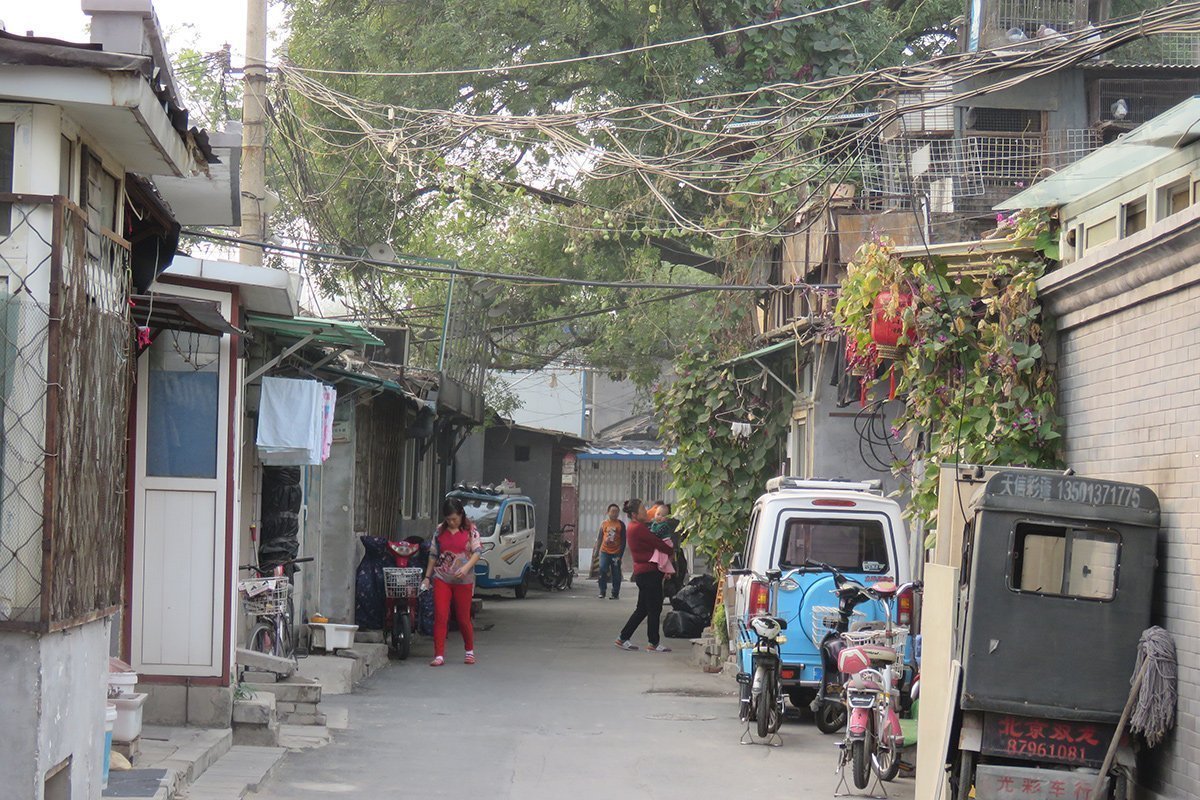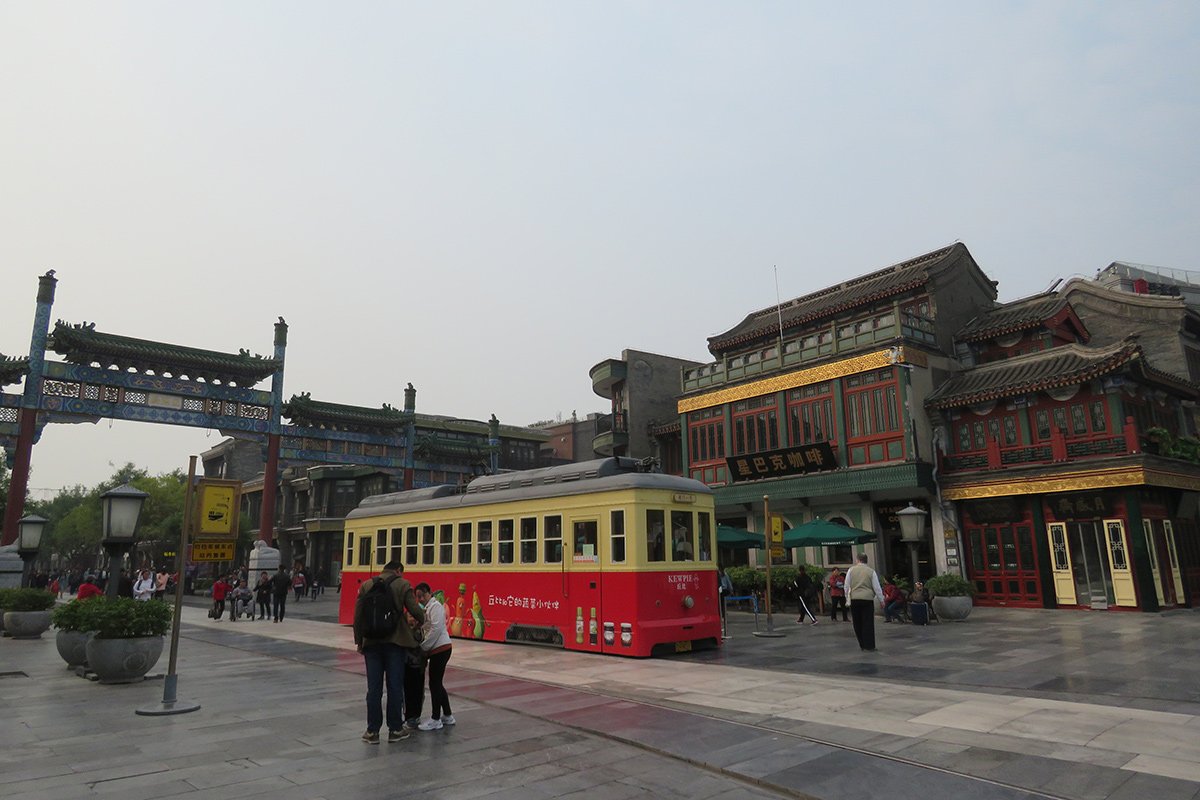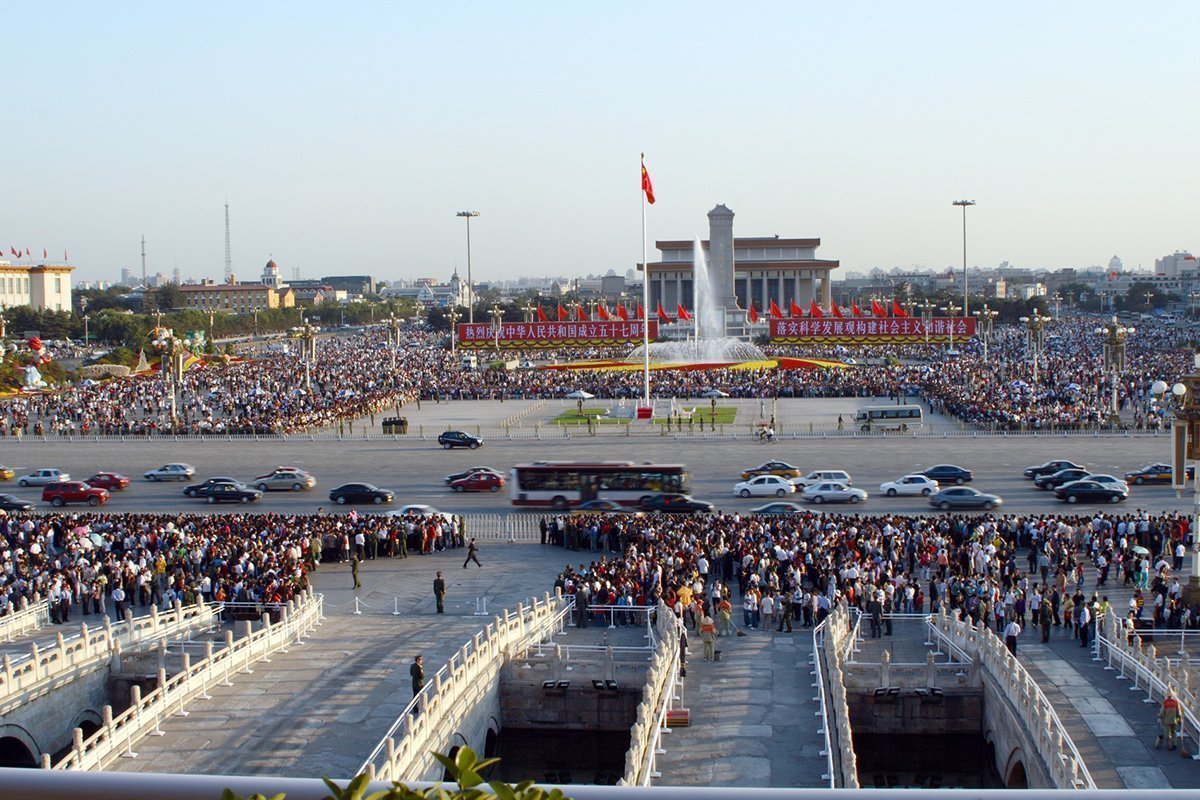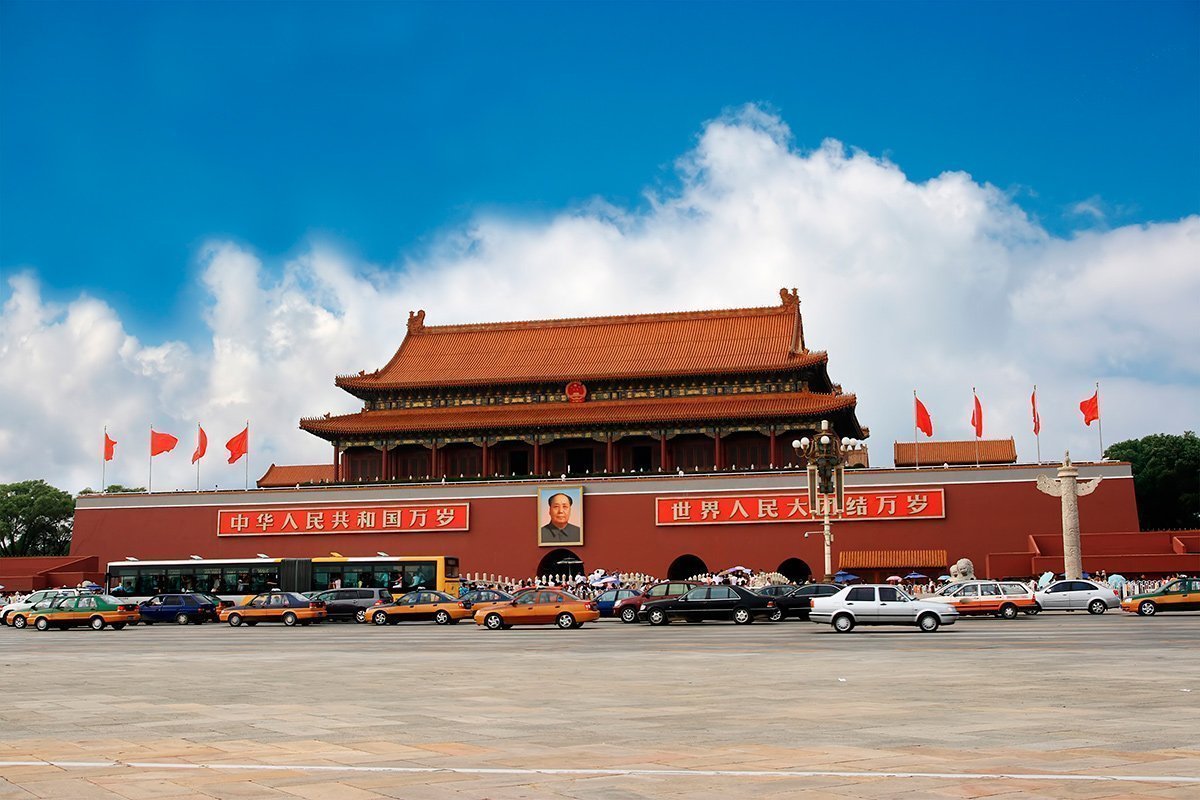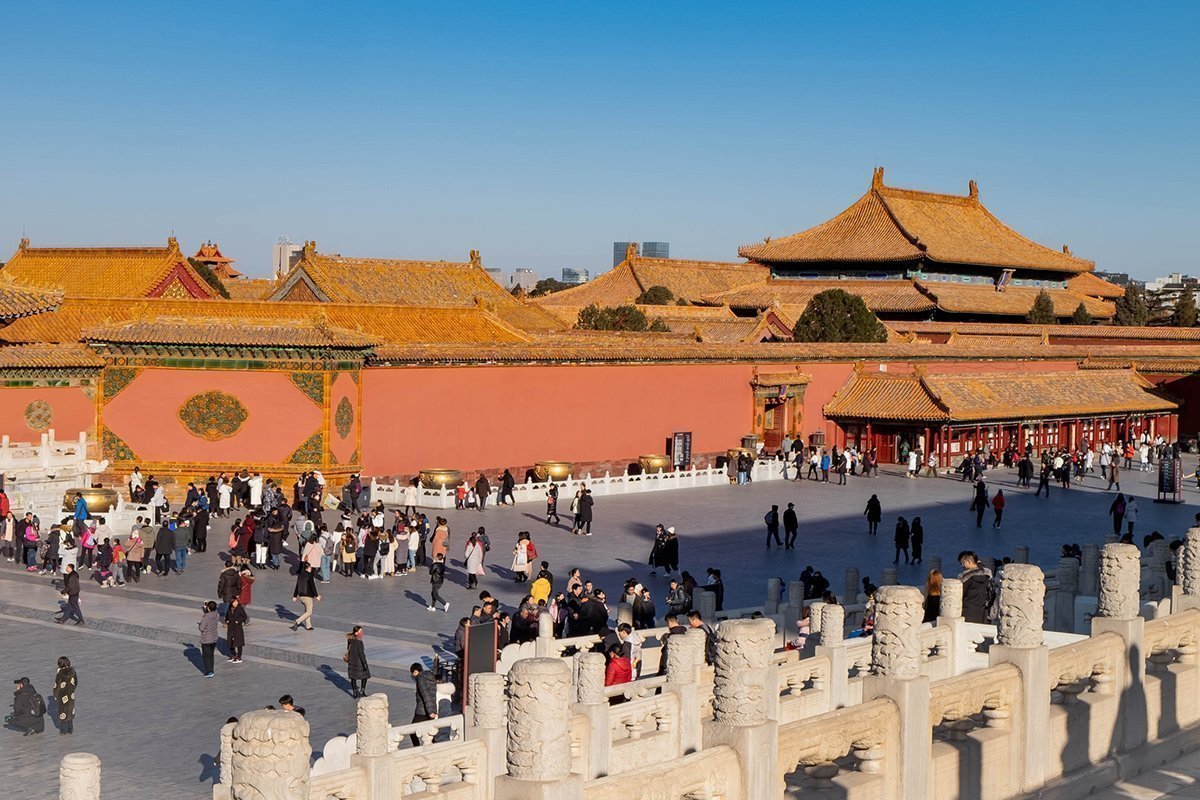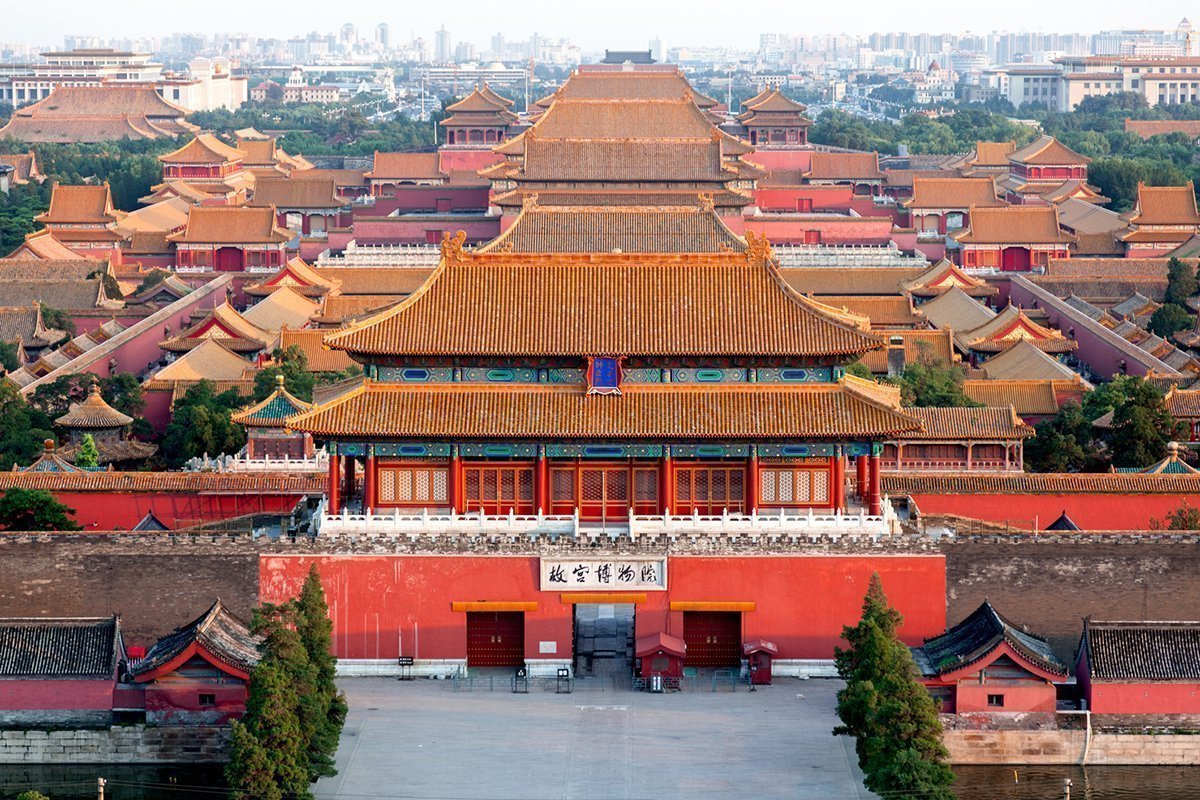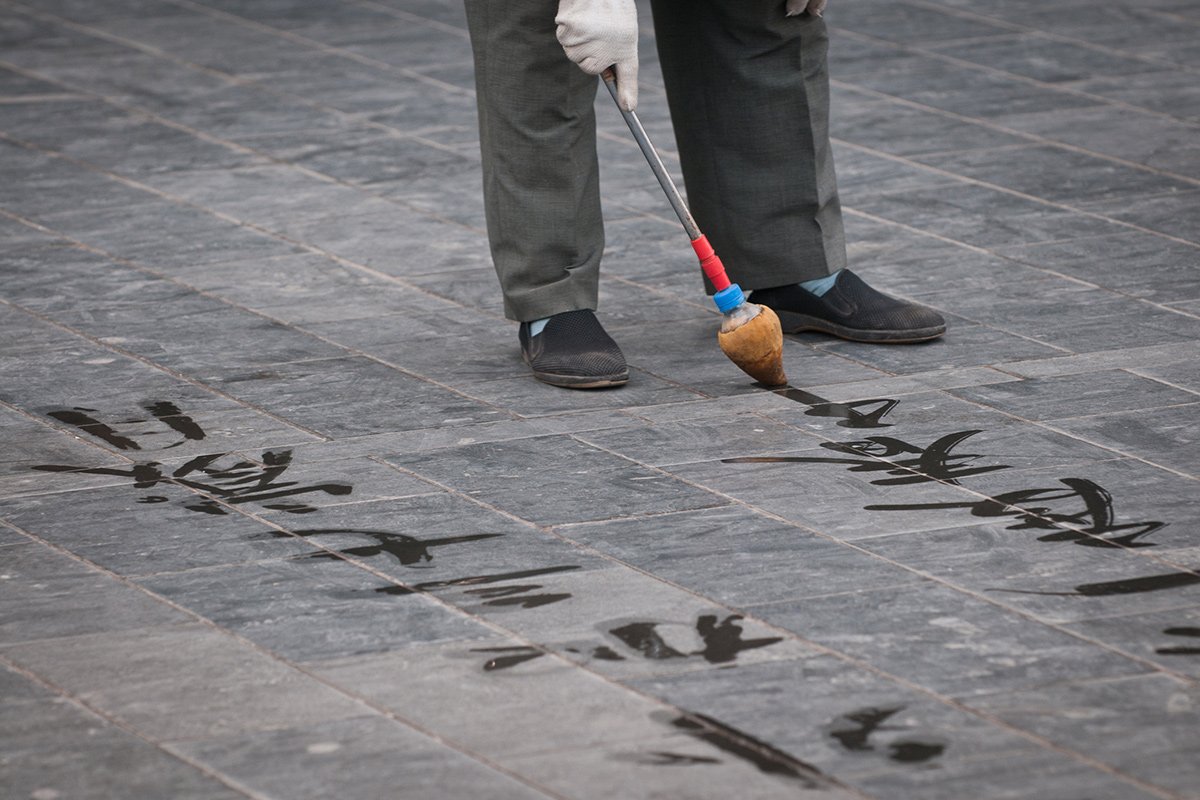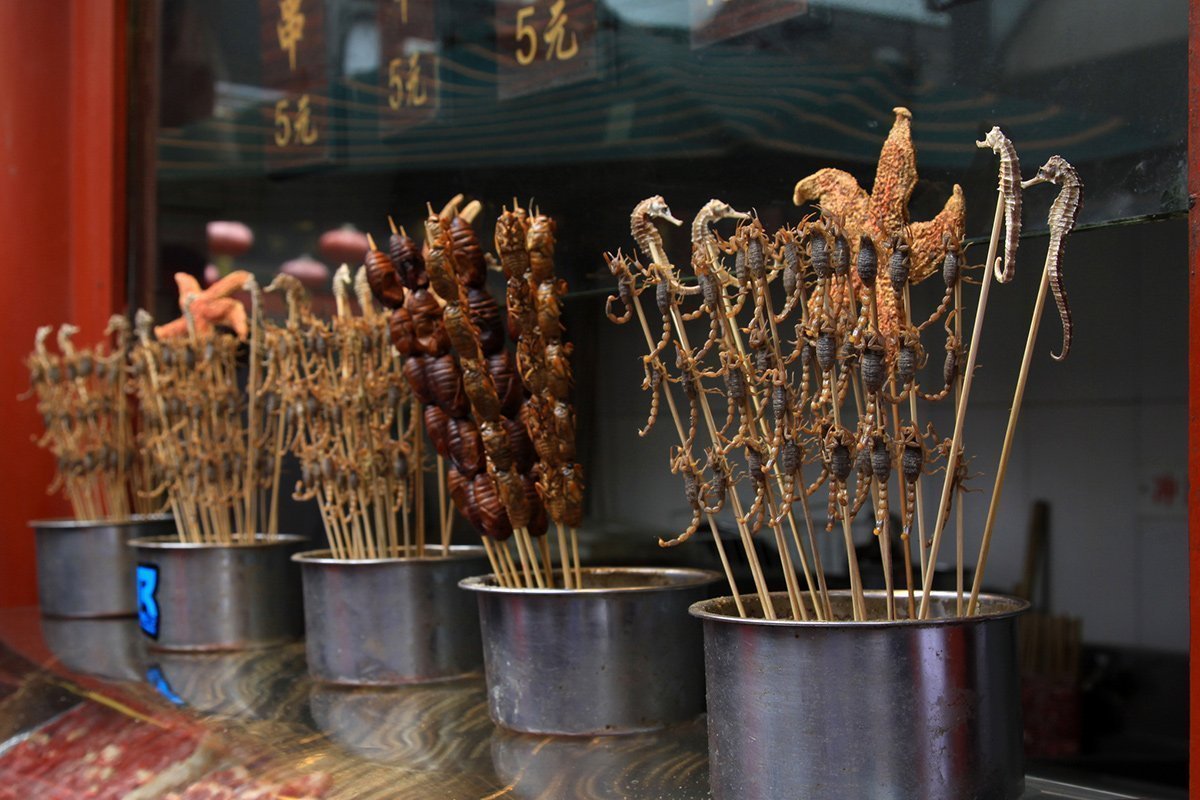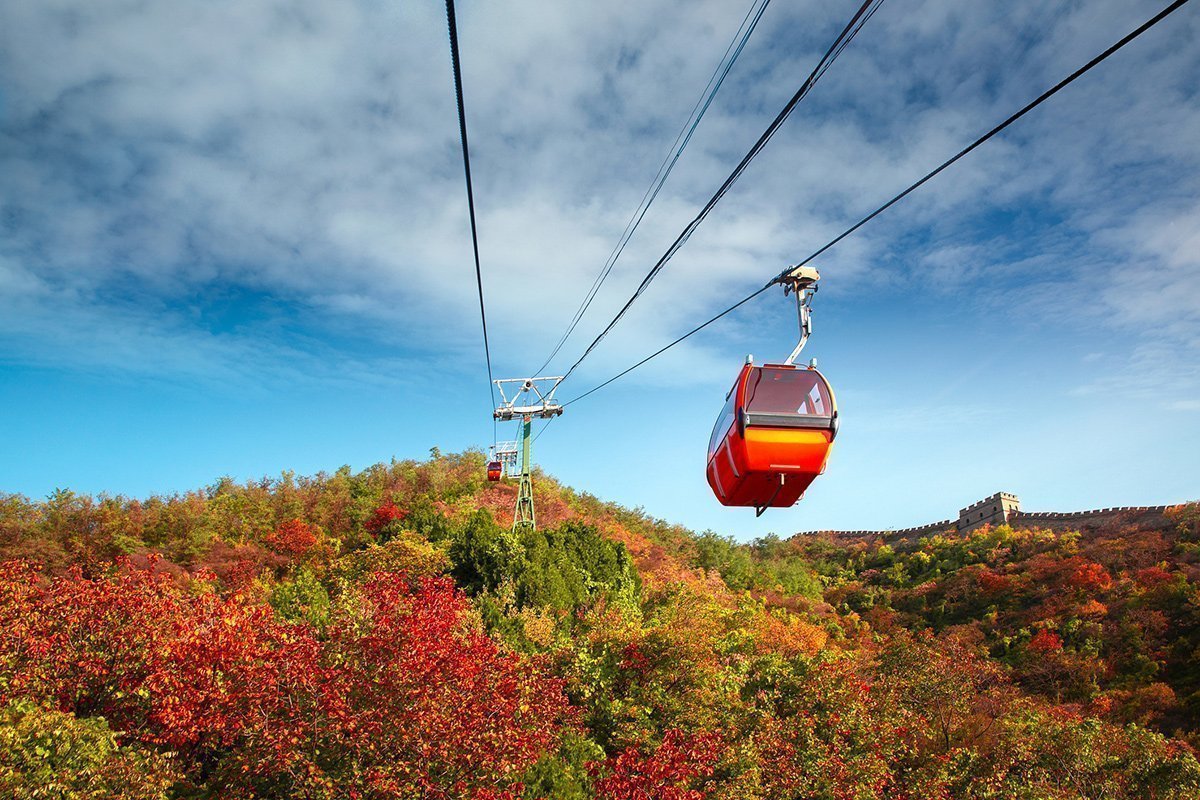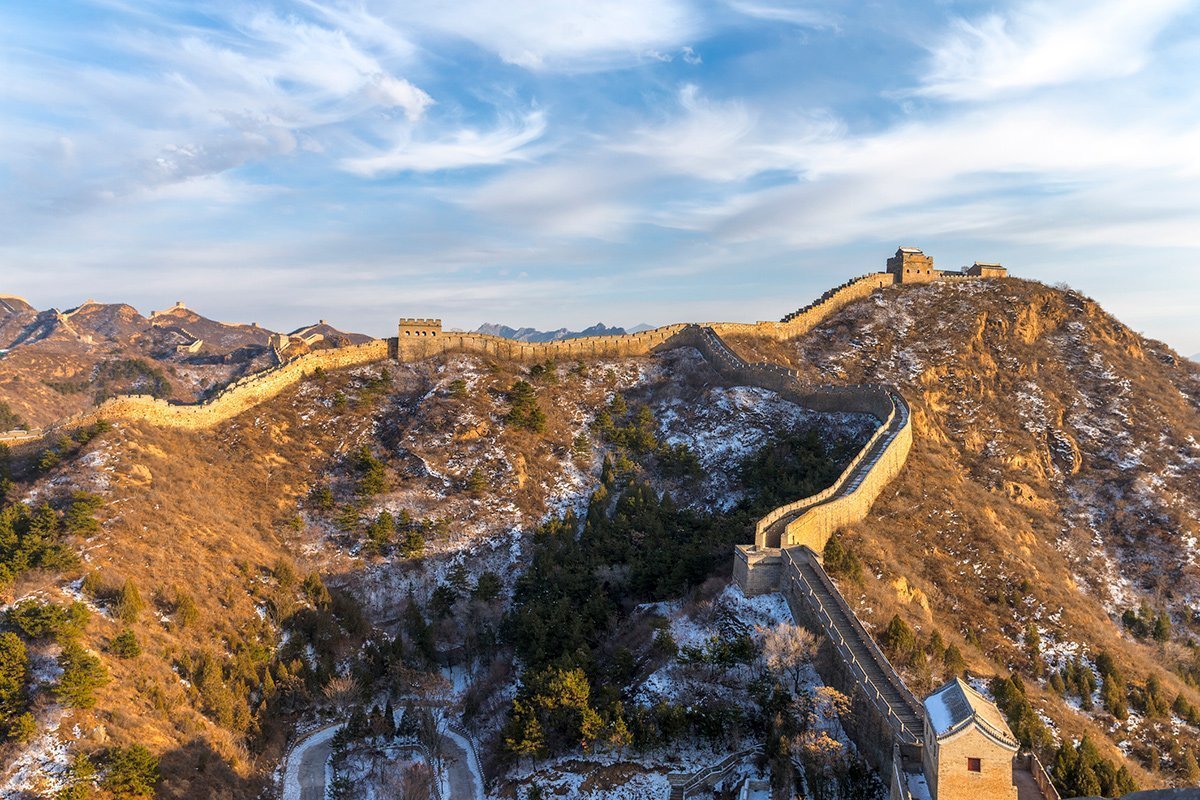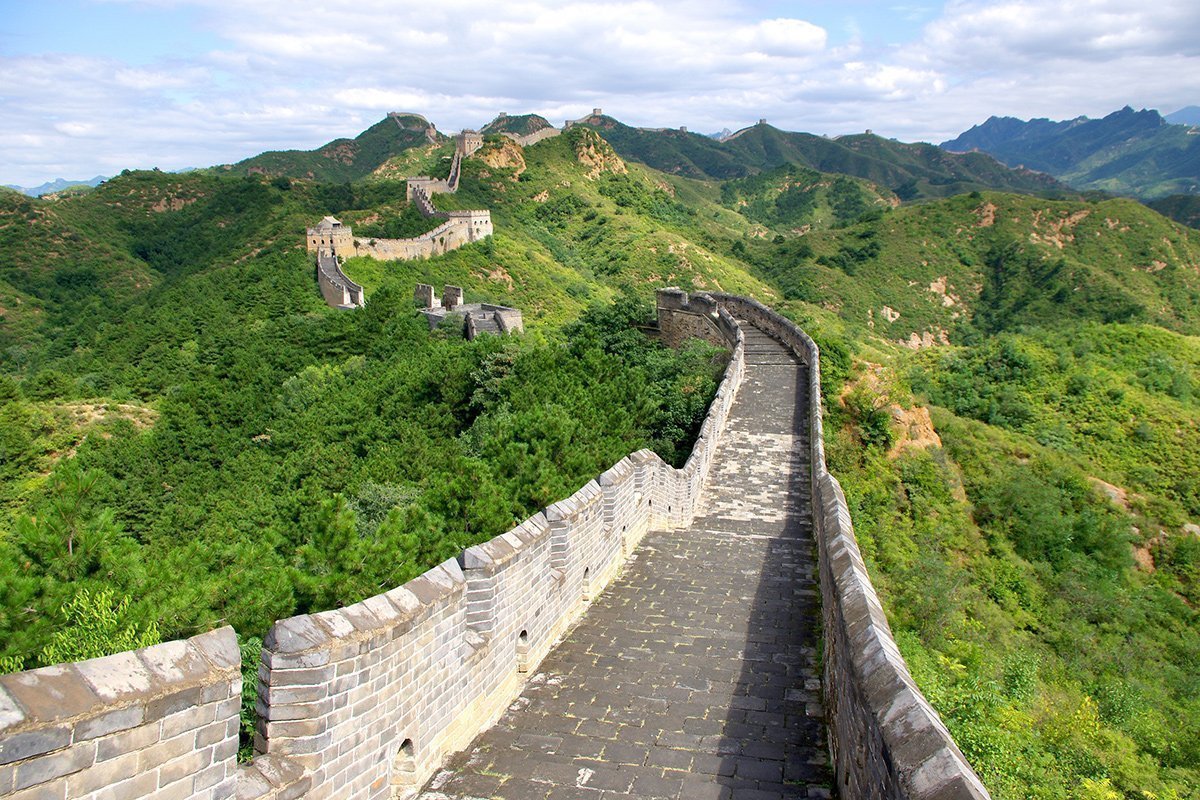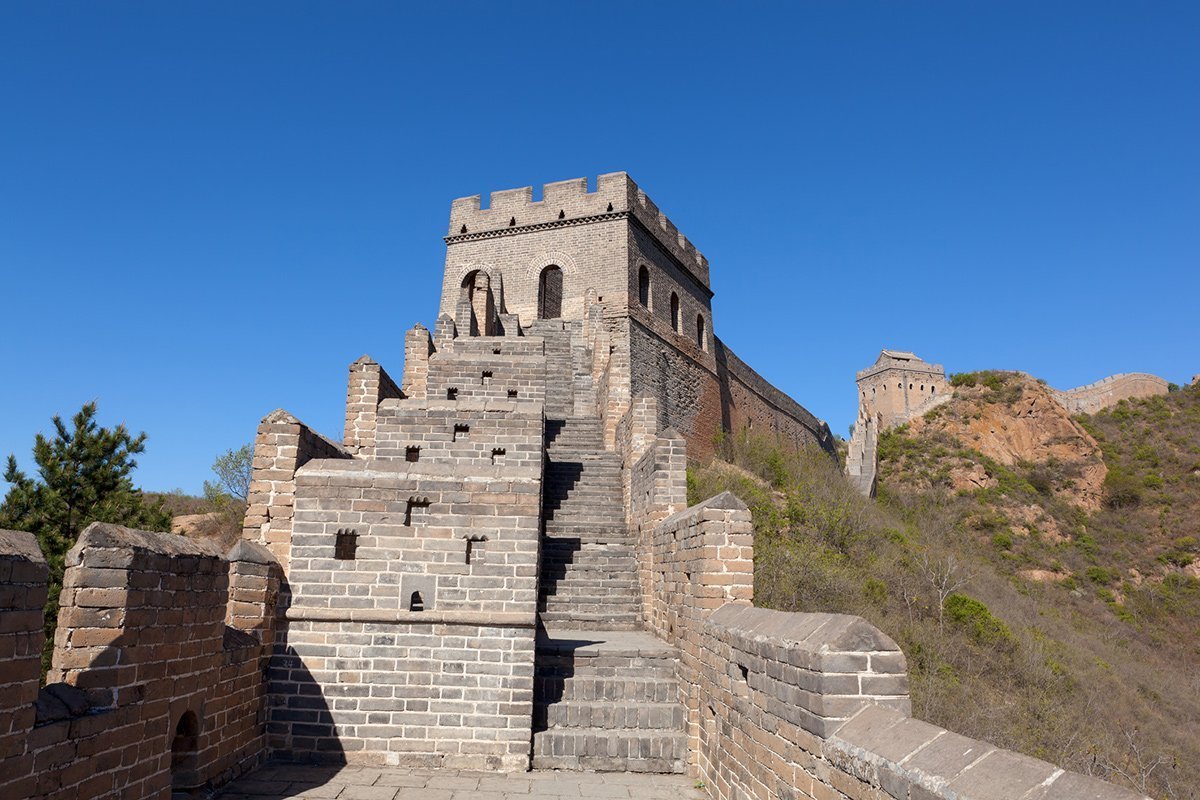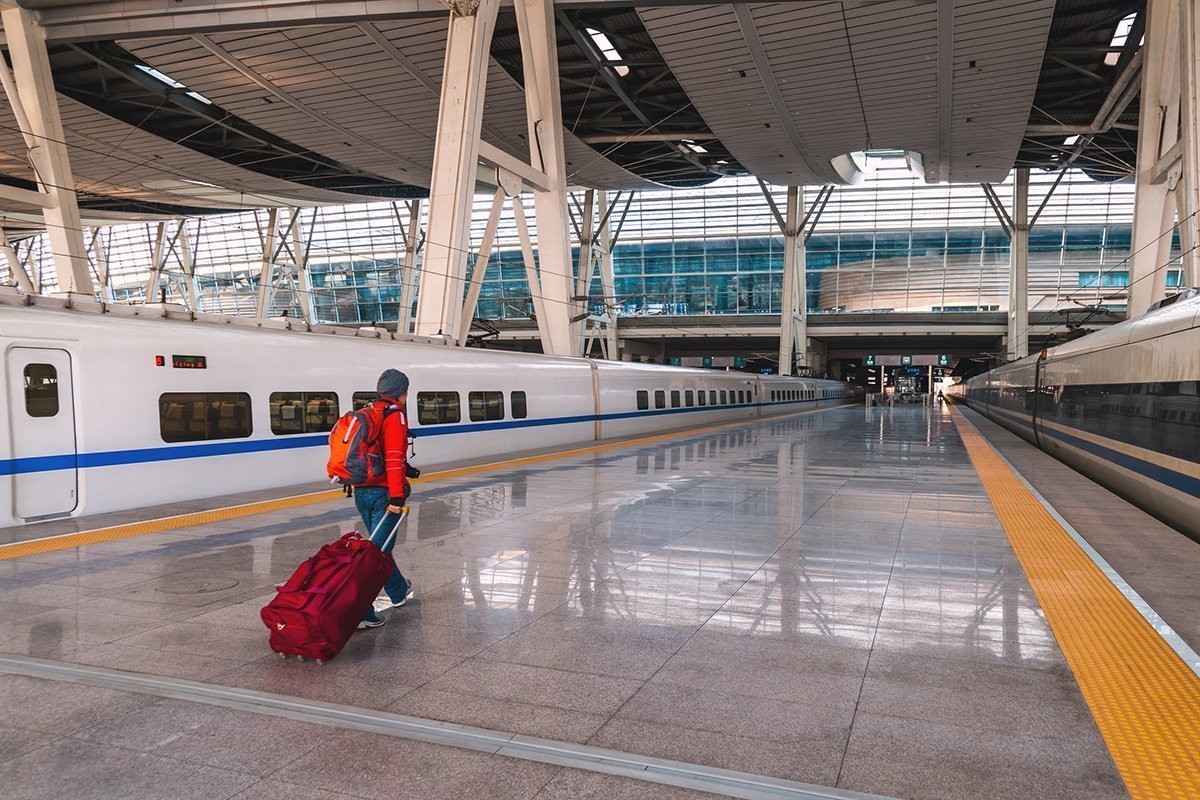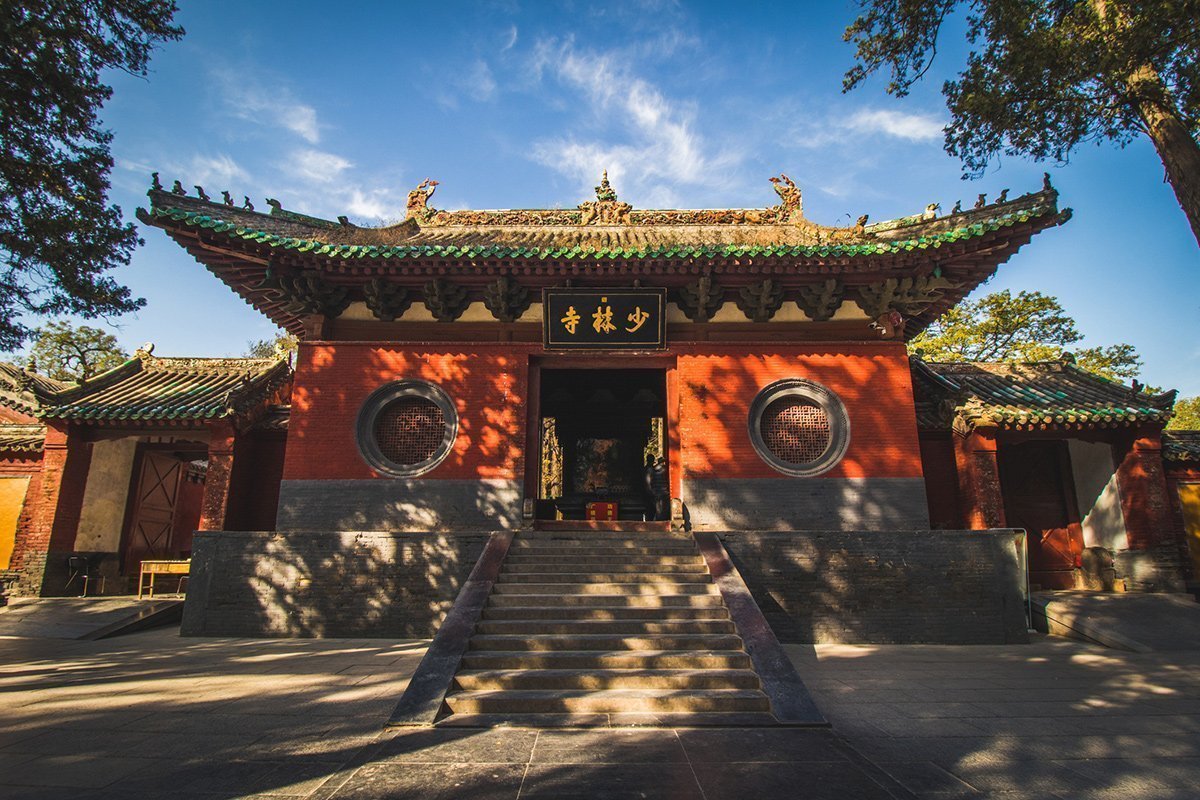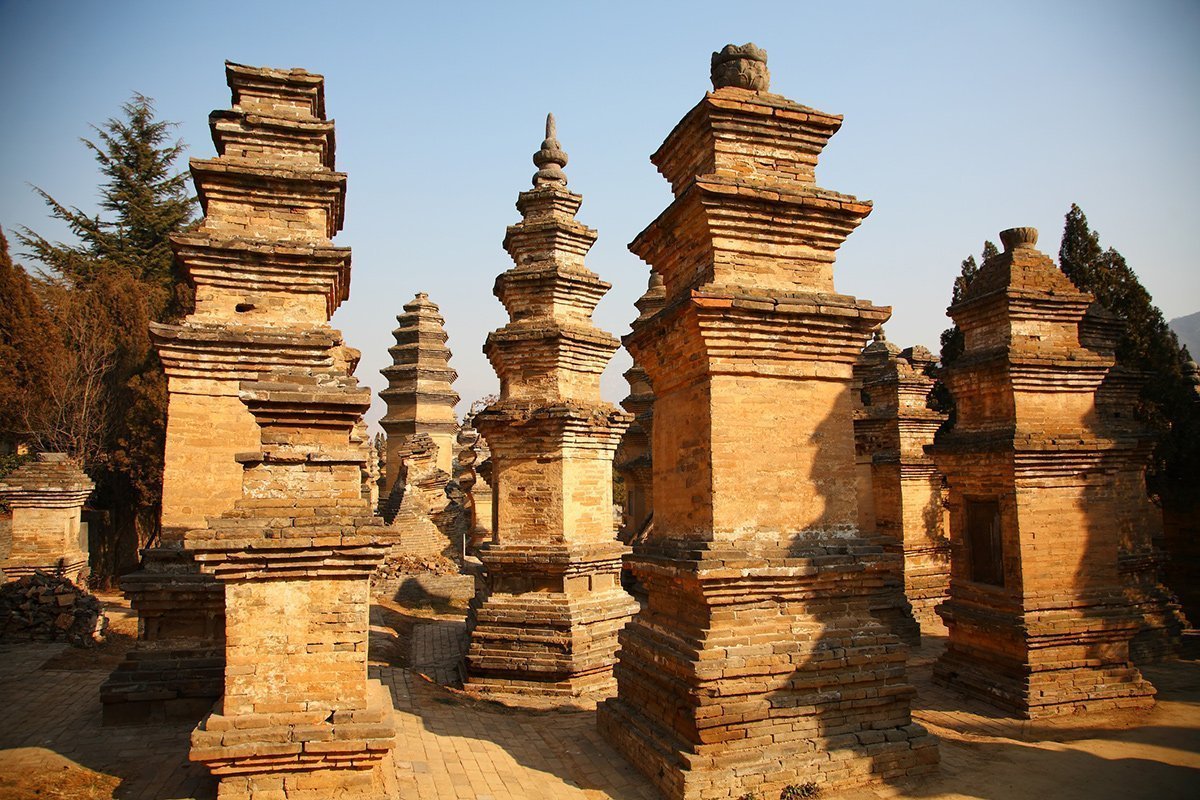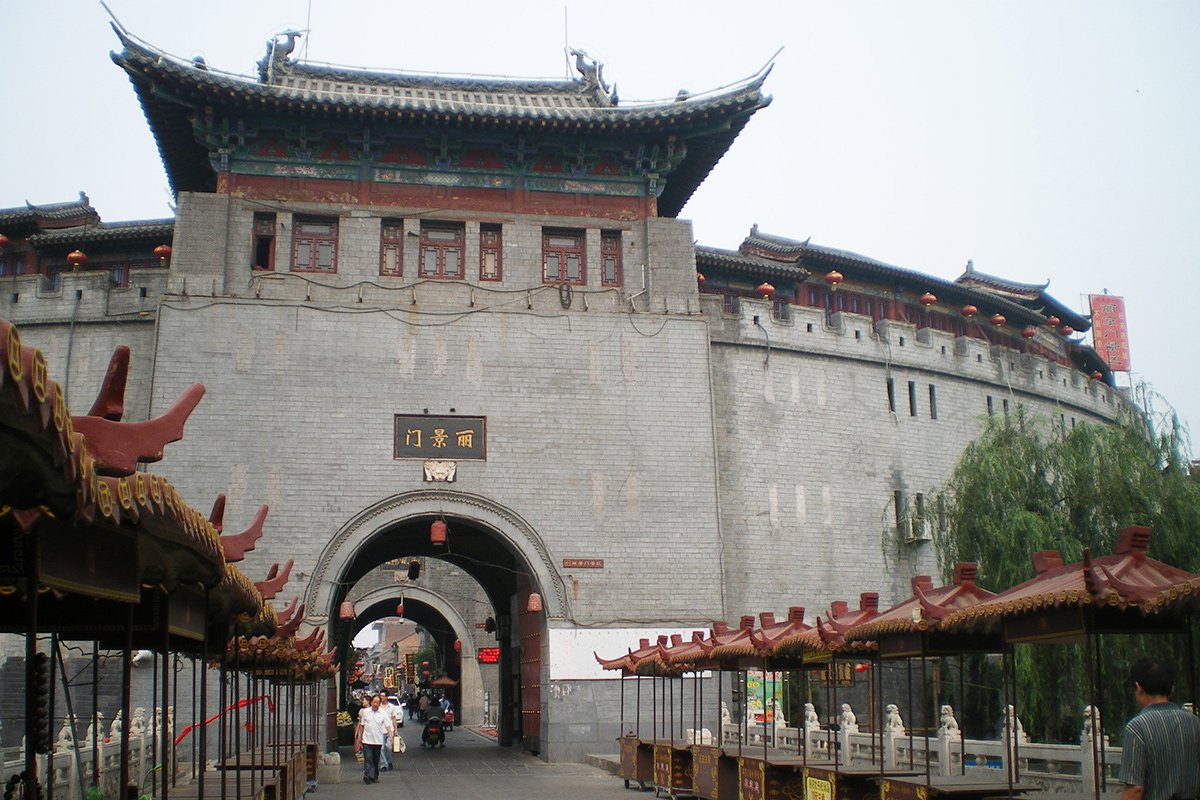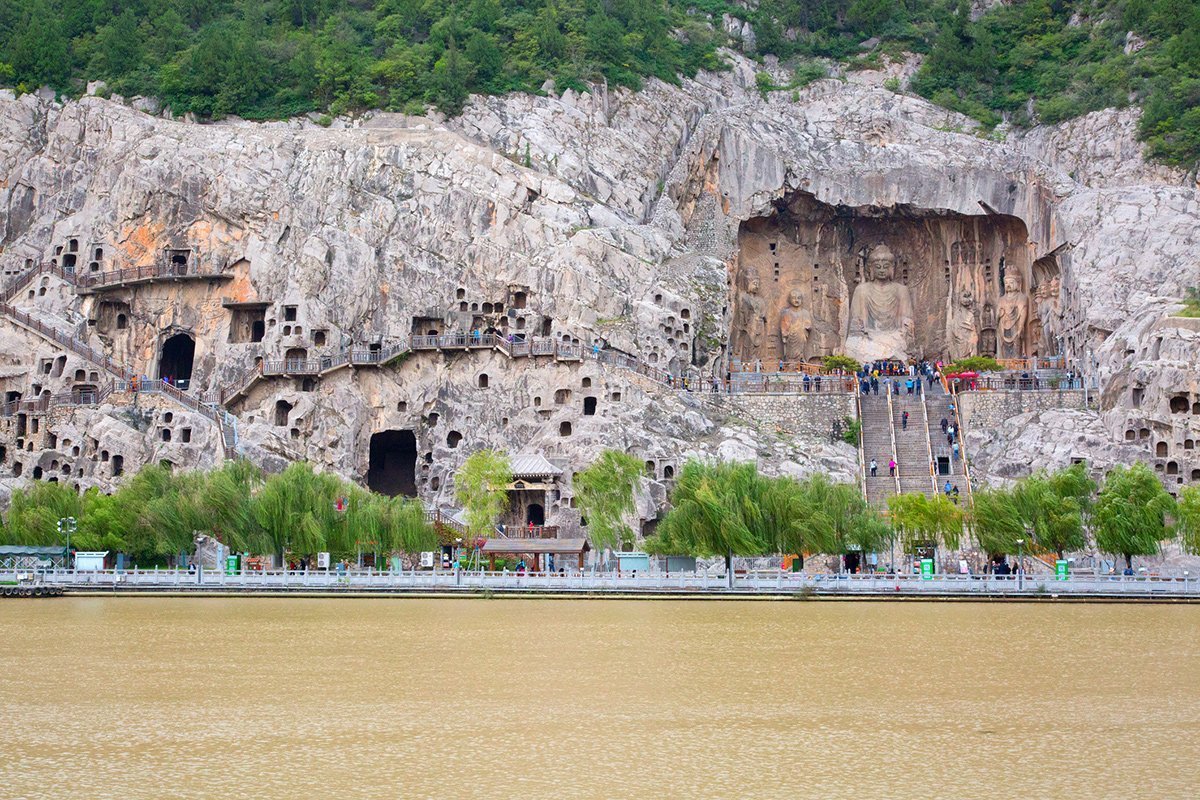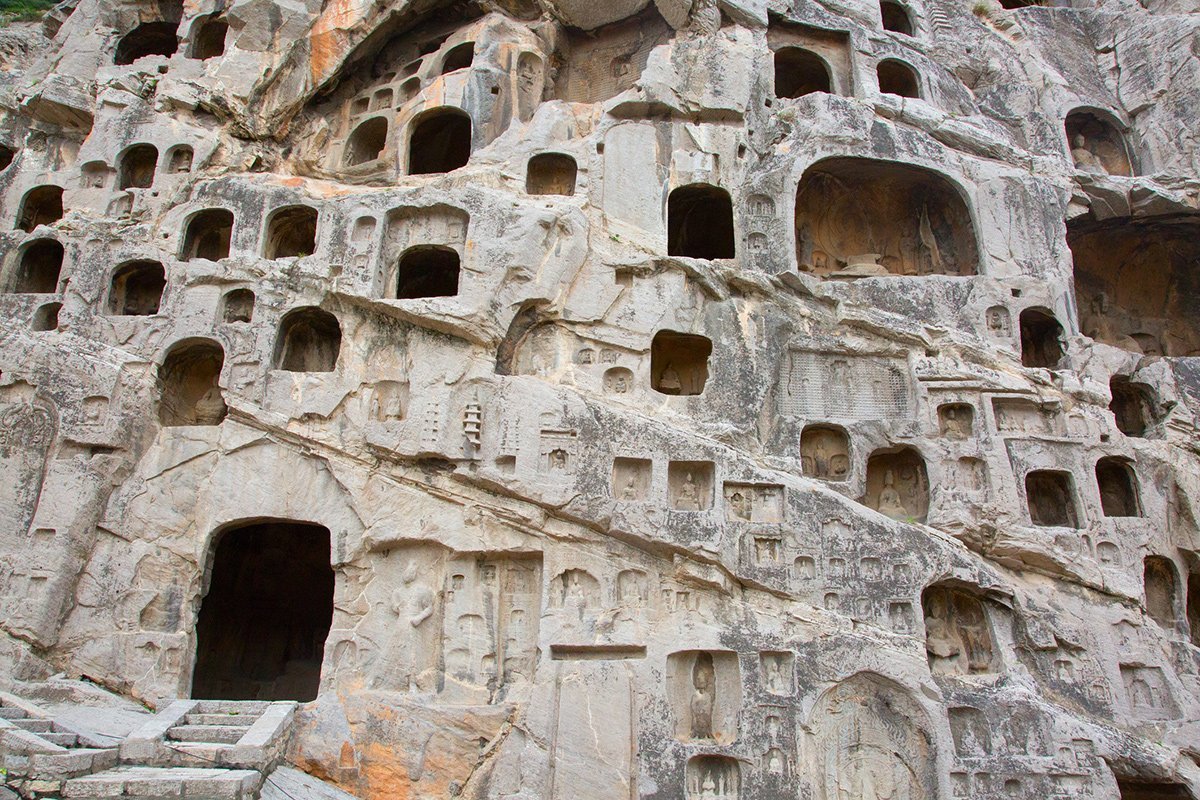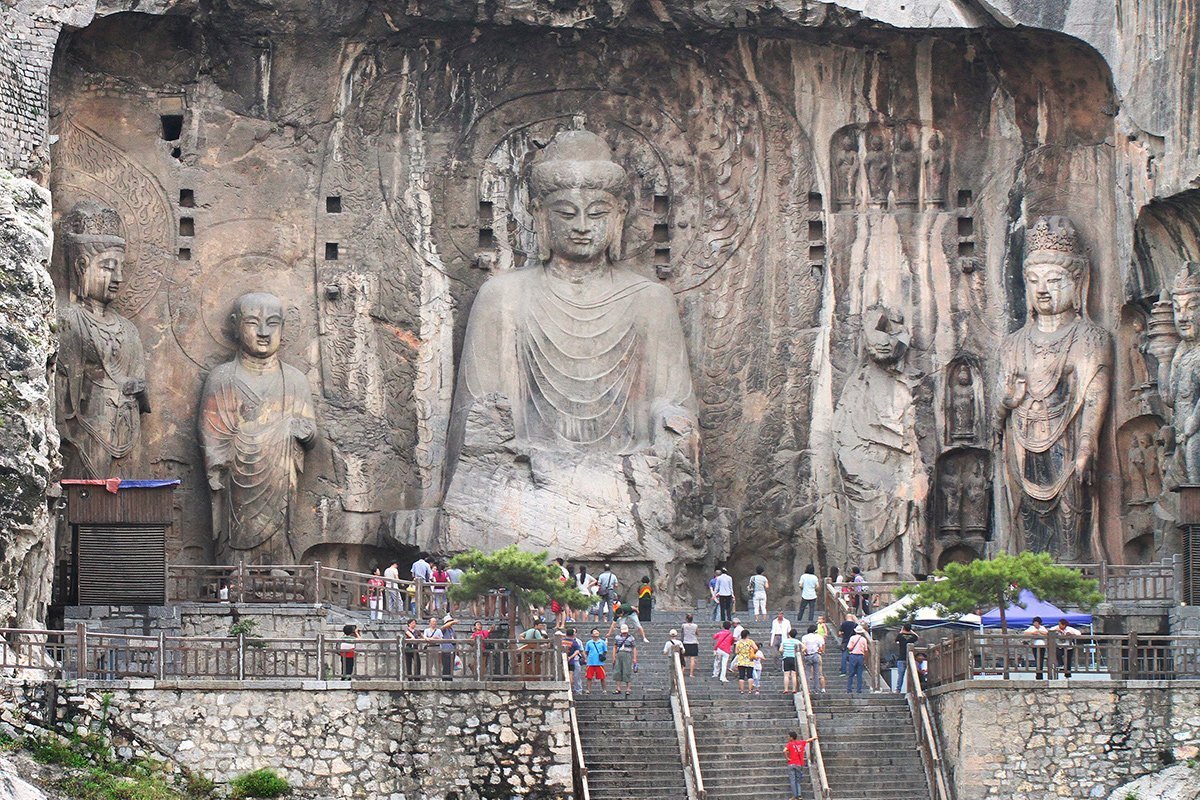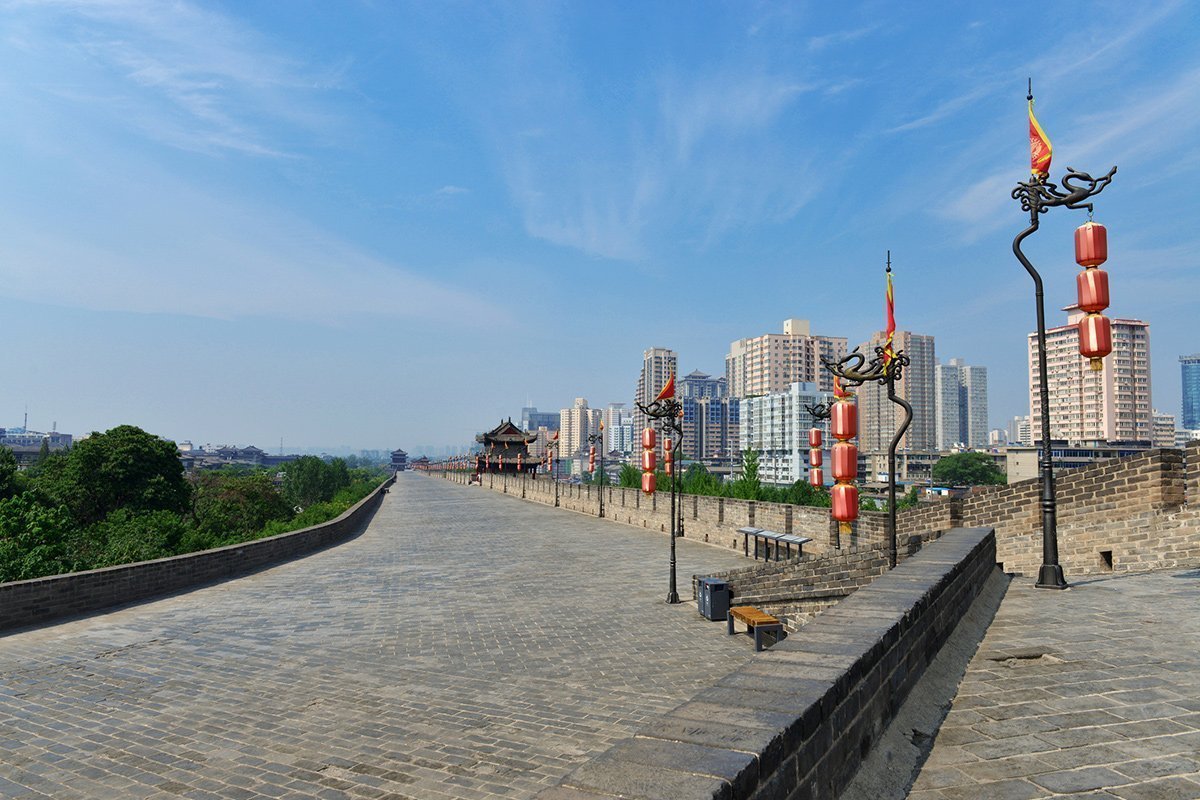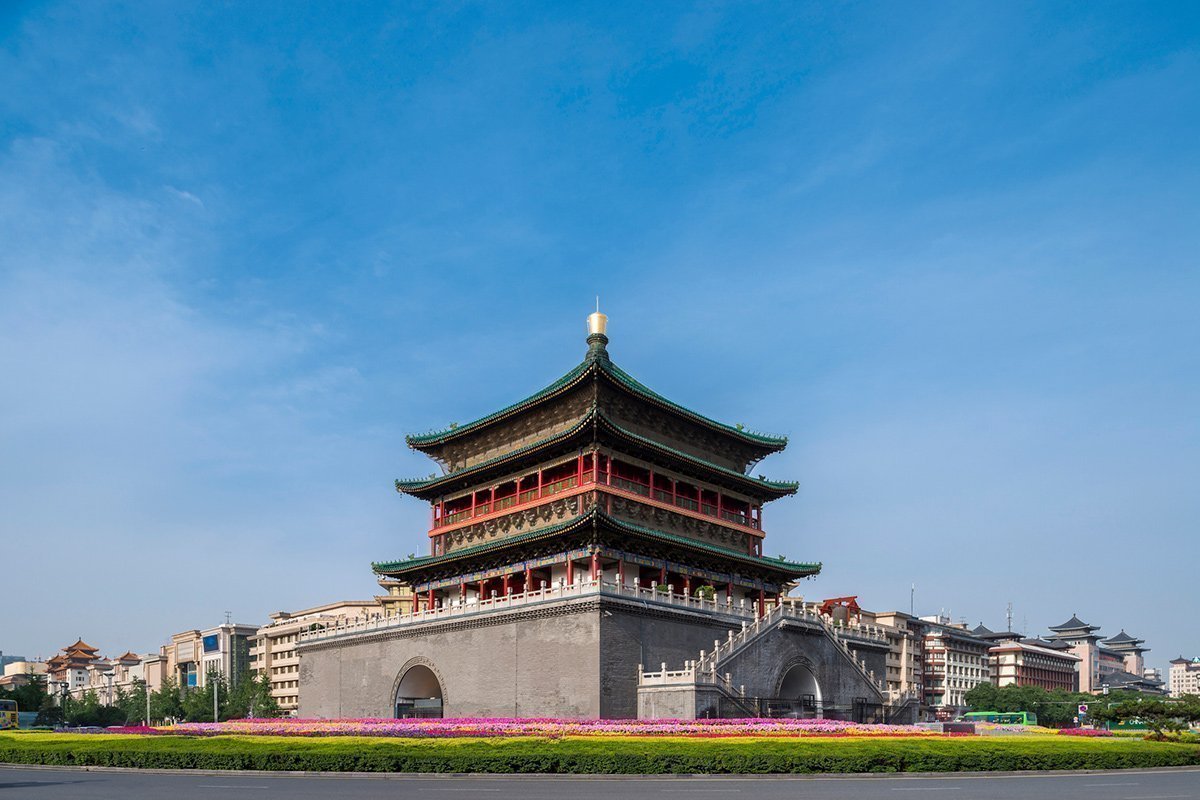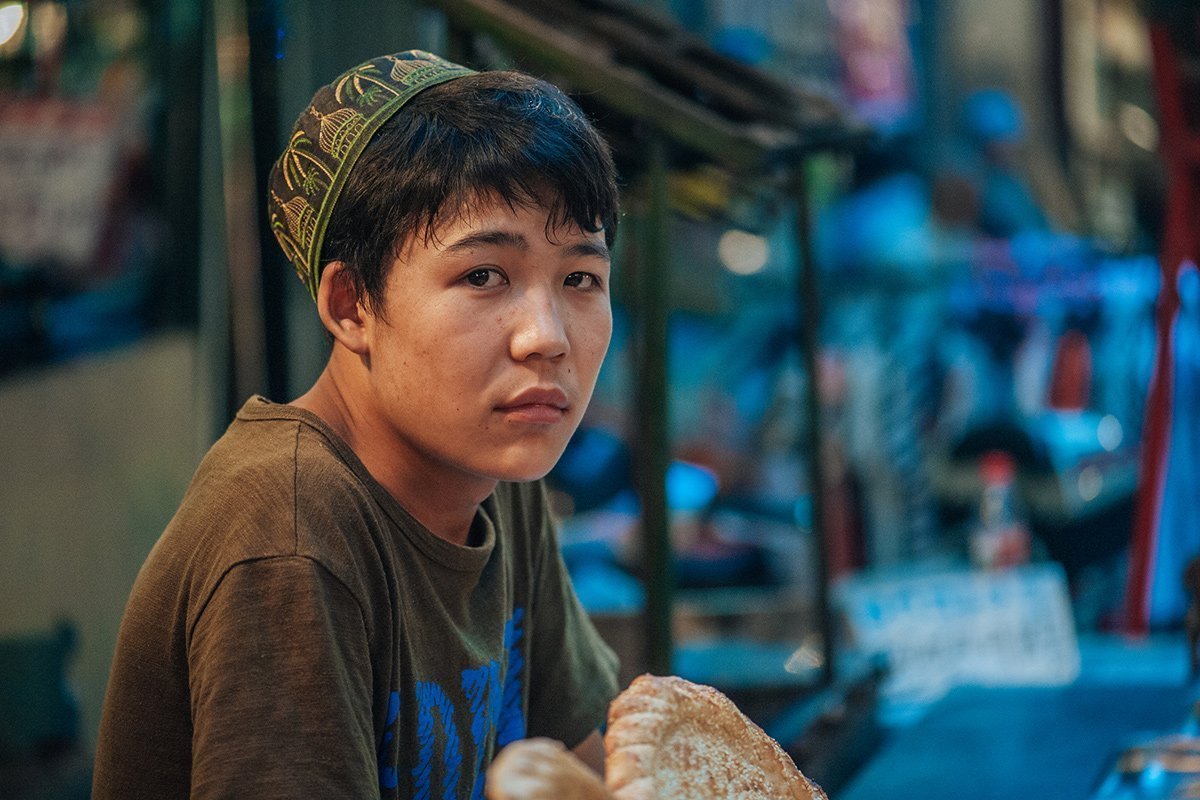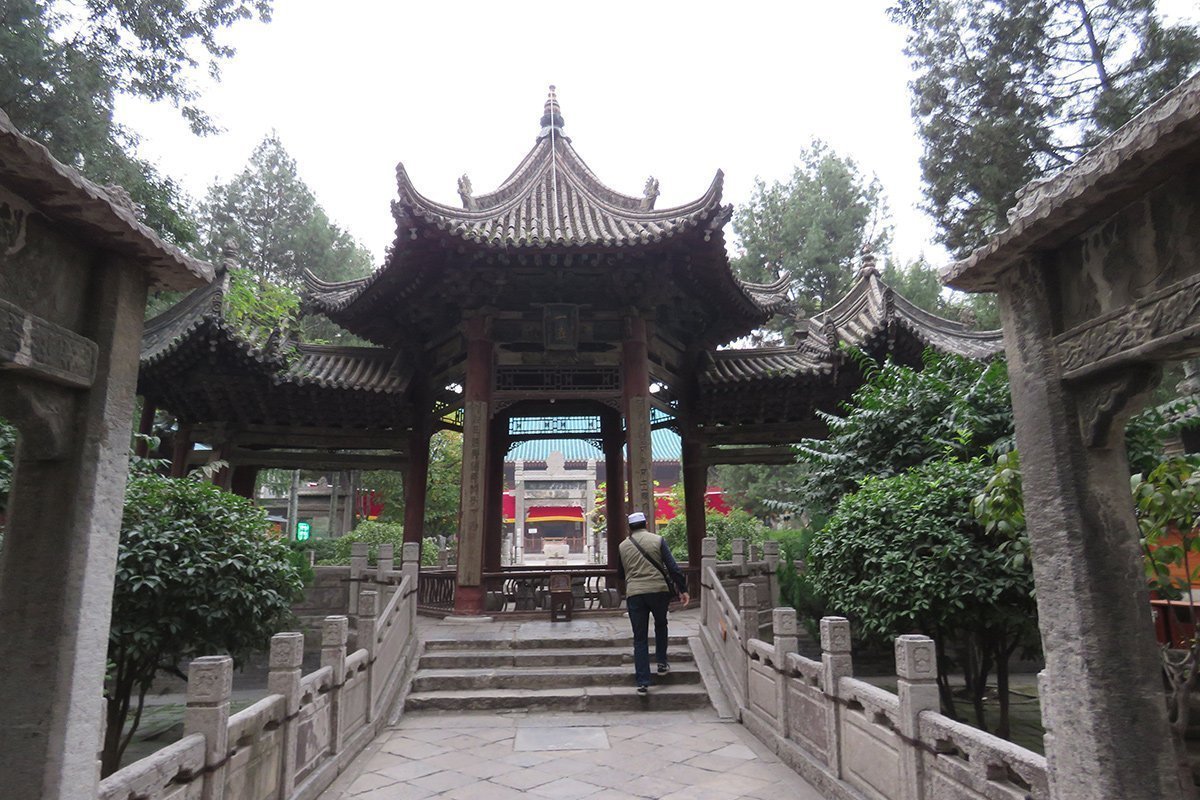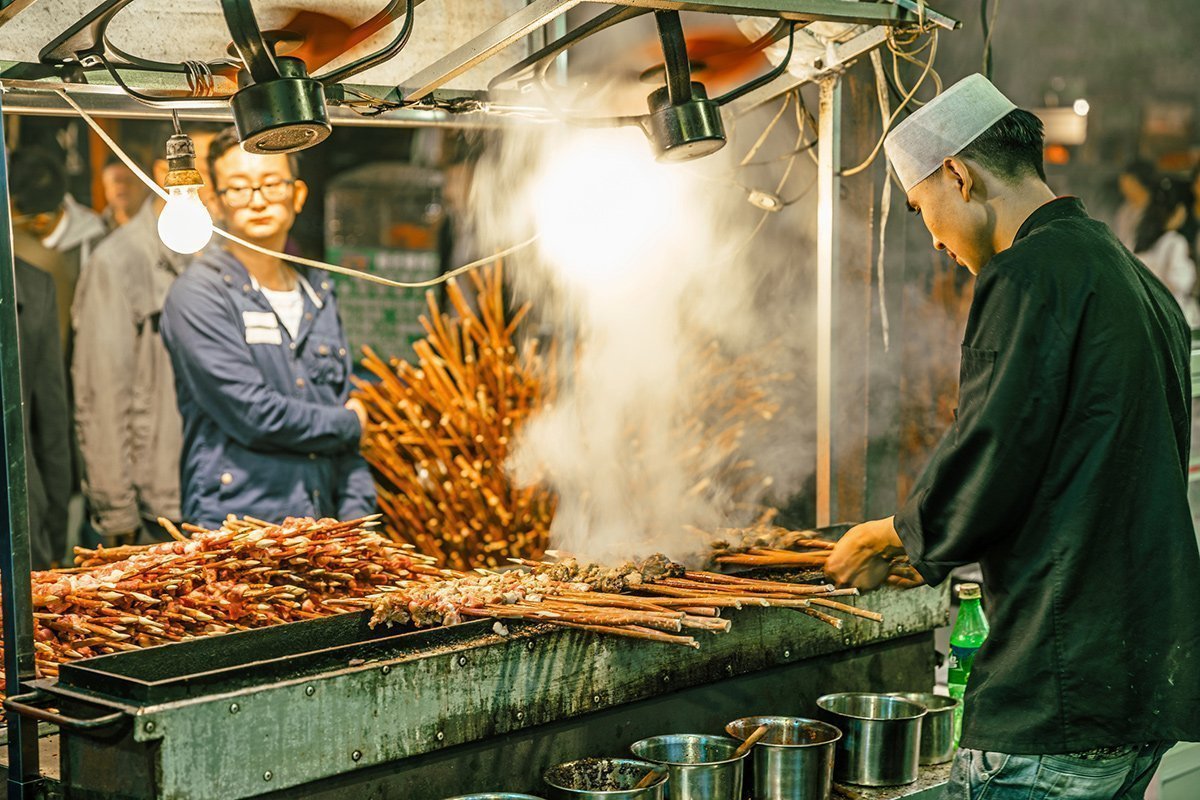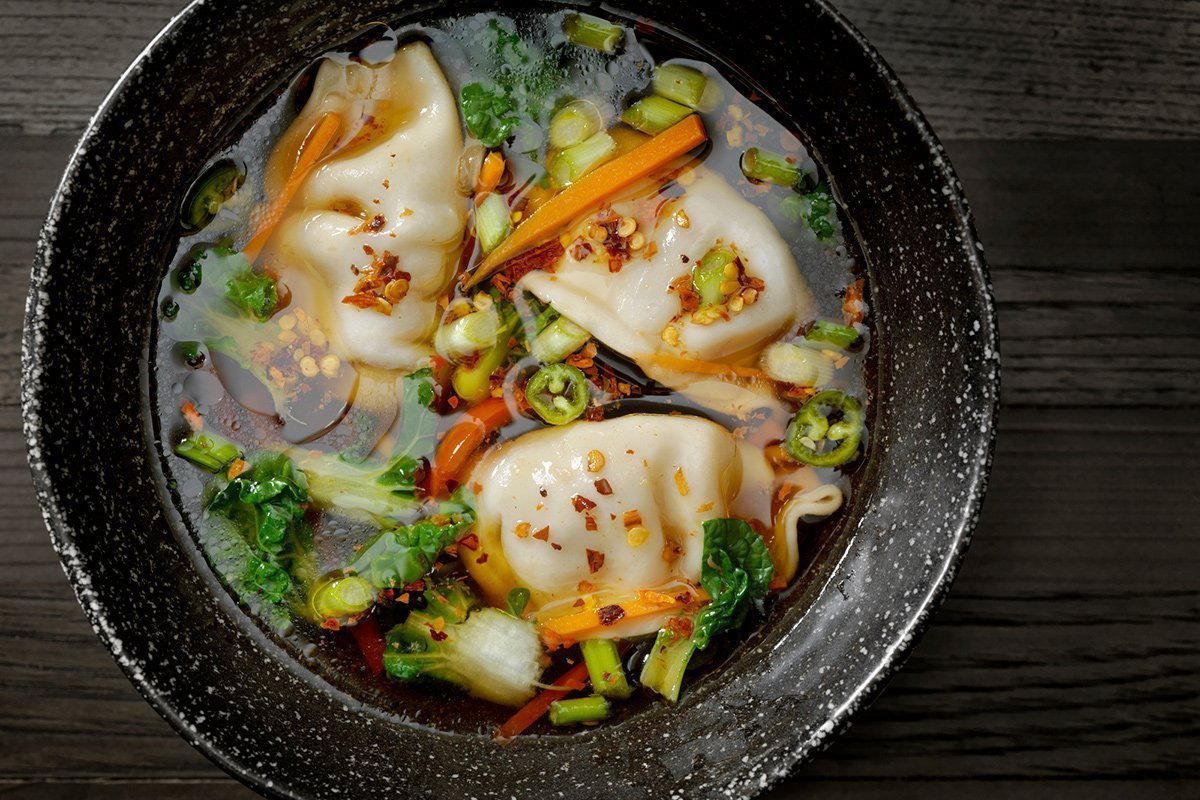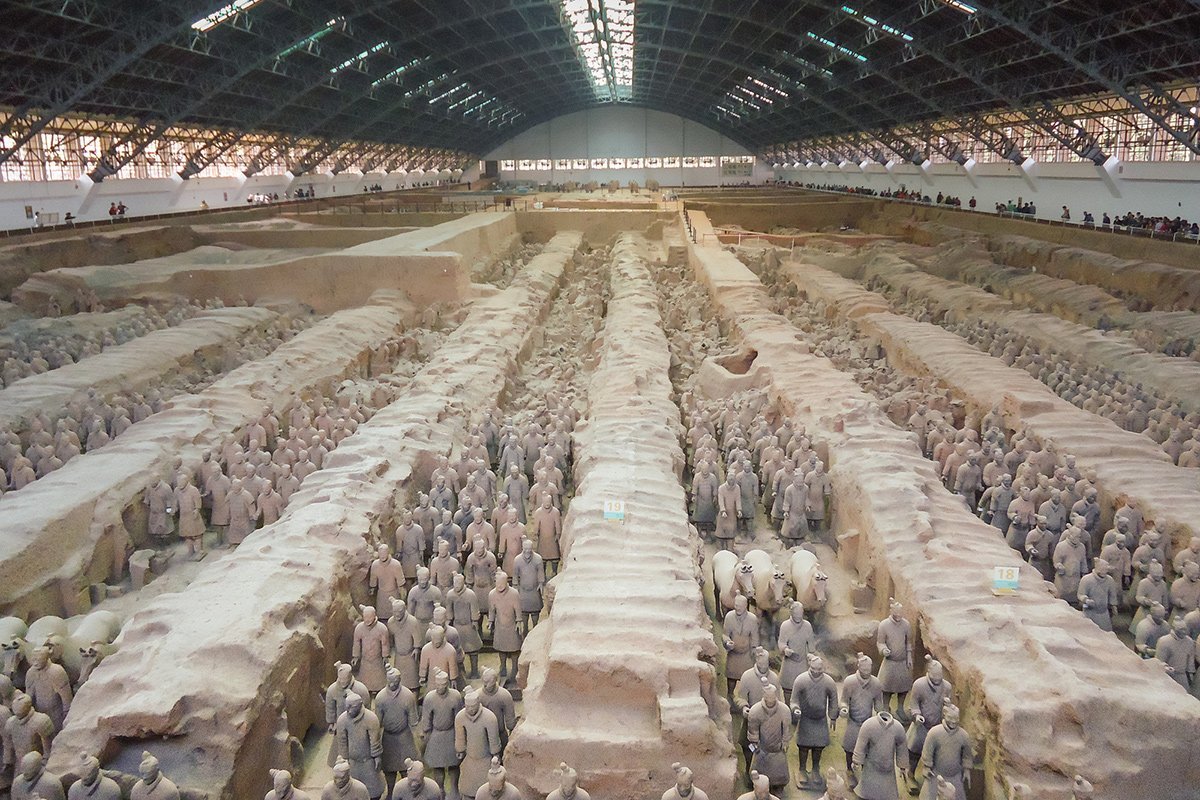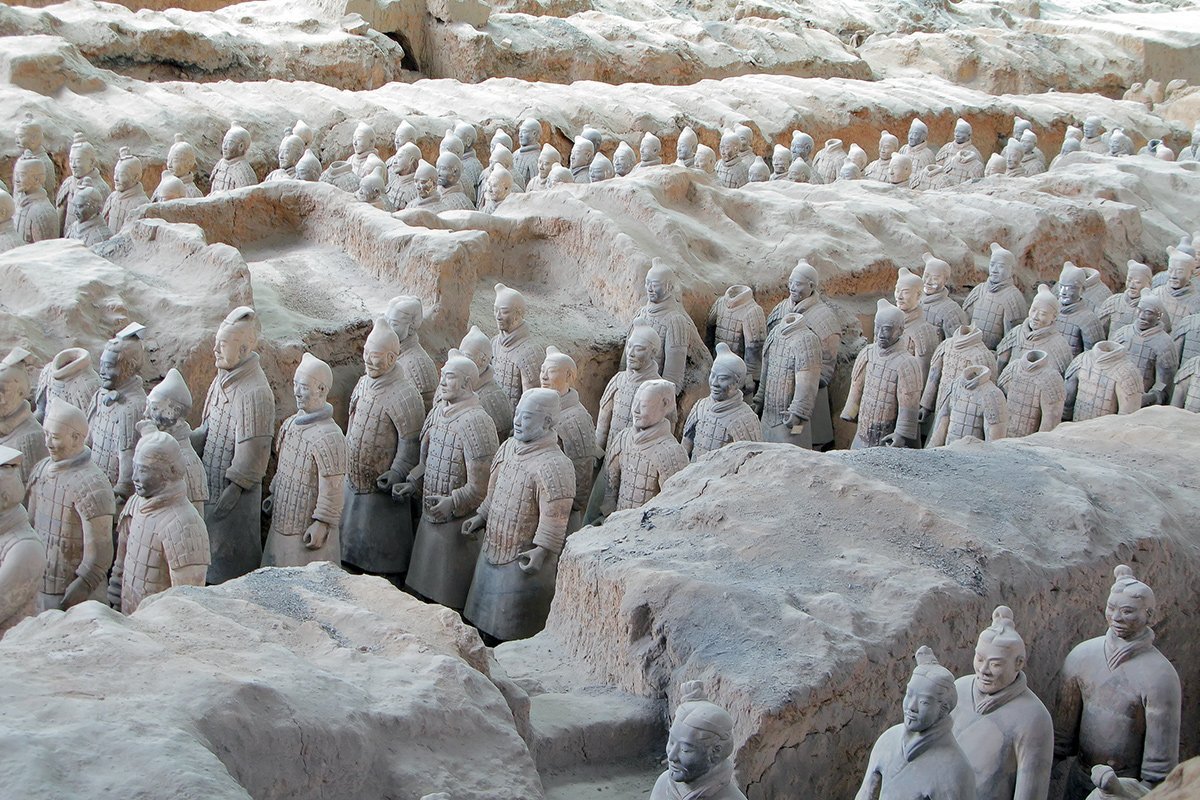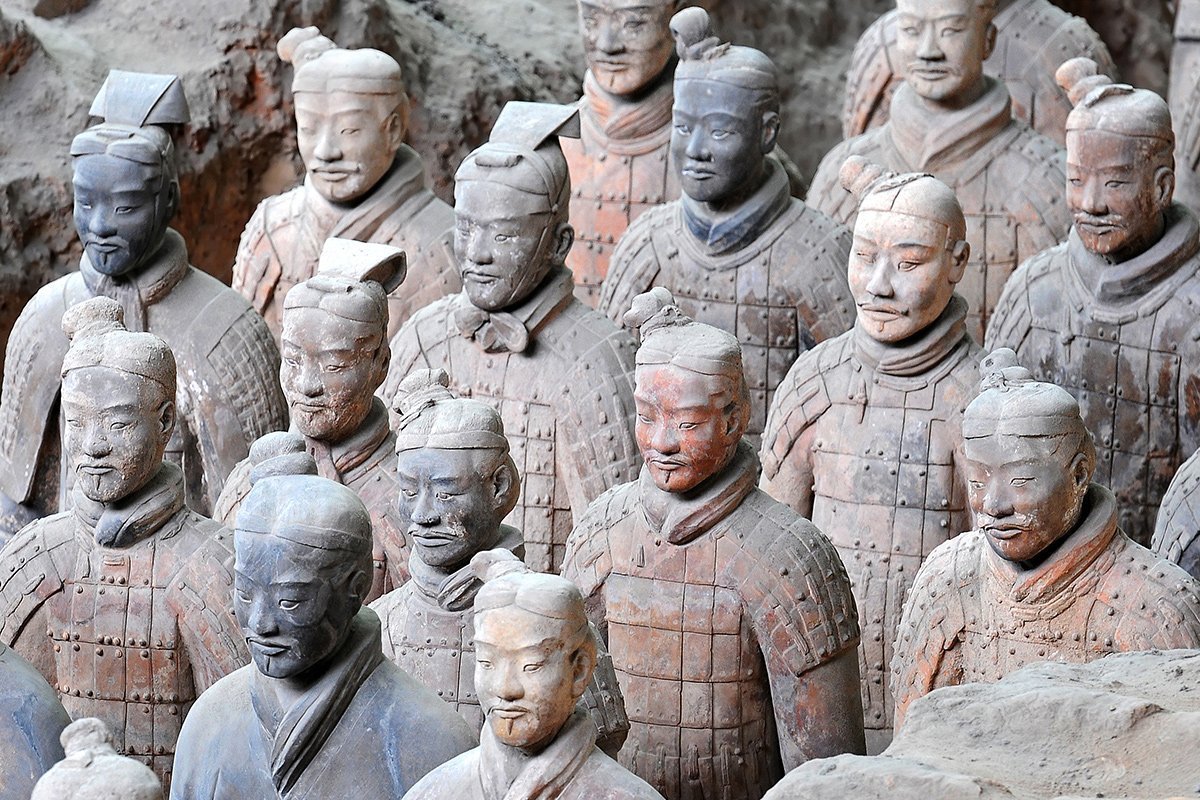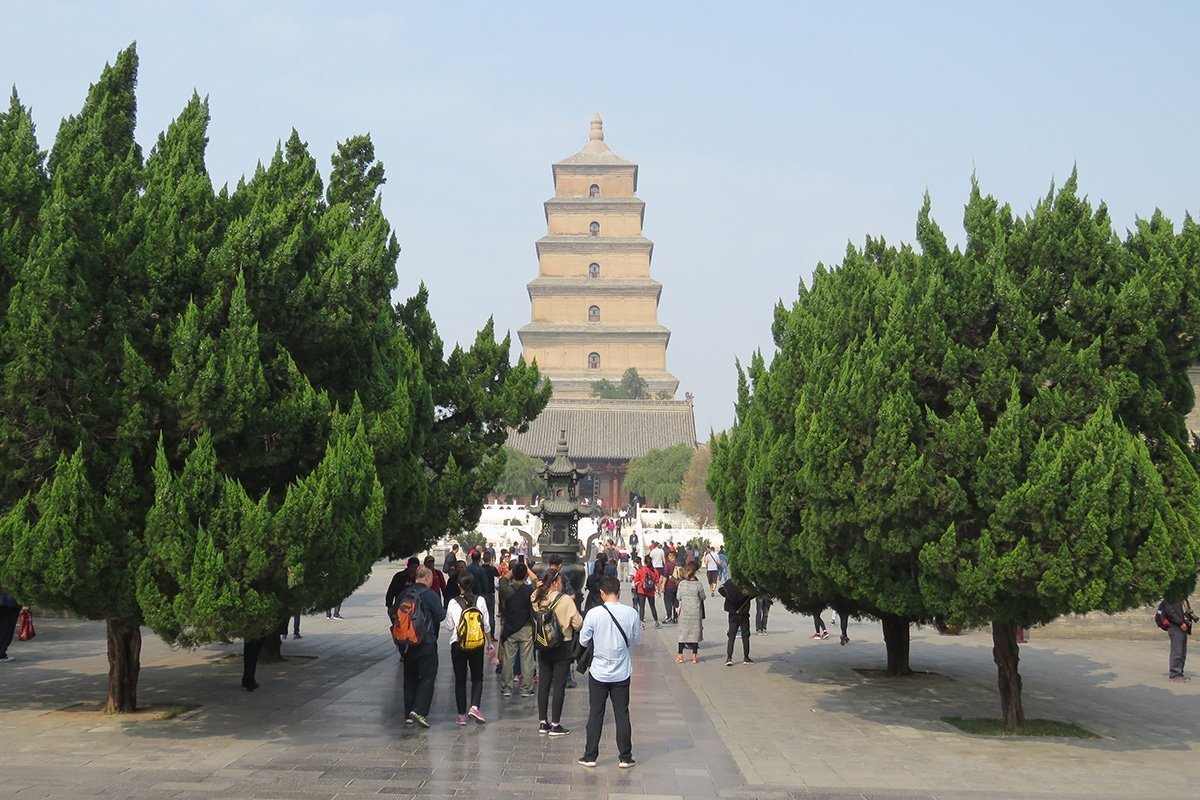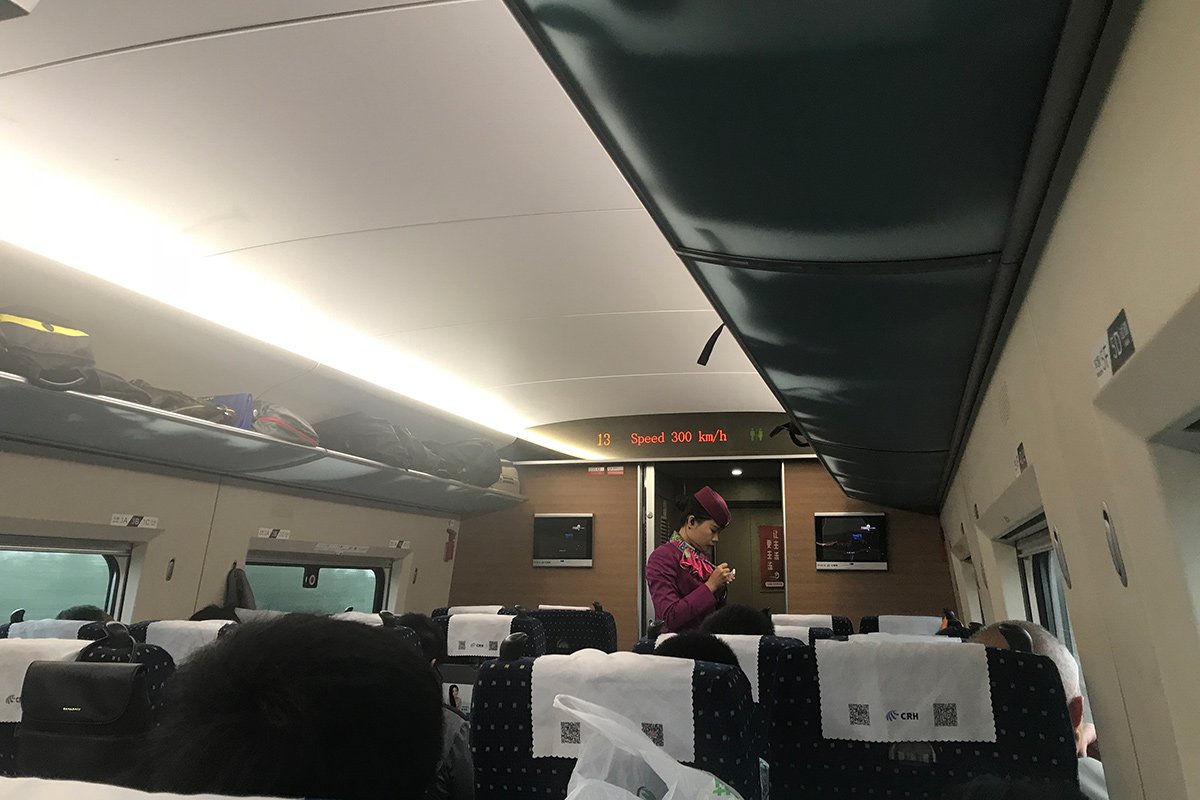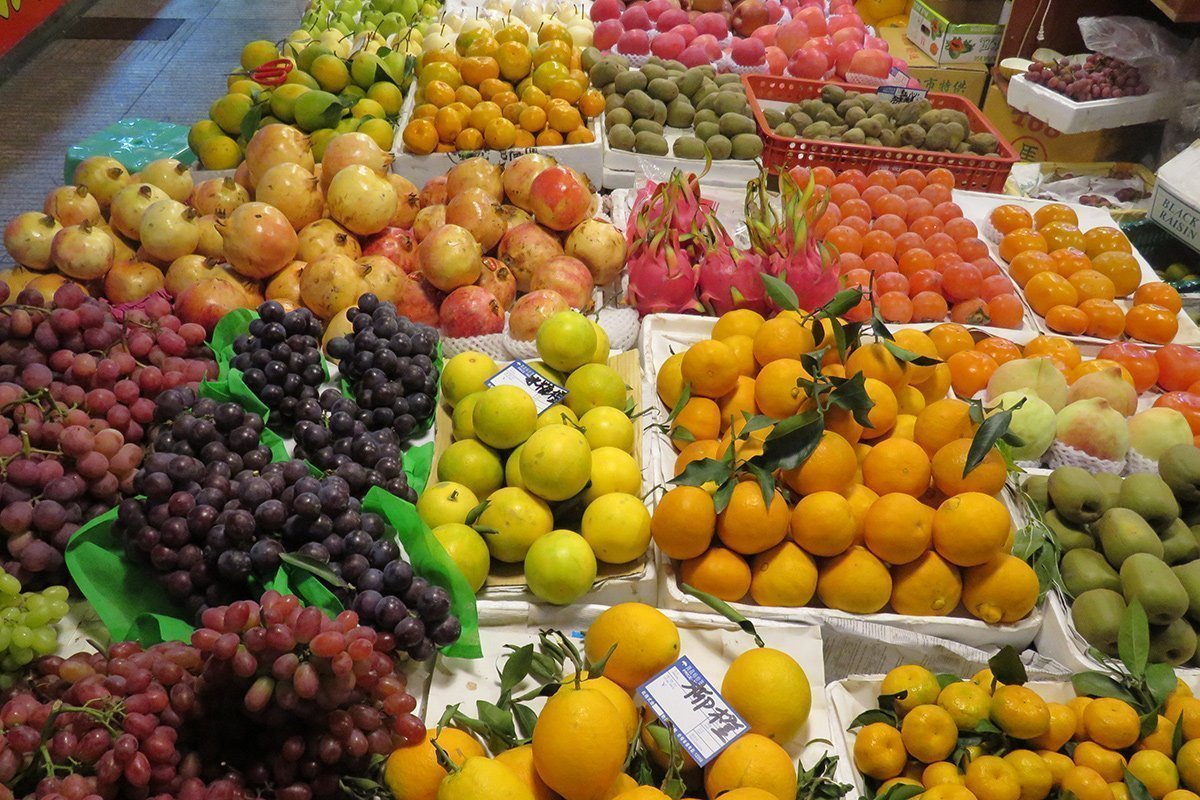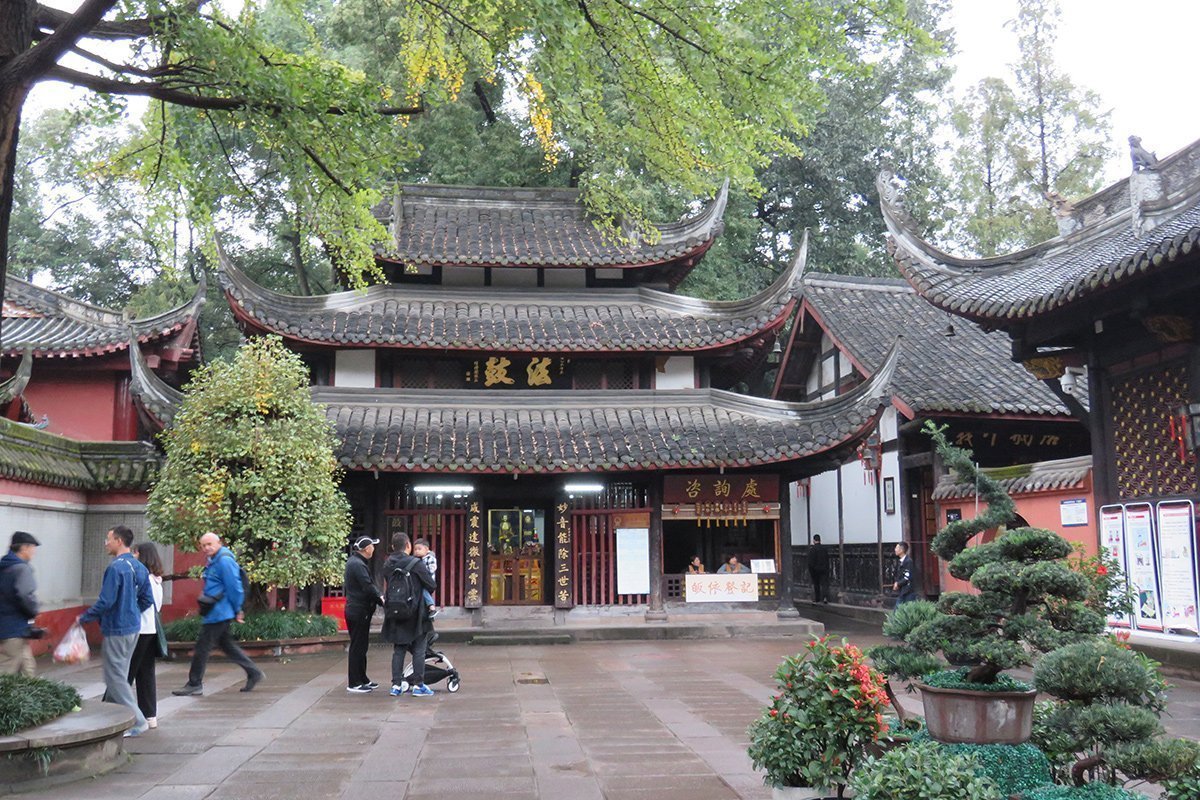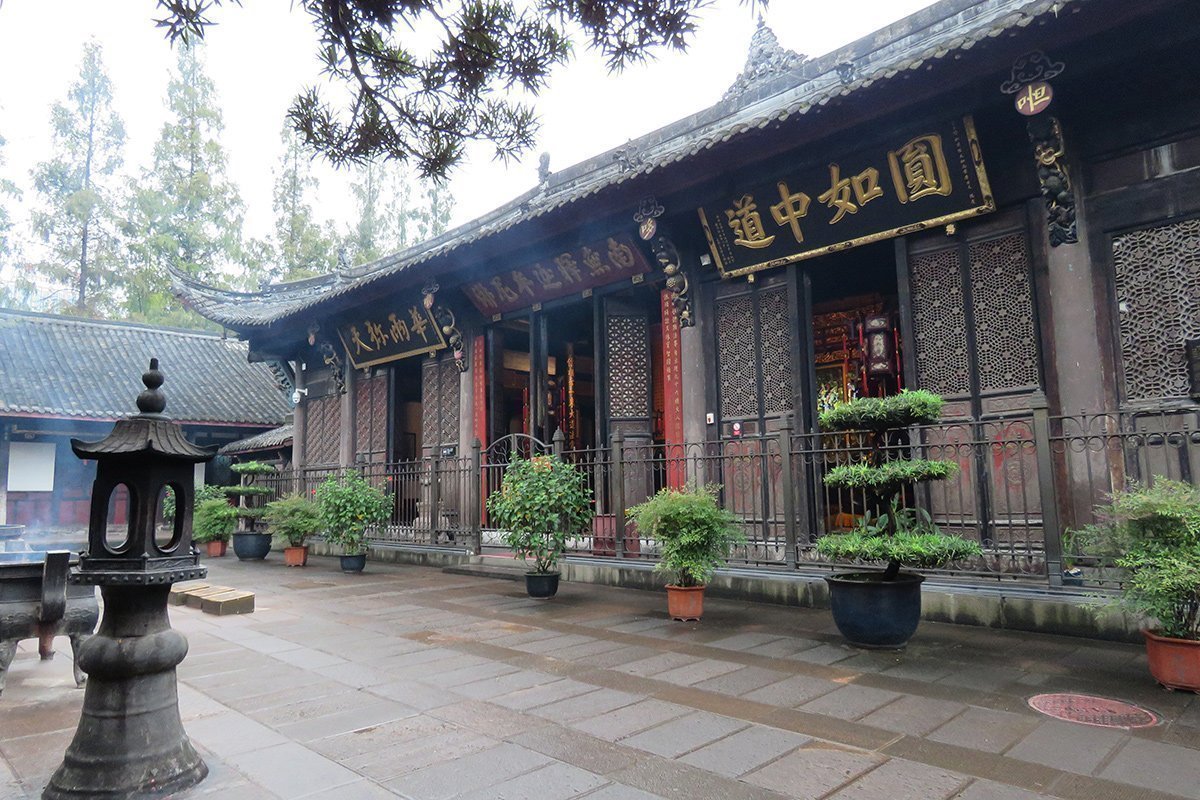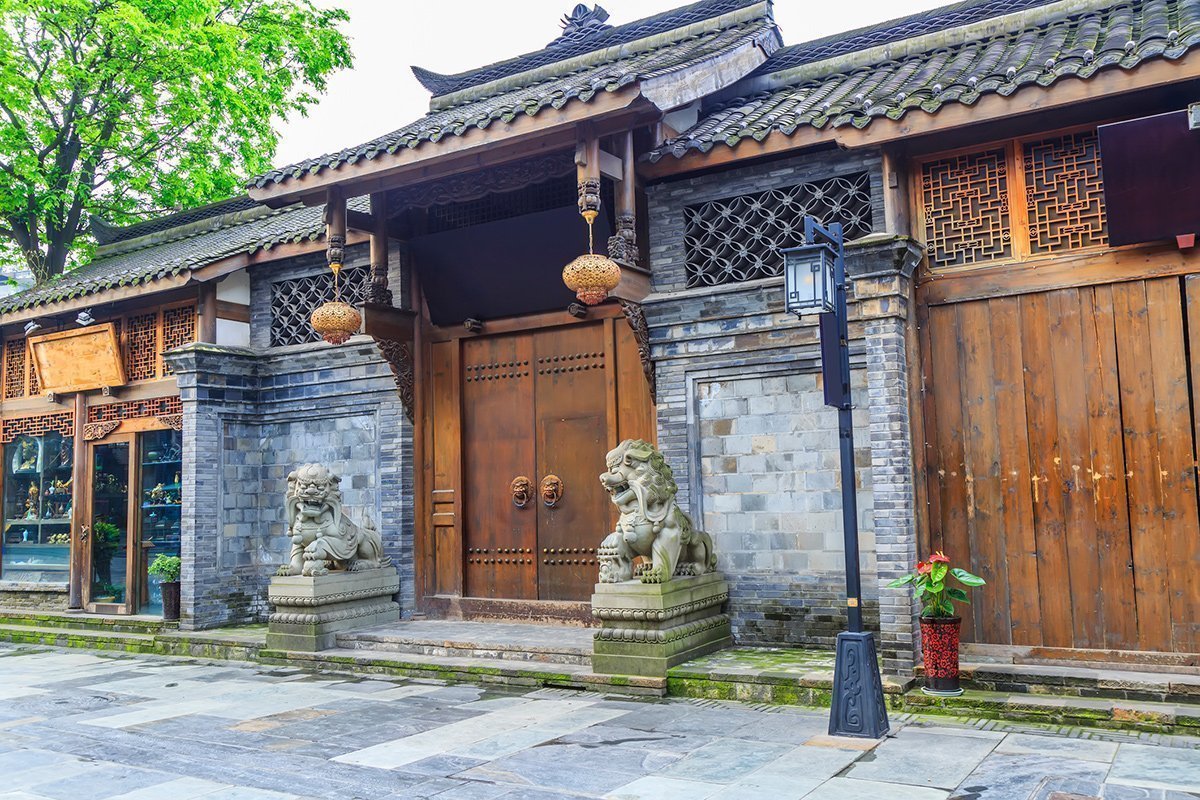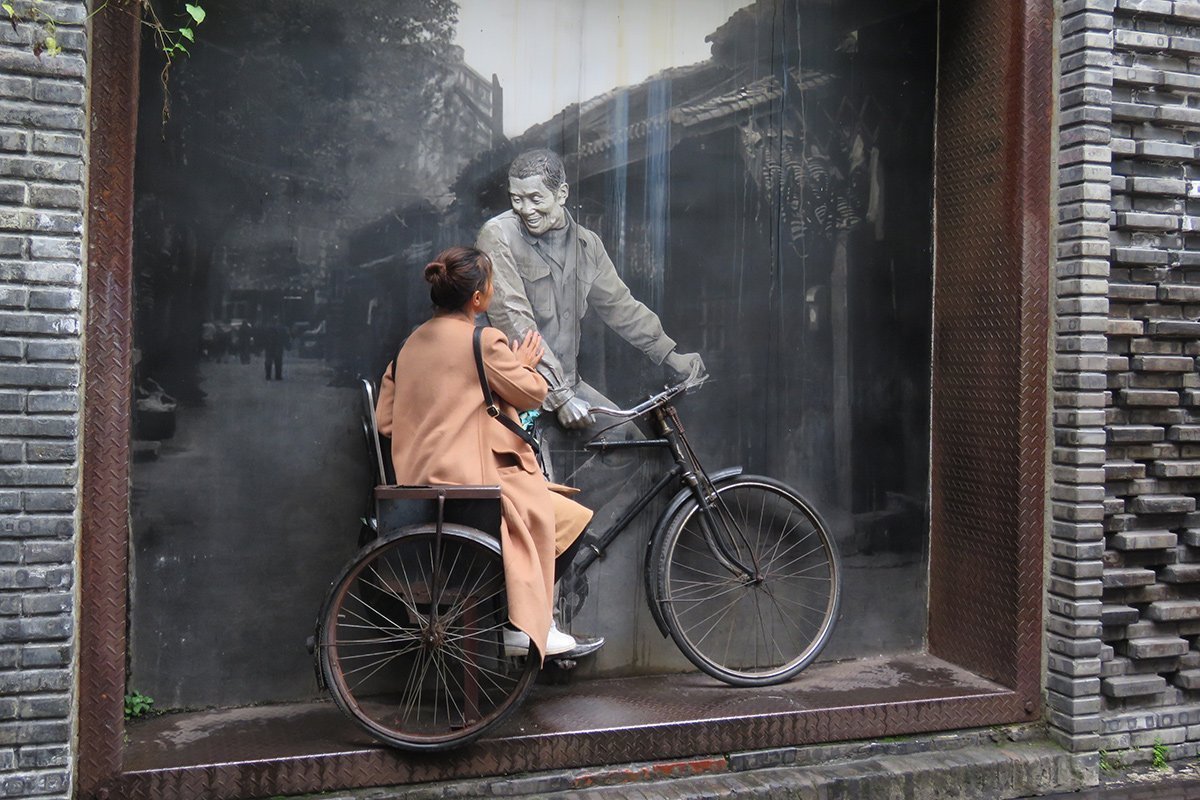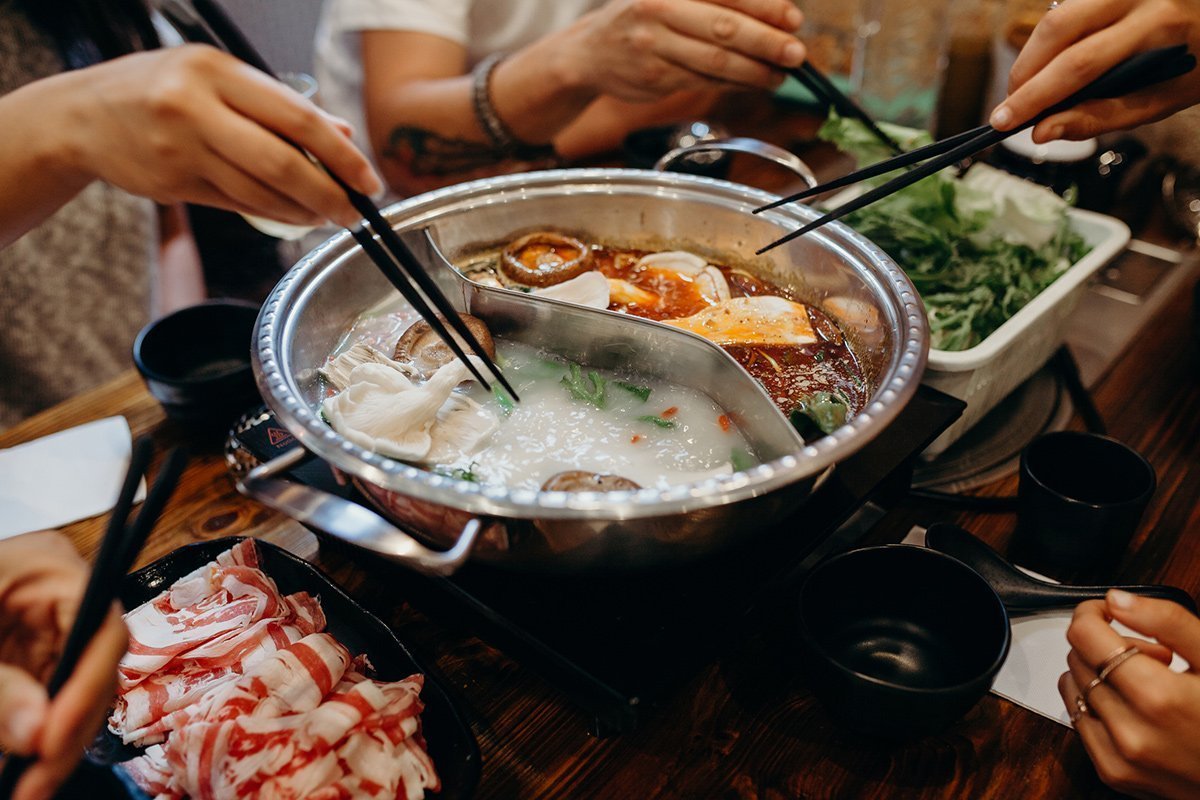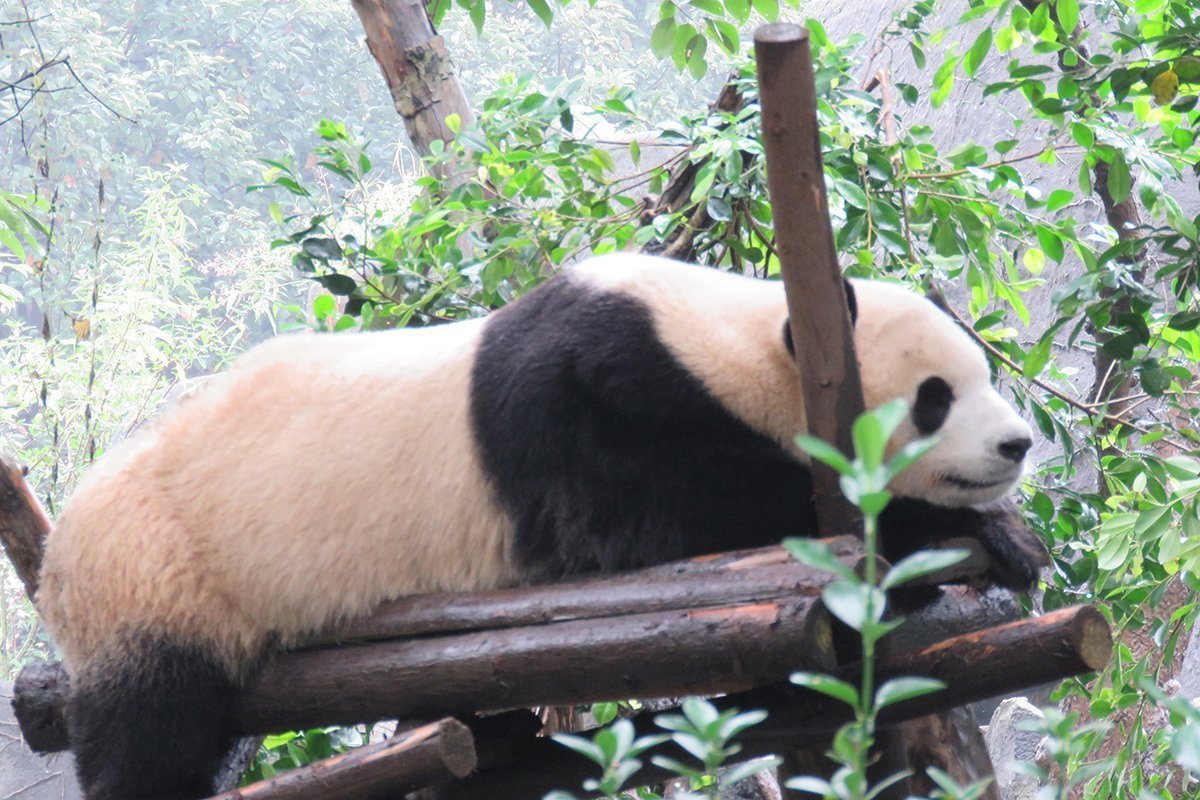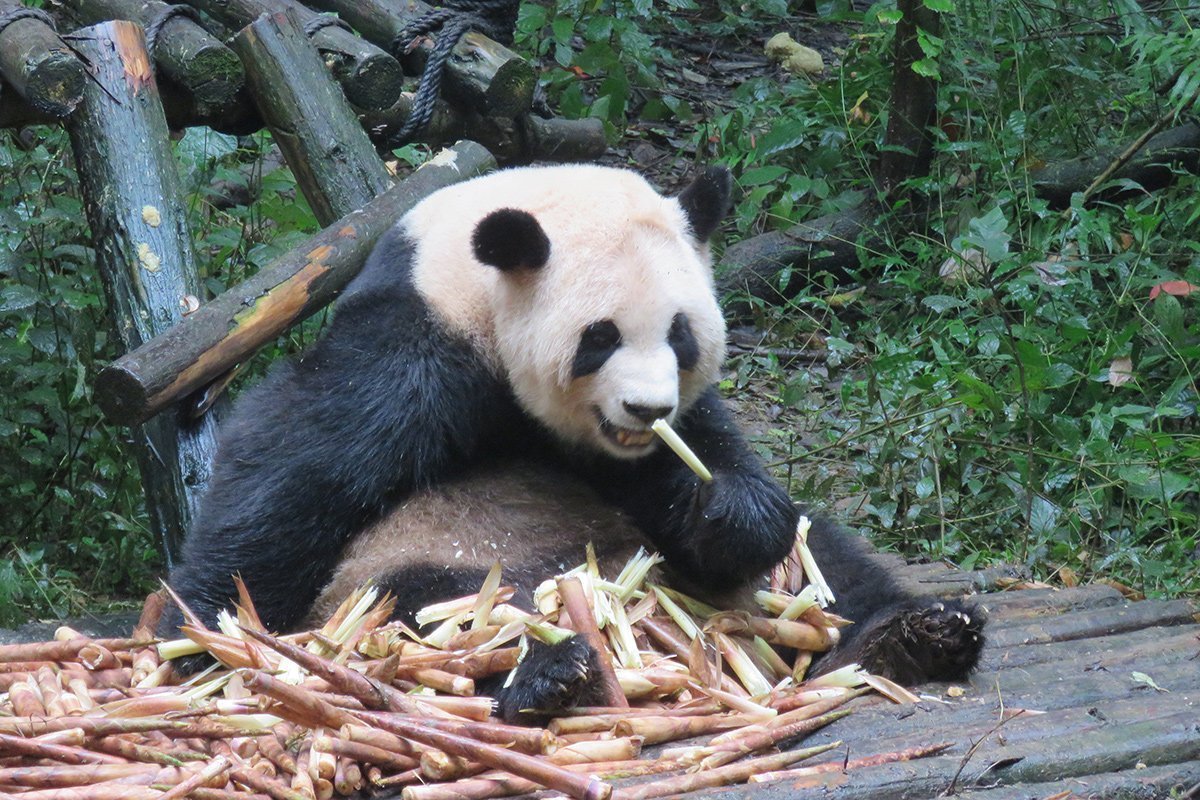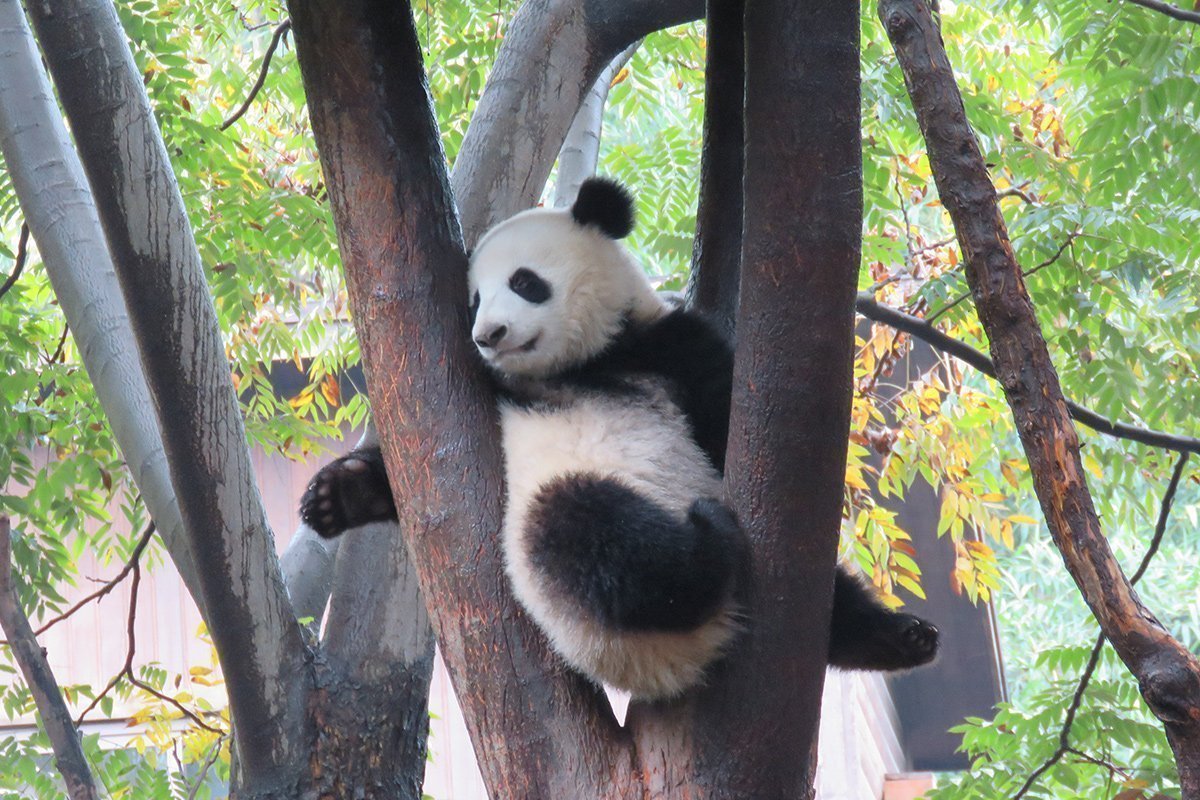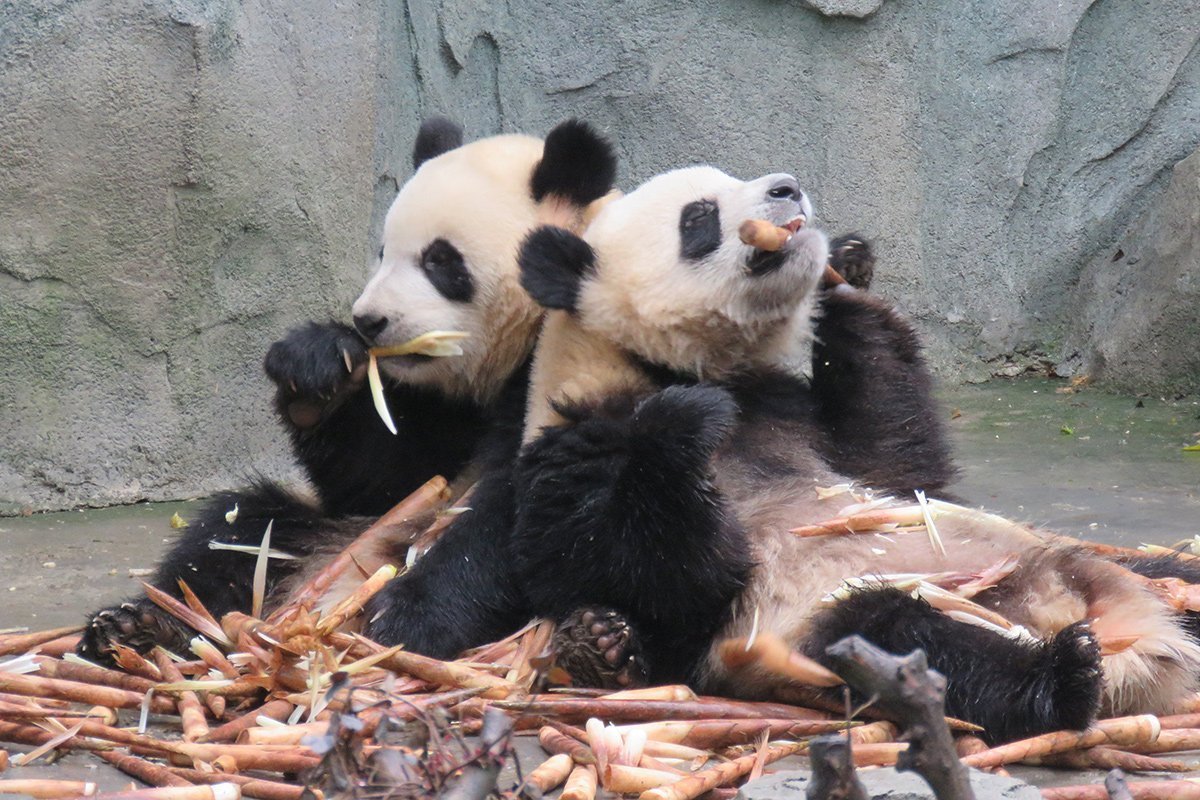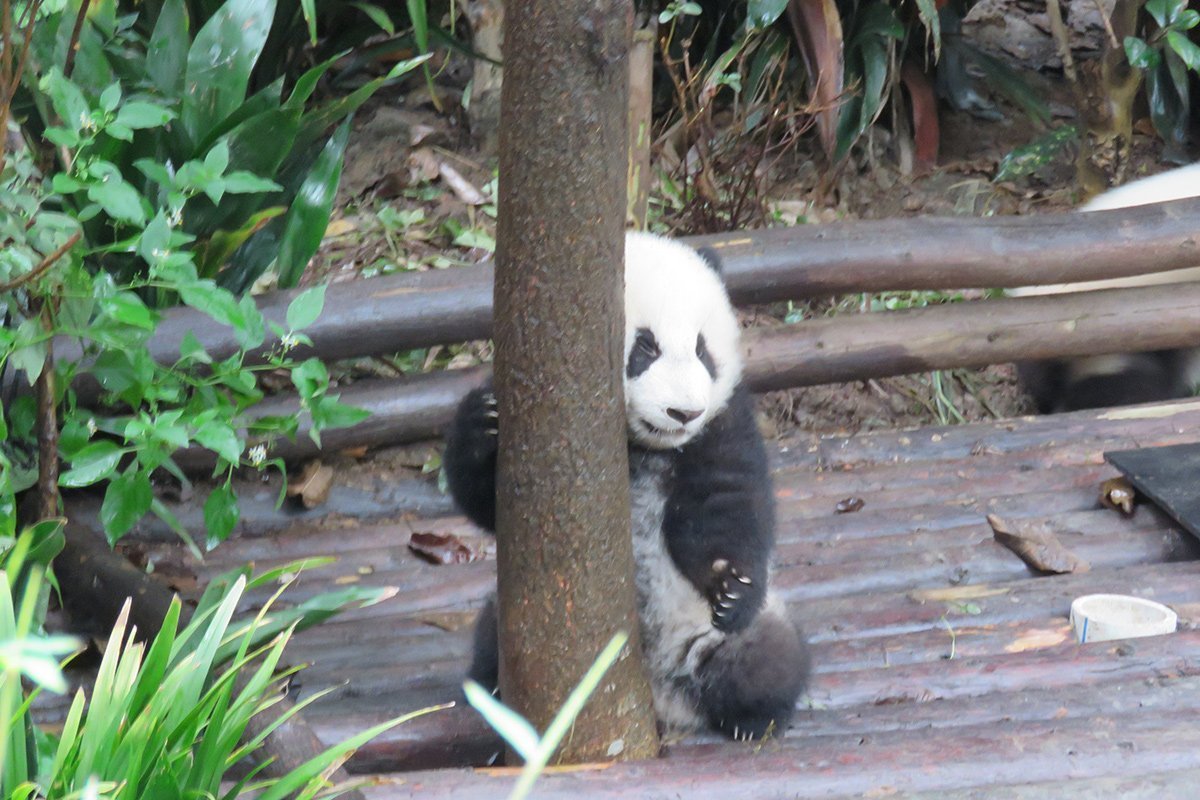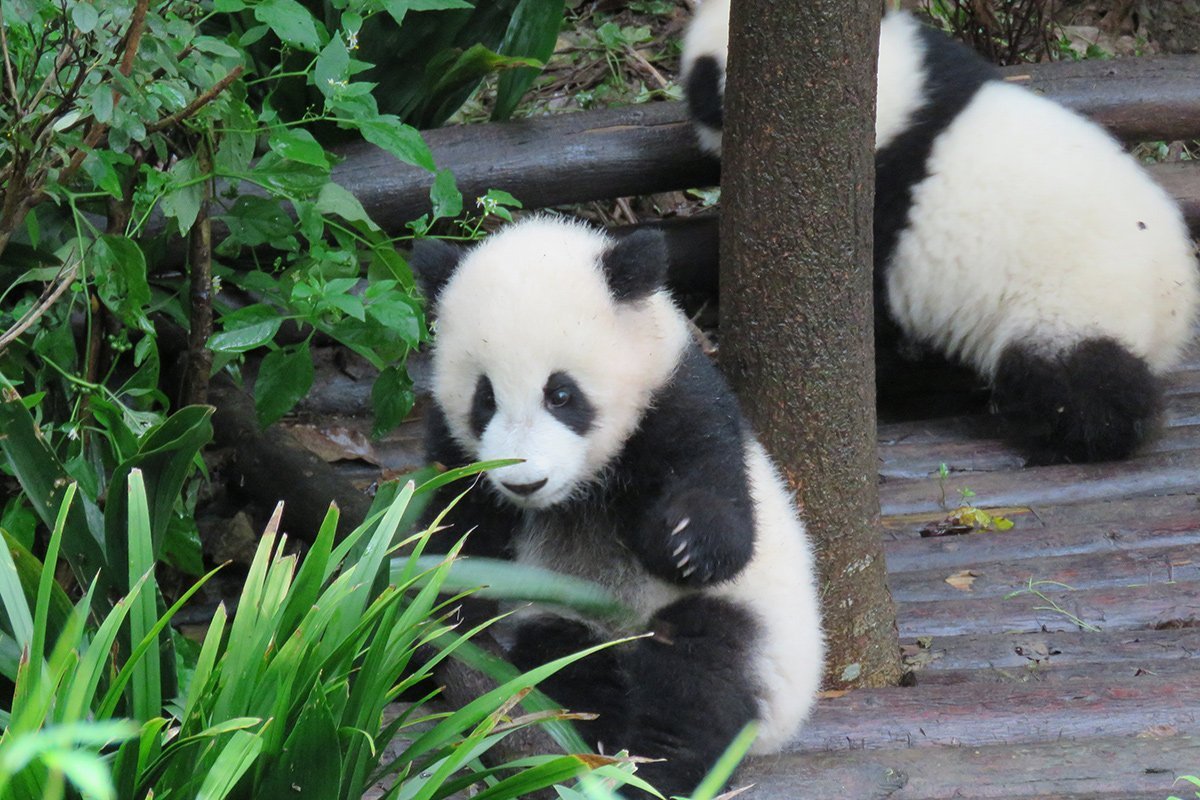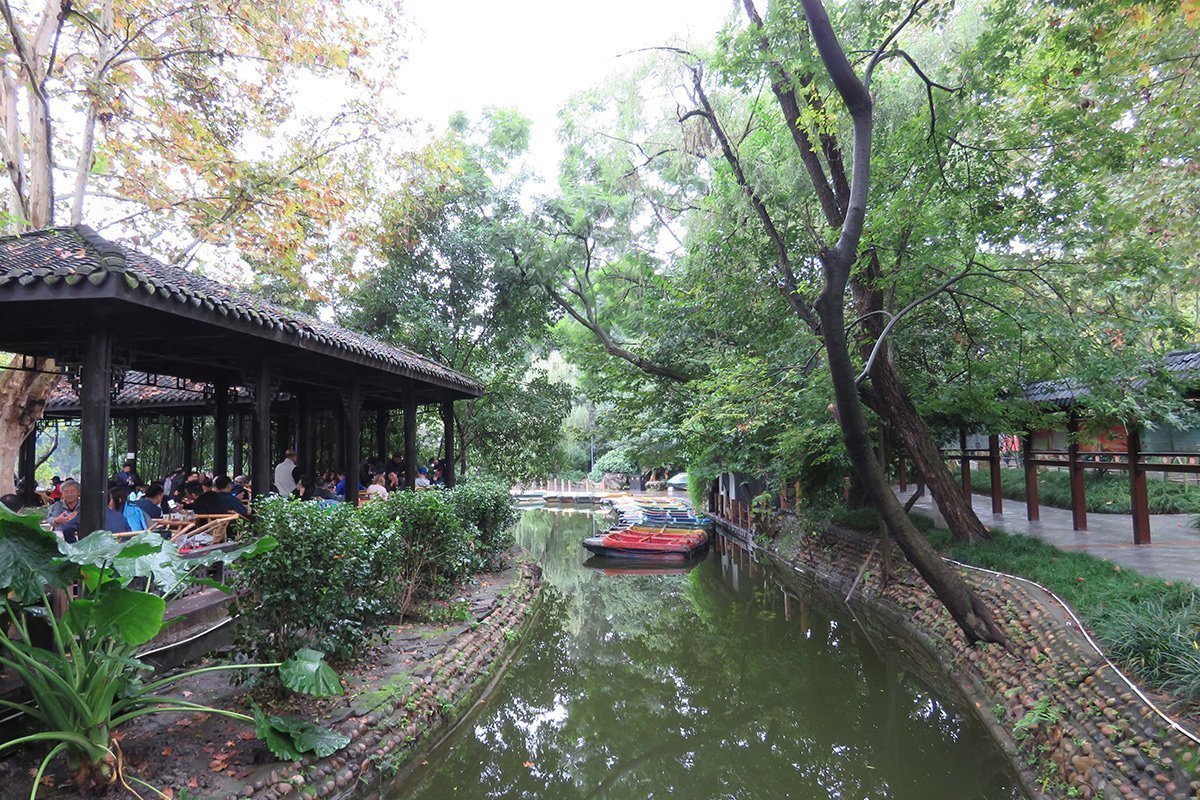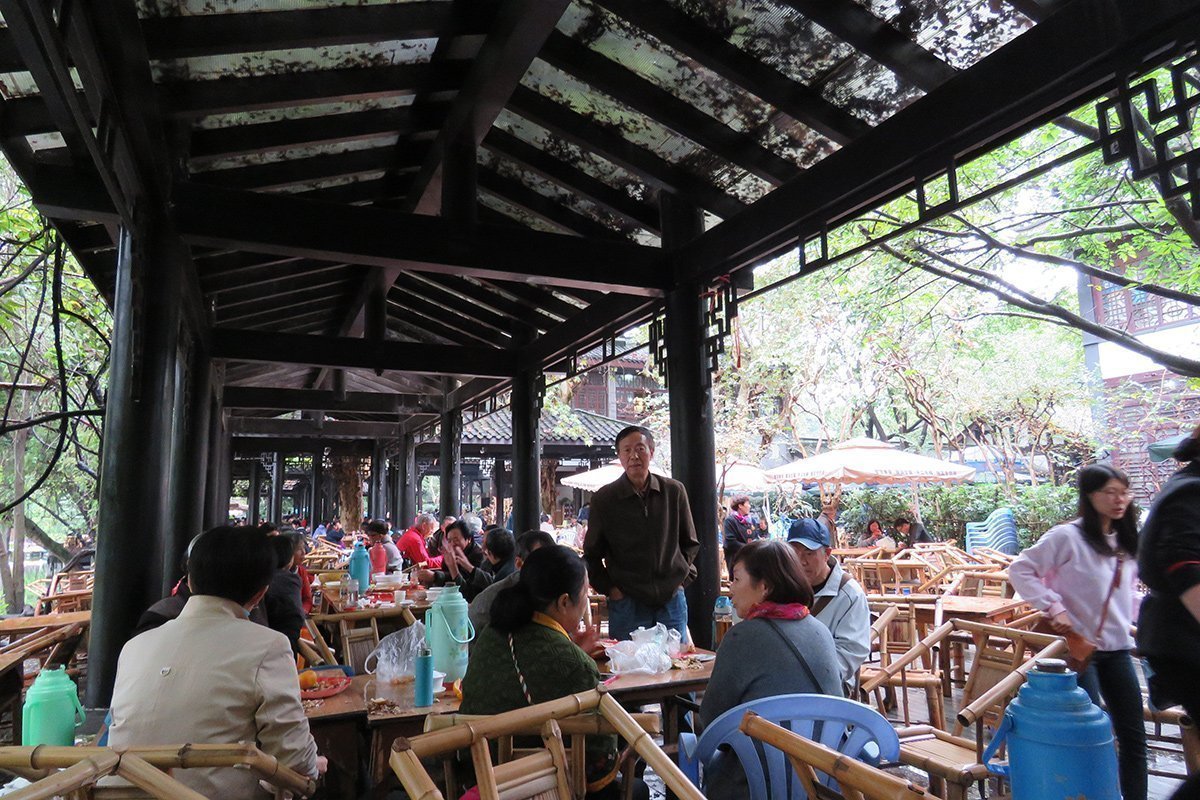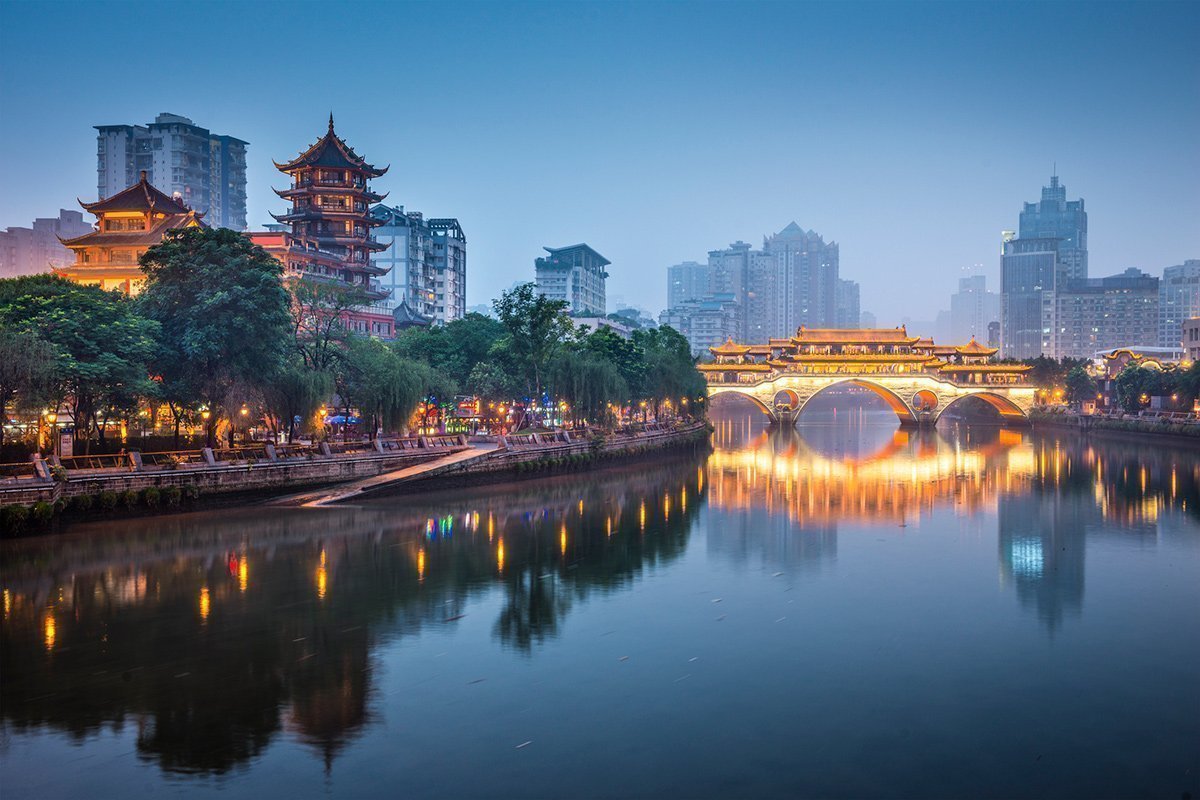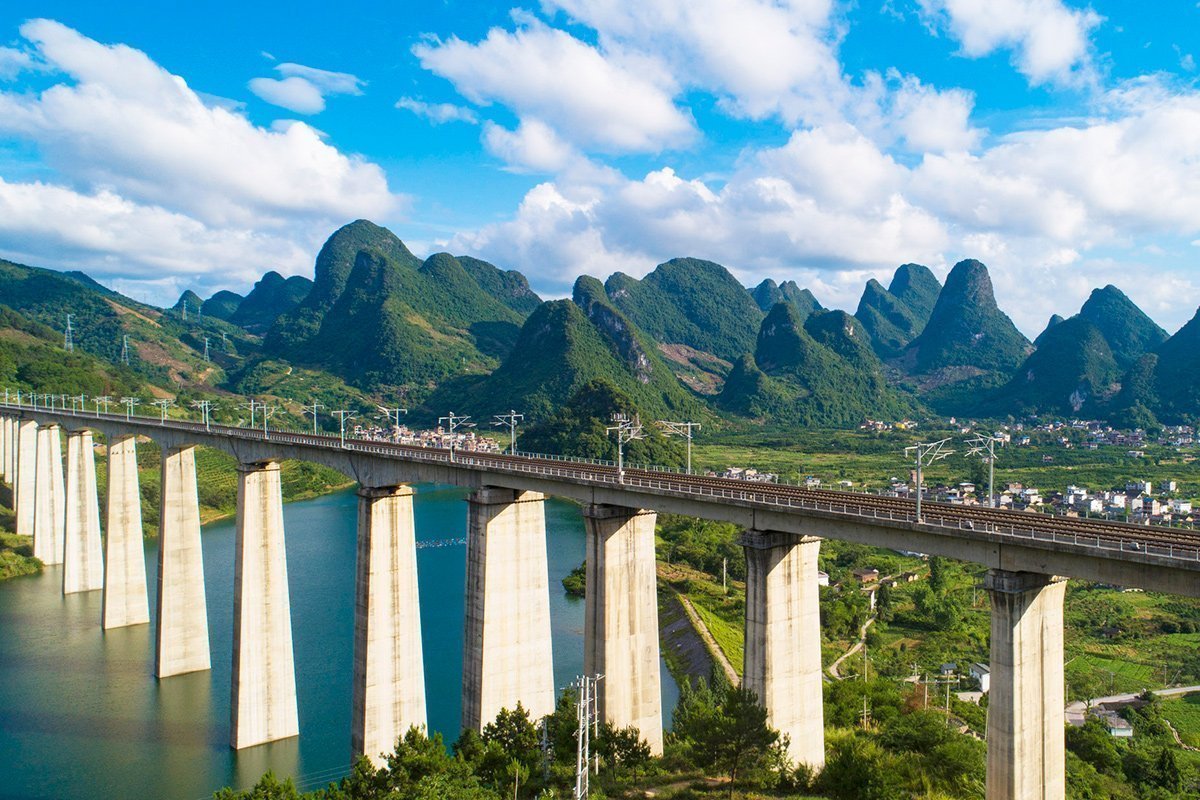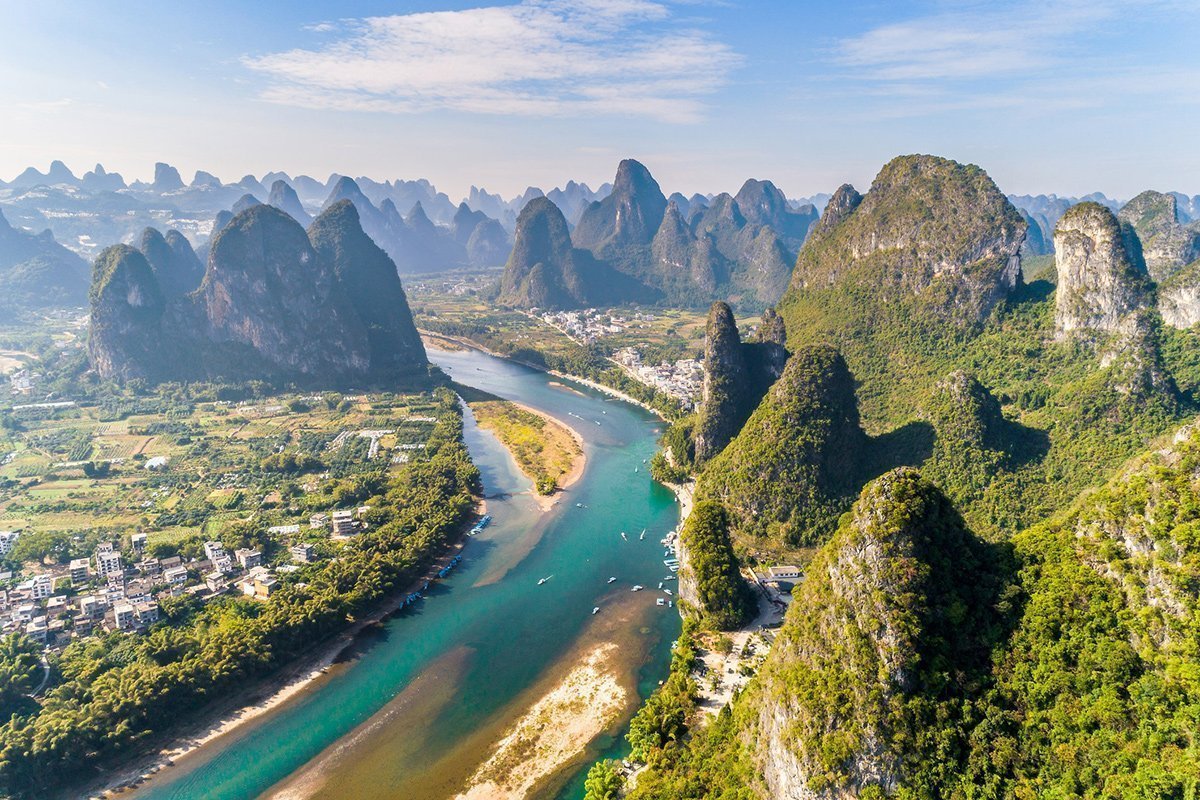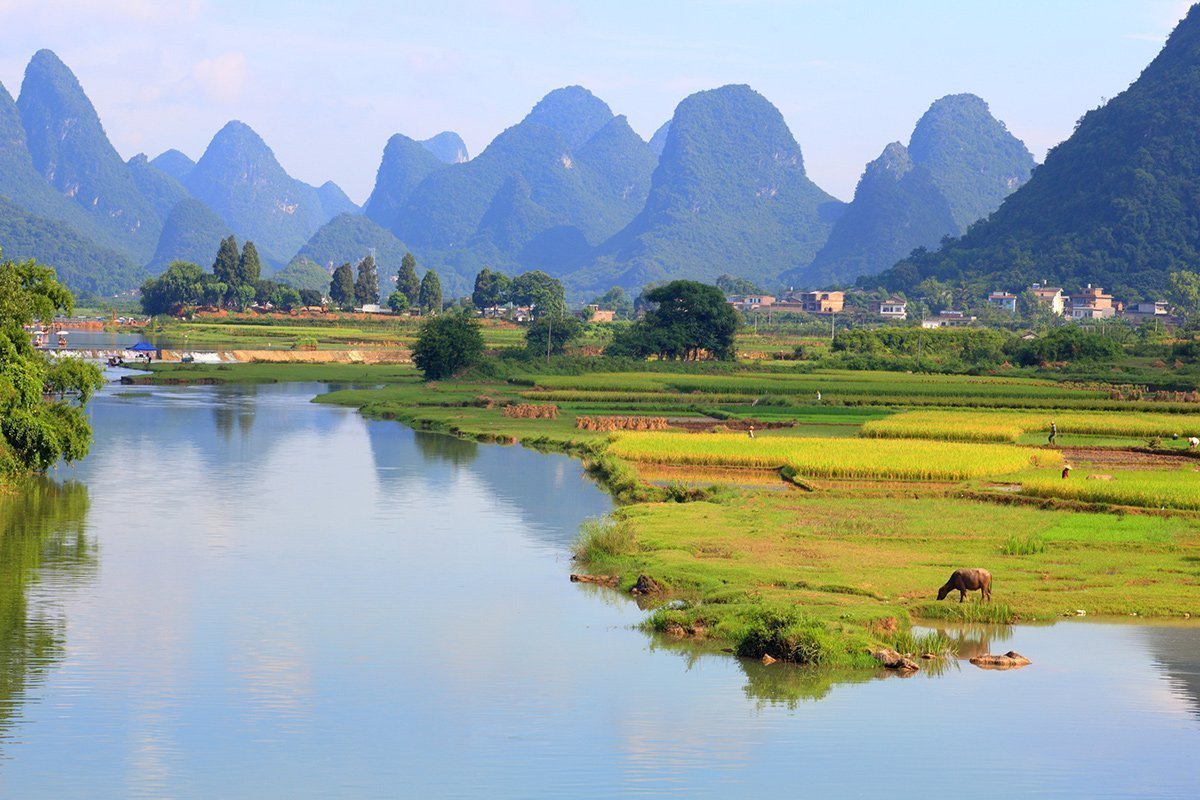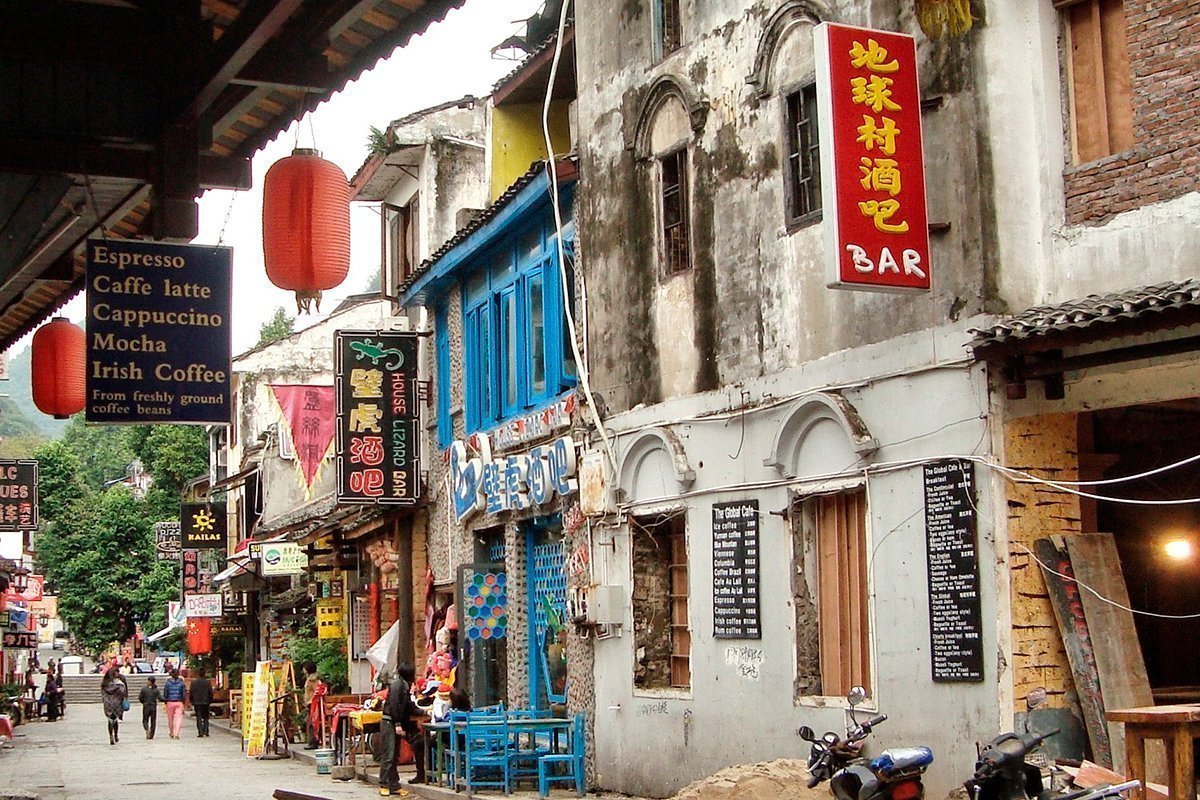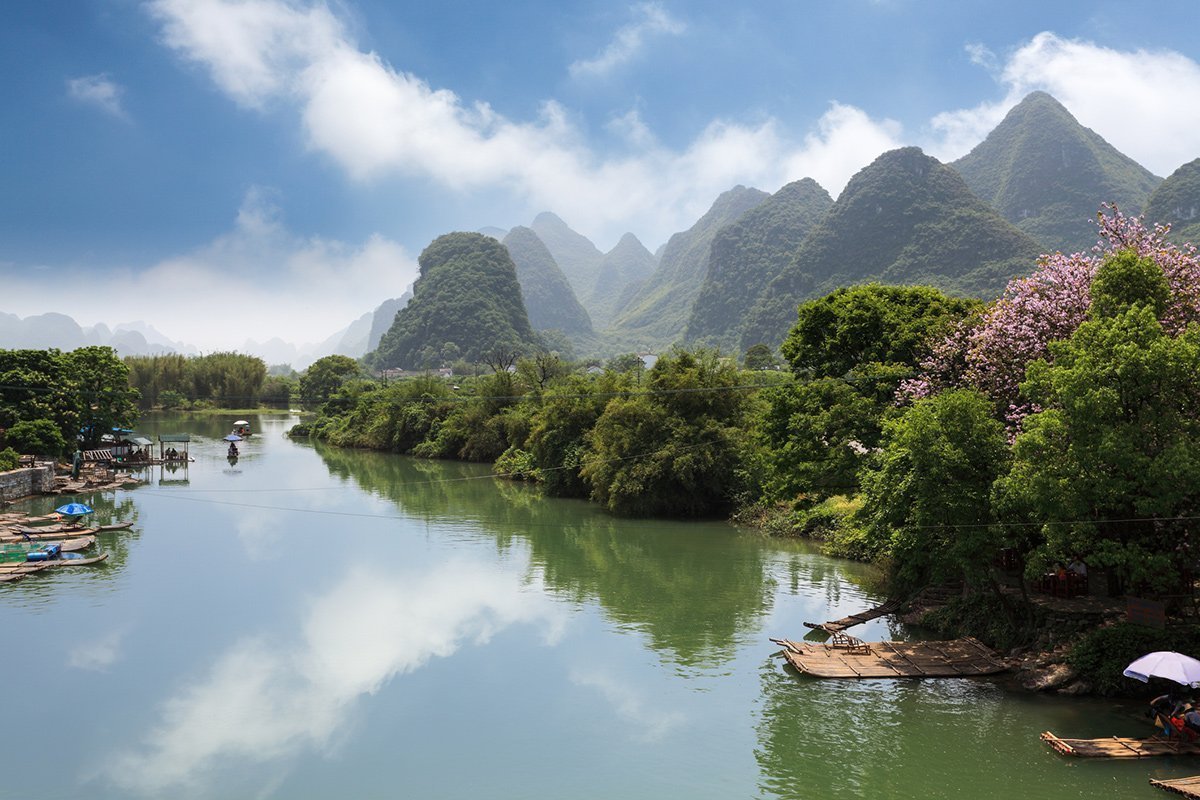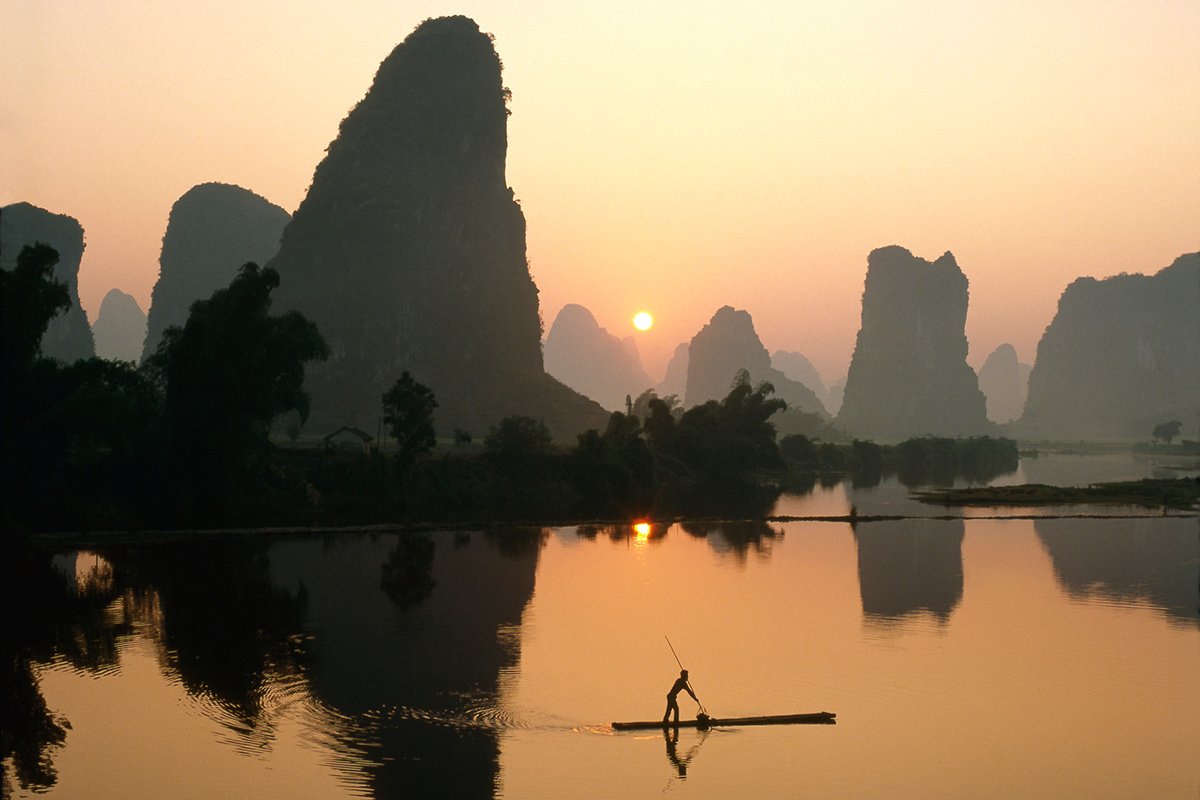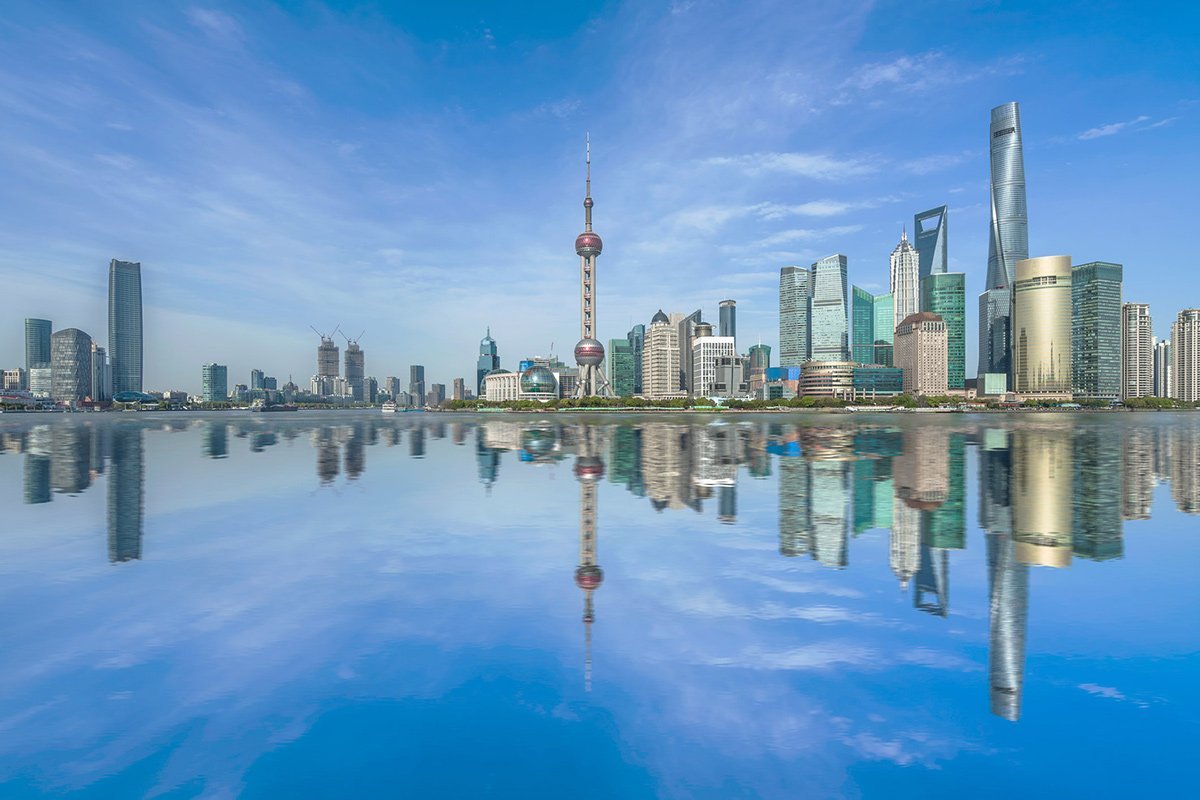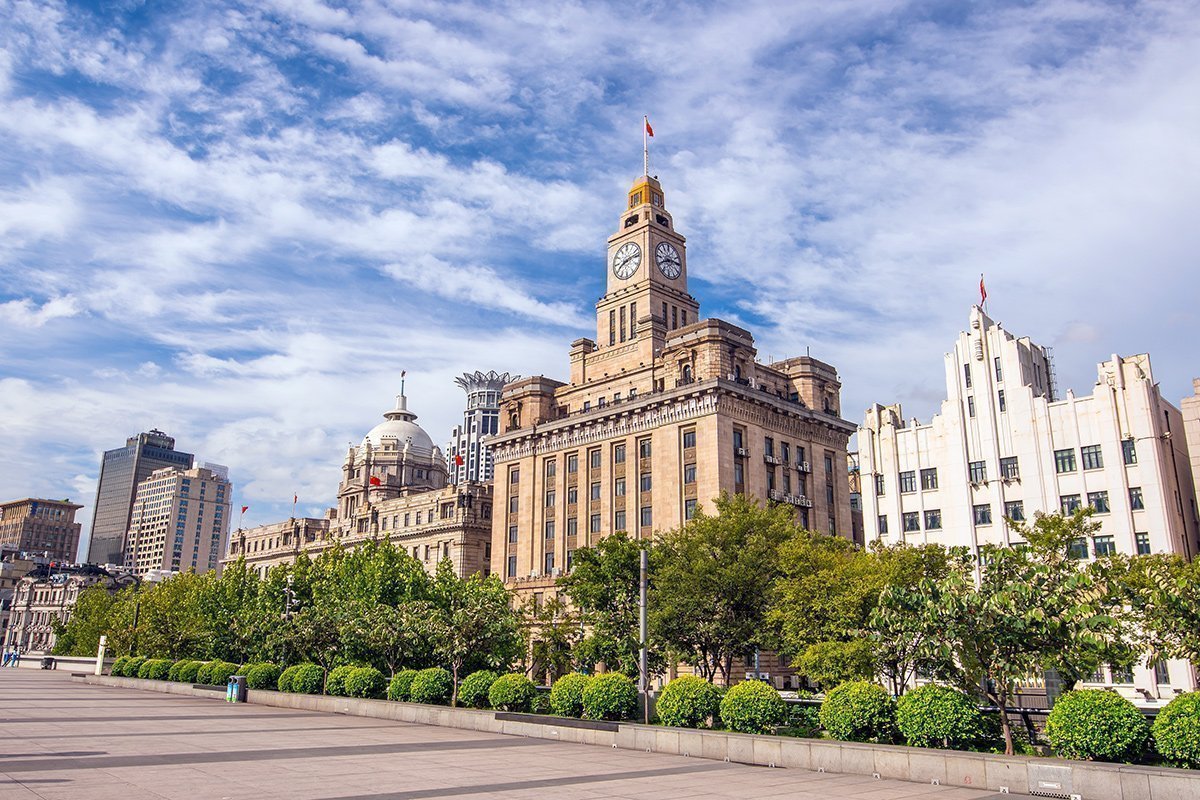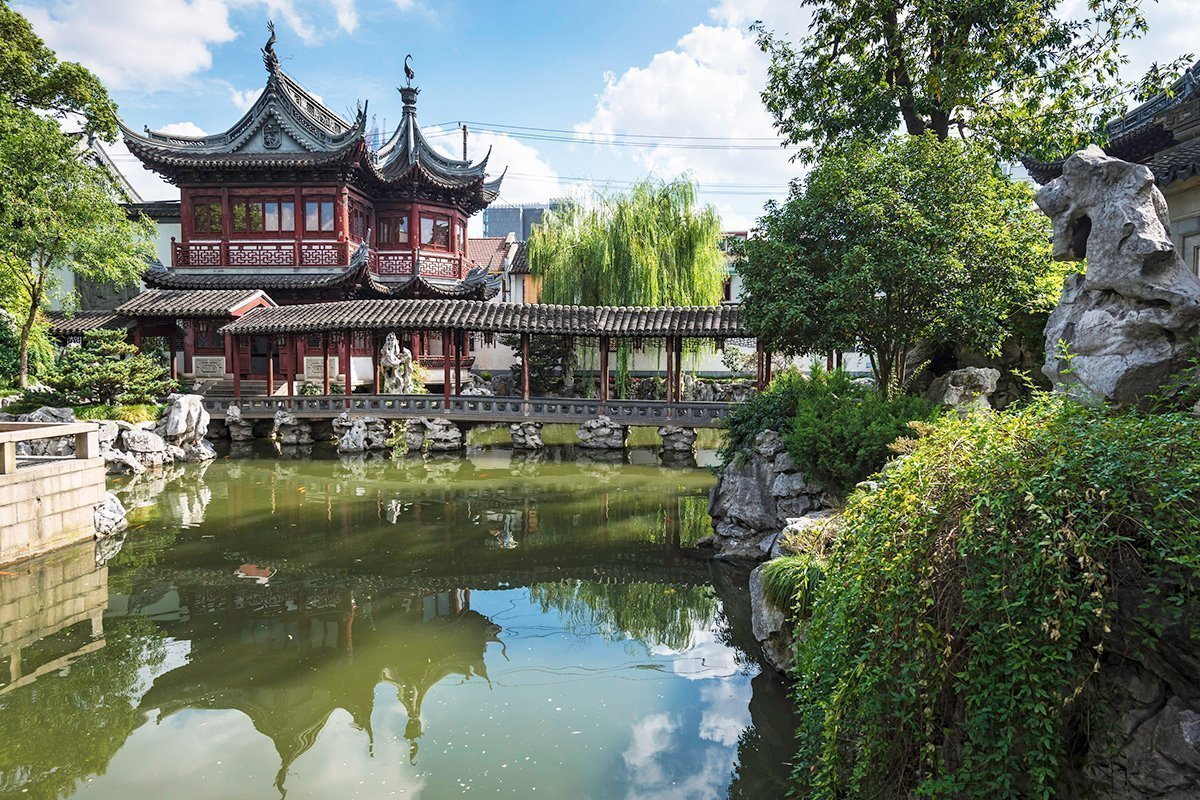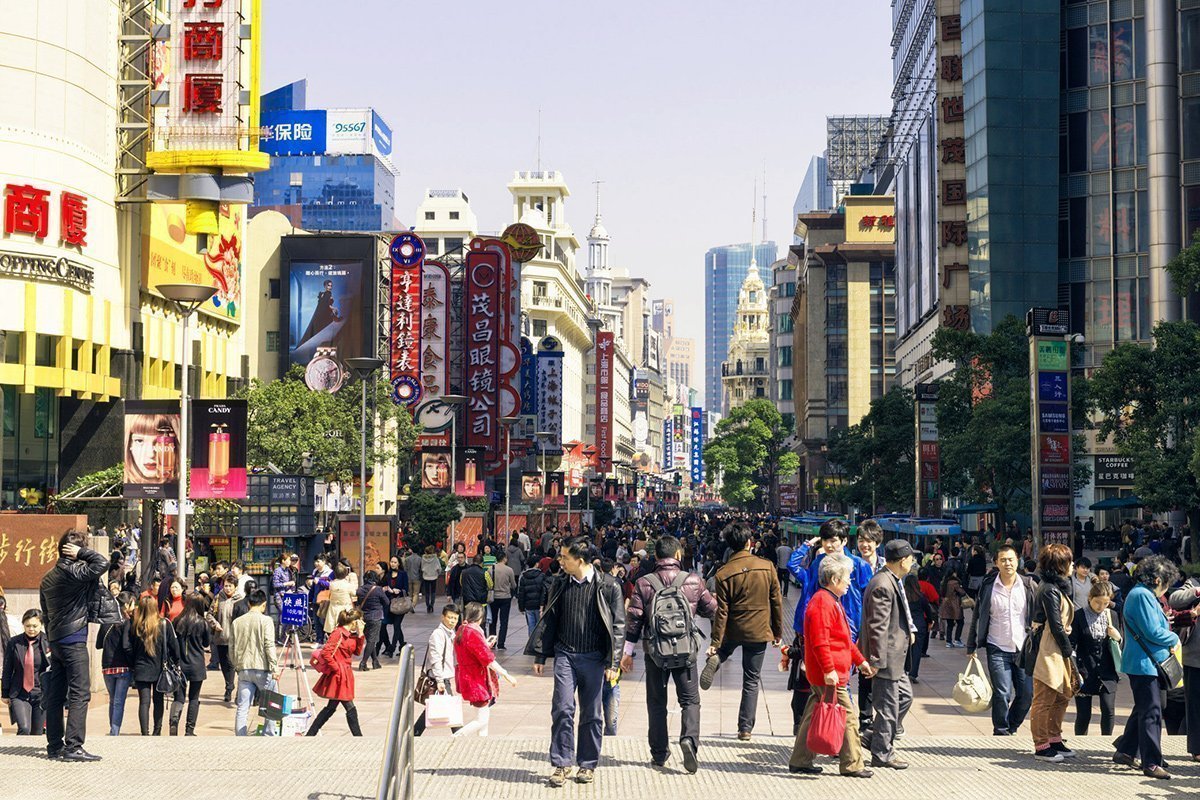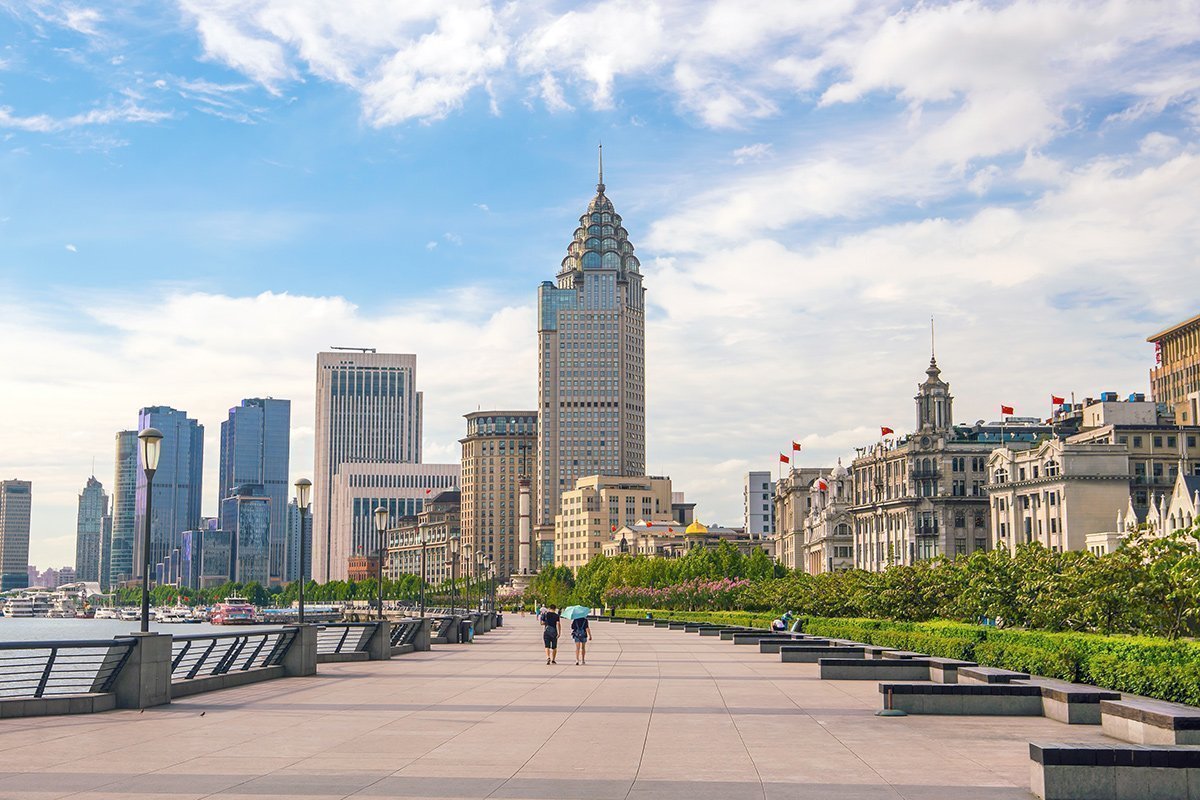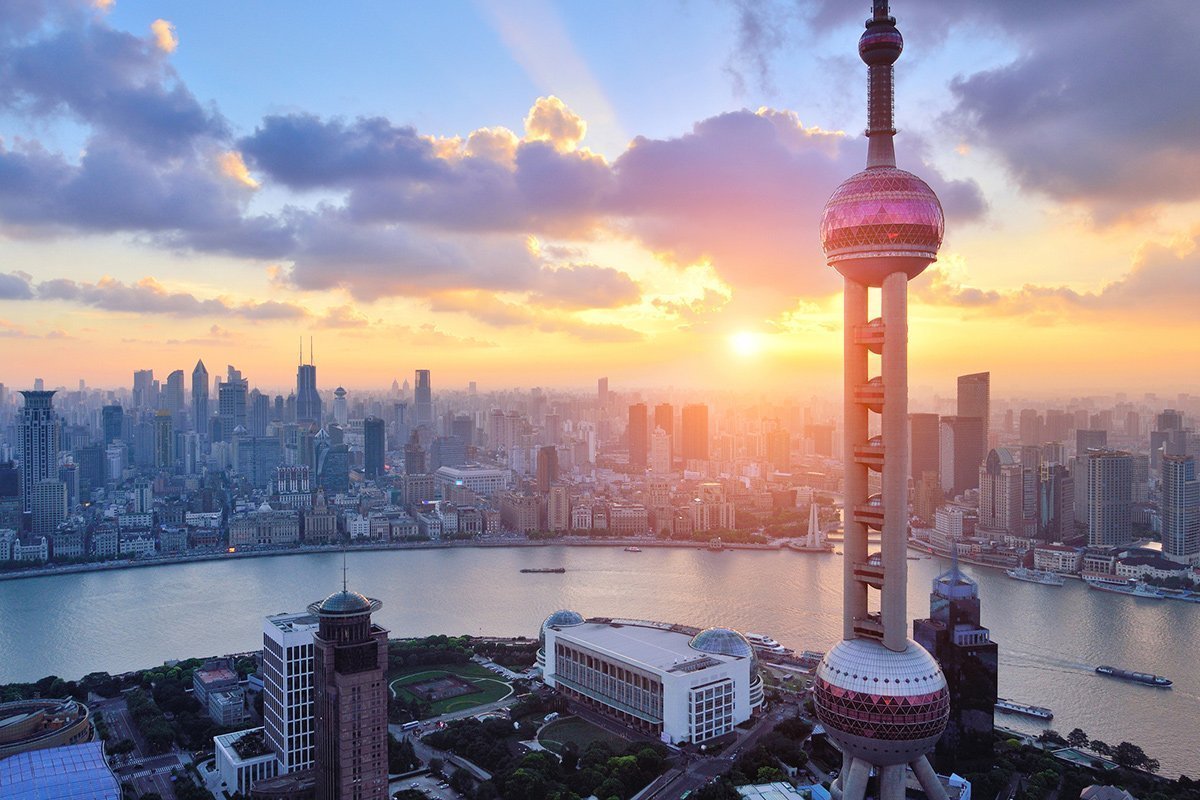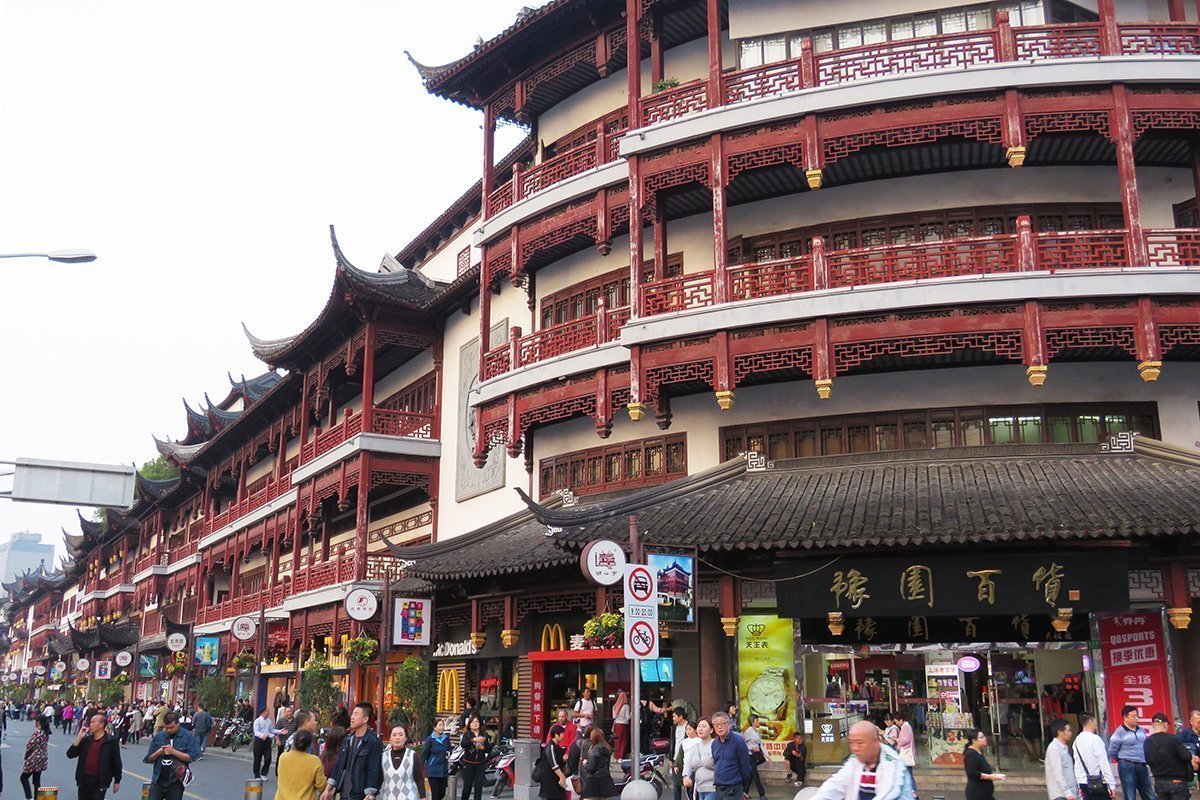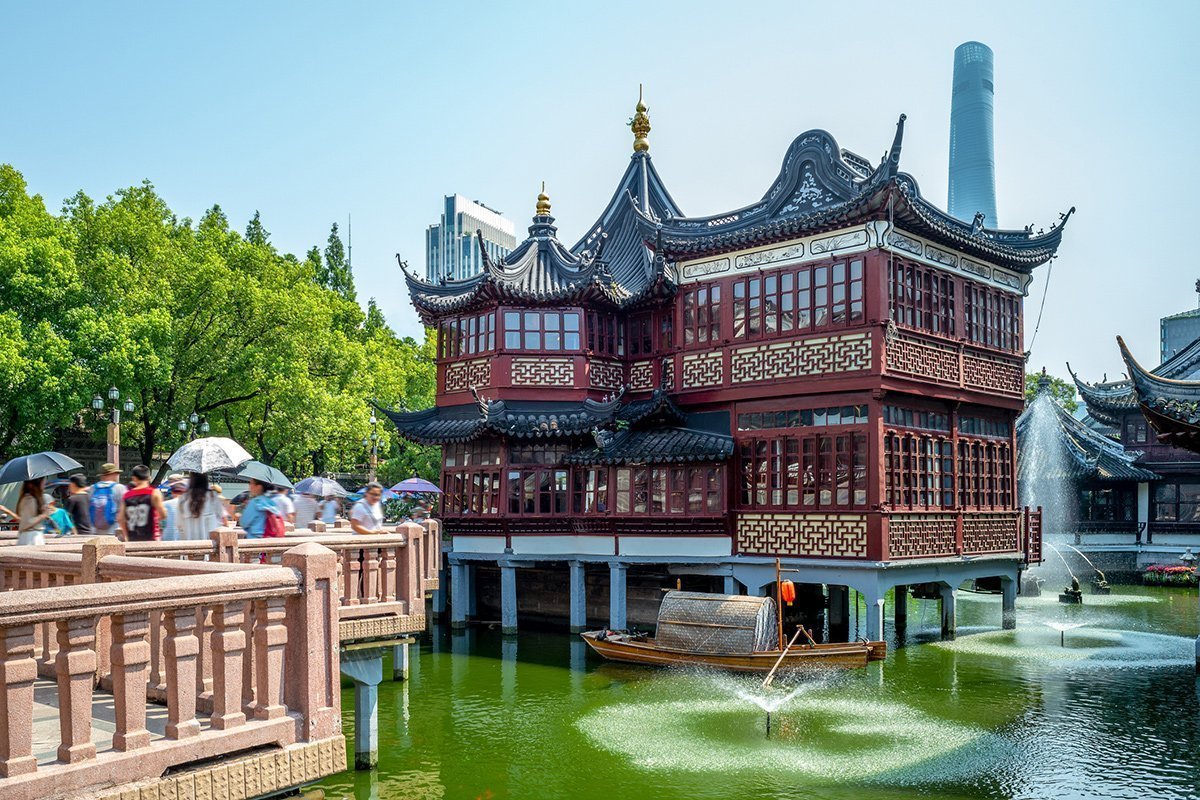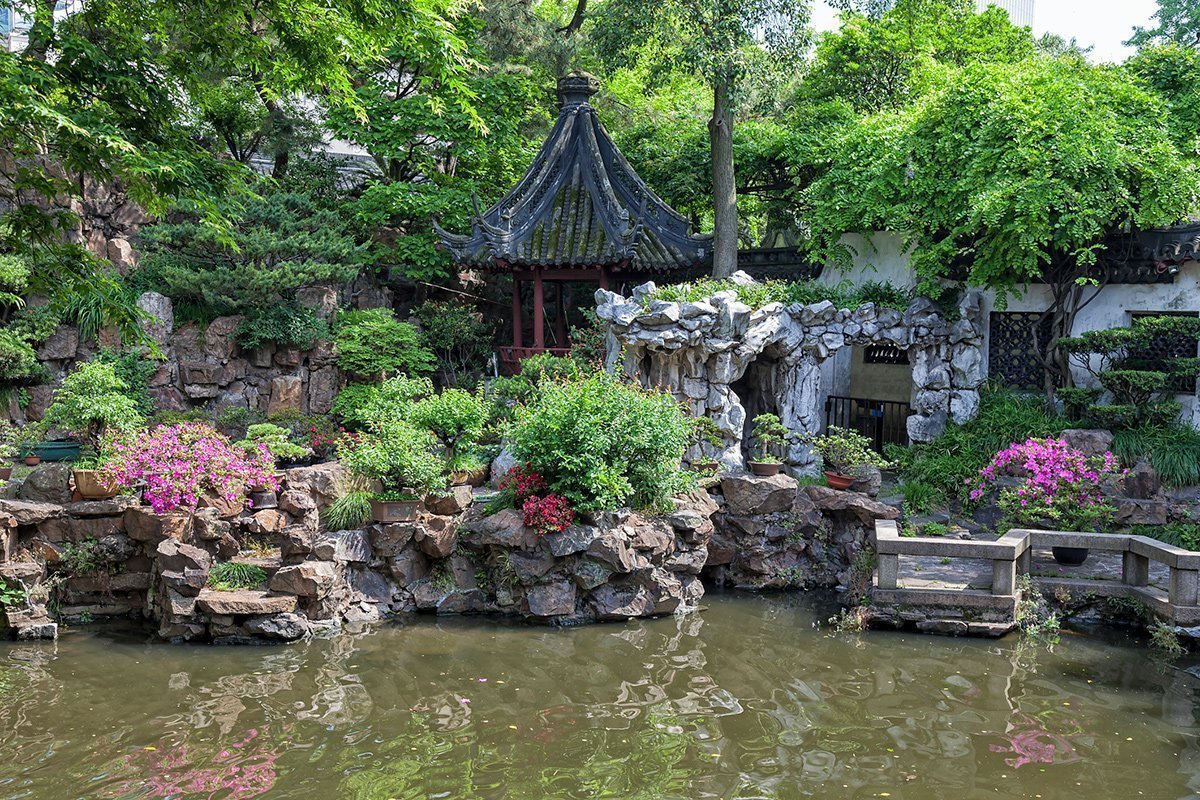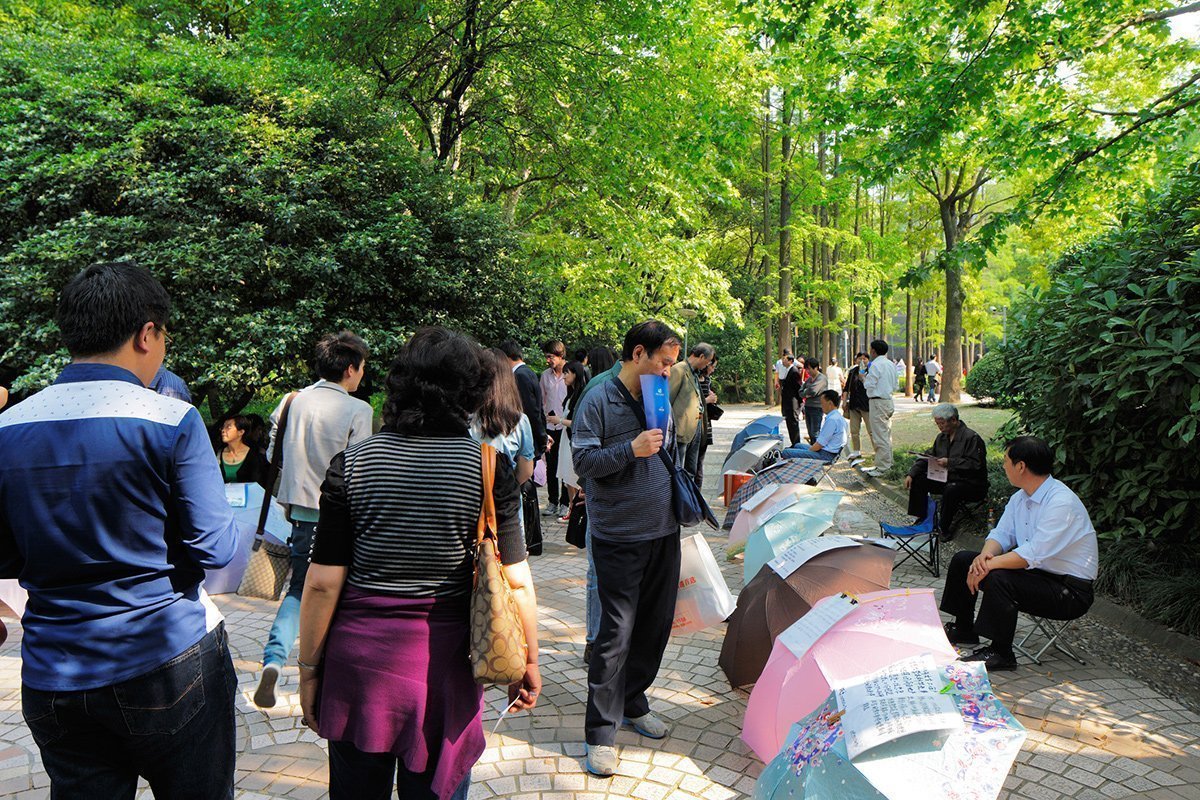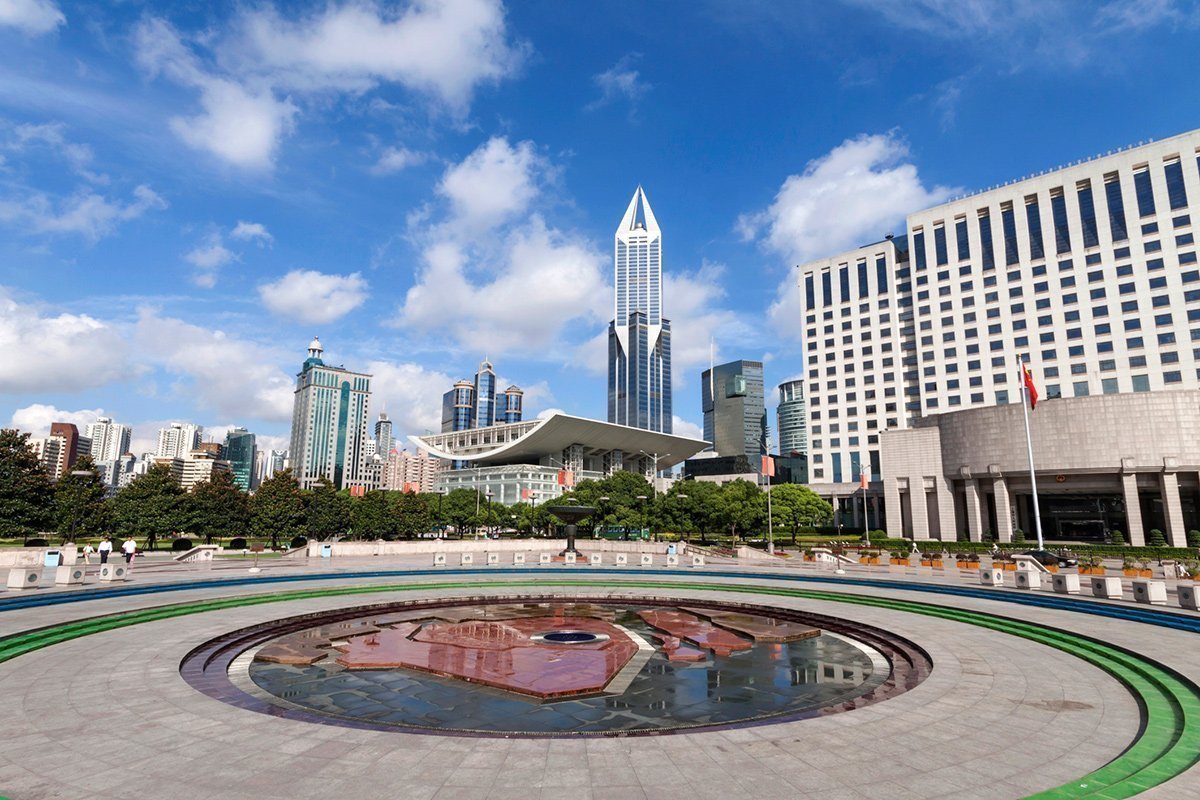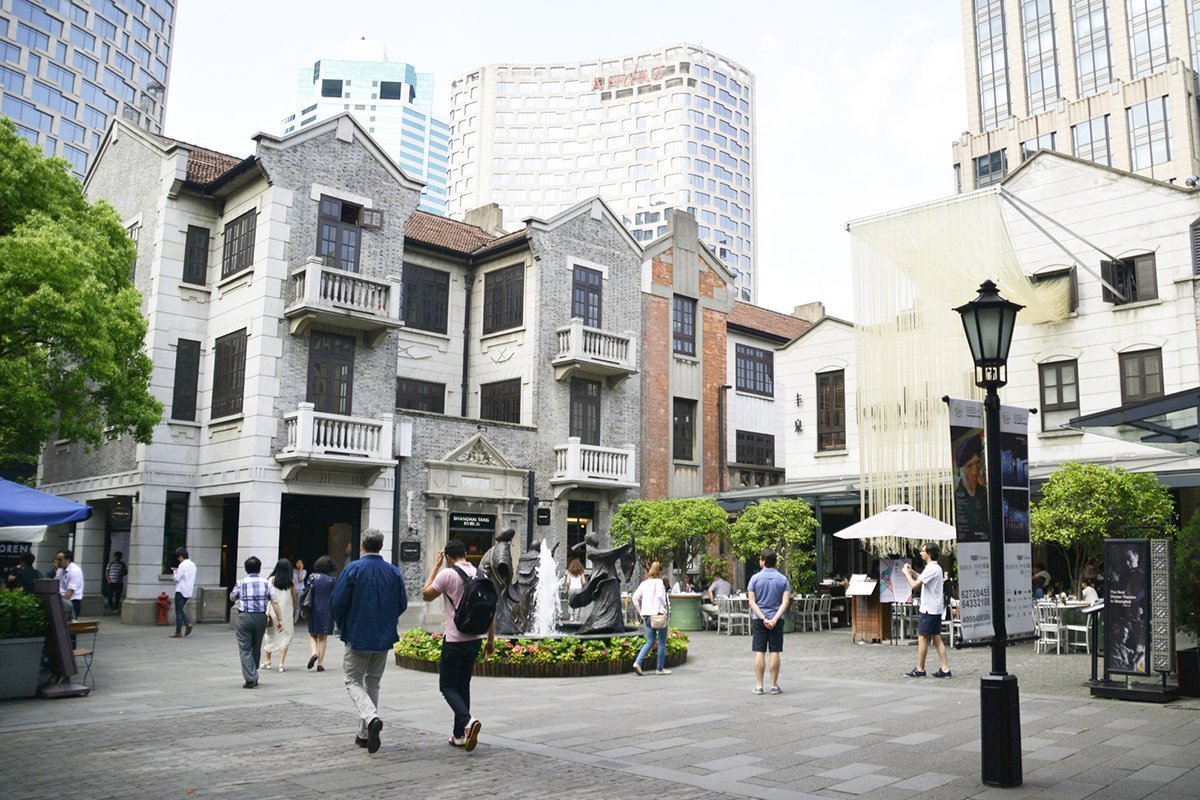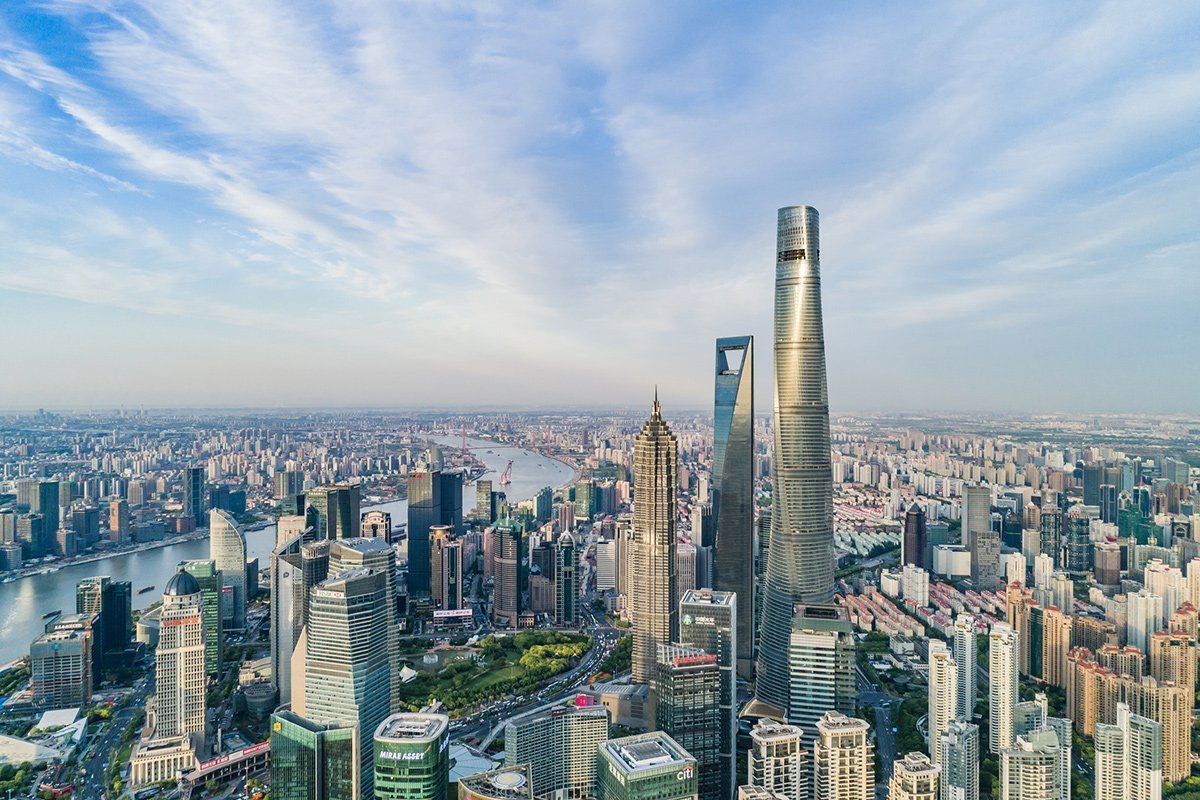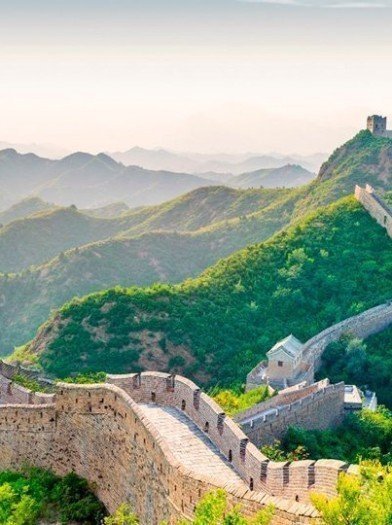Confidence Guarantee - Read more
19 days
The best of China
Why not go all-in when it comes to experiences in China? 8 unique UNESCO sites, poetic landscapes, clumsy pandas and world-class urban life await you. Let us show you the best of China!
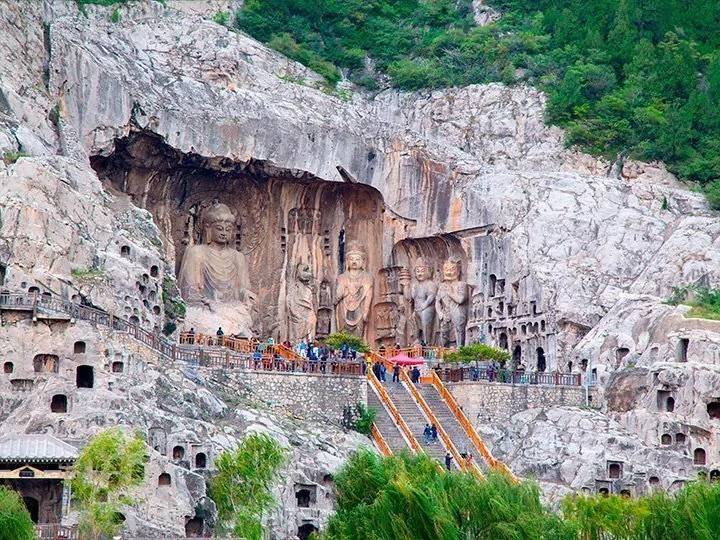
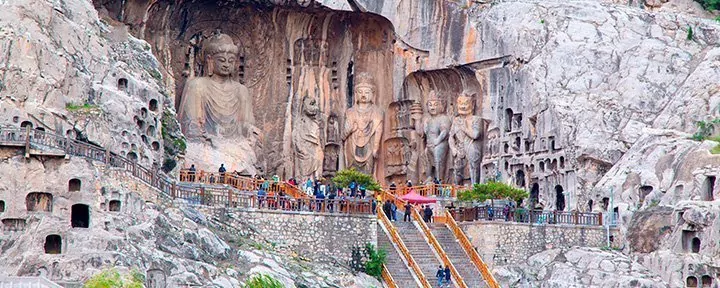
19 days
The best of China
Why not go all-in when it comes to experiences in China? 8 unique UNESCO sites, poetic landscapes, clumsy pandas and world-class urban life await you. Let us show you the best of China!
What is included in the price?
This package includes the following
- Flight from the UK to Beijing and home from Shanghai
- Transfer to and from airports with a Chinese-speaking driver
- Train ride on high-speed train: Beijing – Luoyang – Xi’an – Chengdu – Guilin
- Domestic flight from Guilin to Shanghai
- 17 nights at 4-star hotels
- 17 x breakfast (days 3-19)
- Local English-speaking guide on excursions with a Chinese-speaking driver
- Excursions are by public transport and by car or minibus with air conditioning
- All mentioned transfers and excursions take place within international groups of 2 – 14 people and with TourCompass’ own guests only
- ATOL certificate
- 24-hour manned emergency telephone throughout the tour
- Departure guarantee – The price is valid when at least 2 people travelling. Please ask for a price if you are travelling alone
Comprehensive package of excursions:
- Guided tour of Beijing taking in Tiananmen Square, the Forbidden City and Coal Hill
- The Great Wall
- Shaolin Temple
- The Longmen Grottoes
- The Muslim Quarter in Xi’an
- The Terracotta Army and the Giant Wild Goose Pagoda
- Chengdu Giant Panda Base
- Guided tour of Chengdu, visiting a local market, Wenshu Temple and Kuan Zhai Alley
- Guided tour of Shanghai taking in the Bund, Shanghai Tower and Yuyuan Garden
- Admission fees to the sights and attractions mentioned
THE TOUR IN SHORT
This tour takes you to the absolute best of China. You experience no fewer than eight UNESCO sites, and you can experience even more on our exciting optional tours.
You start in the imperial capital of Beijing, where you visit the vast meeting point, Tiananmen Square. Hidden behind the thick, red walls to the north lies the mighty Imperial Palace in the Forbidden City. To the north of this is the man-made Coal Hill, which affords a wonderful view of the palace and the bustling capital on a clear day.
You leave Beijing and head for the ancient capital Luoyang, where you visit the famous Shaolin Temple, which is known today for its Chinese martial arts. The day after, you head to the impressive Longmen caves, which are some of the most beautiful and impressive examples of Buddhist cave art in China.
The tour then takes you to another of China’s ancient capitals. Xi’an is the city where the Silk Road ended and it is therefore a melting pot of cultures and religions. You will be given a guided tour of the city’s Muslim quarter with its distinctive mosque, street kitchens with their seductive aromas and the bustling bazaar. A visit to Xi’an is not complete without a visit to the world-famous and extremely impressive Terracotta Army, which will blow anyone away.
In Chengdu, you will experience the lovely, clumsy pandas at Chengdu Giant Panda Base, a successful breeding and research centre. The centre works hard to increase the number of endangered pandas and to give them a good life in an as natural setting as possible. The centre started with three small, sick pandas, but today the number has risen to 176 healthy pandas.
The further south and west you come, the fresher the air becomes. This is especially obvious in Yangshuo, where you will be spellbound by the poetic, breathtaking landscapes. Tall, asymmetrical limestone mountains are reflected in the calm Li and Yalong rivers. A landscape so unique that it has been immortalised on the 20-yuan banknote.
The journey ends in Shanghai, China’s largest and wildest city. Enjoy!
Why choose this tour
- The big tour on which you delve deeper into Chinese history and culture and see the black-and-white panda and the picturesque landscapes of Southern China
- Look forward to visiting the major UNESCO sites such as the Great Wall, the Longmen Grottoes, the Forbidden City and the Terracotta Army, and find out how the Giant Wild Goose Pagoda got its name
- Enjoy the tranquillity and fresh air of Yangshuo and be enchanted by the picturesque nature featuring calm rivers, limestone mountains and rice fields
- Feel the adrenaline rush you get from China’s tallest skyscraper overlooking Shanghai, the metropolis brimming with contrasts, and be charmed by Chengdu’s clumsy pandas
Our prices always include
- All international and domestic flights
- All destination transfers
- All specified excursions and activities
- All accommodations
Detailed Itinerary
Day 1:
Departure from selected airport
Today you will fly to China, with connecting flight(s) on the way.
Day 2:
Arrival in Beijing
You arrive at Beijing’s International Airport, go through immigration, and then pick up your luggage. Your guide is waiting for you out in the arrivals hall, holding up a TourCompass sign with your name on it. On the drive to the hotel, the guide will run through your itinerary with you and answer any questions you may have. The guide will also tell you about China, what to respect and what to be aware of. Upon your arrival at the hotel, which is located in the central Beijing, a short walk awaits you, so you can familiarise yourself with the area around the hotel.
For dinner, we recommend that you try one of Beijing’s tasty specialities such as crispy Peking duck, which is an ancient traditional dish. The duck is dried over several days, which is what helps give it its extra crispy skin. The crispy duck is usually sliced at the table and served with thin pancakes, spring onions and a delicious hoisin sauce.
Day 3:
Guided tour of Beijing
After breakfast, you will be picked up from the hotel by your guide.
Be sure to wear comfortable shoes as you’ll be doing a lot of walking on the day’s exciting guided tour of Beijing’s biggest sights.
You will walk from the hotel to the 840-metre-long shopping street, Dashilan, south of Tiananmen Square. Founded during the Ming Dynasty more than 600 years ago, Dashilan did not actually begin to flourish until the Qing dynasty. Just before the 2008 Olympics, the street underwent major renovation, when the decision was made to preserve the traditional style of the Ming and Qing dynasties. At the northern end of the street stands one of Dashilan’s landmarks: the old red and yellow tram. You continue from here to Beijing’s famous meeting point, Tiananmen Square.
During the Ming and Qing dynasties, the imperial offices were located here on the square, but they were destroyed during the Boxer Rebellion. This led to the entire area being cleared, making way for the construction of Tiananmen Square. The square was named after the Gate of Heavenly Peace or the Tiananmen, which separates the square from the Forbidden City to the north.
The square covers an area of 440,000 m2, and there is said to be space for 1 million people. Its vast proportions make the square not only China’s largest, but also the world’s largest.
Tiananmen Square is surrounded by many historic and important buildings and monuments. To the north lies the Forbidden City, and to the south you can see Mao’s mausoleum, to the east, the Museum of Chinese History and the Chinese Revolution, and on the west side of the square, you will find the Great Hall of the People, where the National People’s Congress holds its annual meetings. In the middle of the square stands the 38-metre-high Monument to the People’s Heroes.
Many people also know the square from the peaceful student demonstration back in 1987, which was forcibly suppressed by the Chinese government.
You have time to walk around a little on your own, before heading to the Forbidden City behind the thick, red walls. The magnificent imperial palace was built in the 15th century by Emperor Zhu Di after moving the capital from Nanjing to Beijing.
In Nanjing, Emperor Zhu Di had forced the then emperor to flee so he could take over the throne himself. Emperor Zhu Di was not well-liked by the people of Nanjing, so he chose to move the capital to the north to an area he named “Beijing”, which means “northern capital”. He not only wanted to create a new capital here, but also to build an extraordinary imperial palace that would reflect China’s view of itself as the power centre of the world. Construction of the palace began in 1406 and was completed in 1420. Surrounded by a moat and thick, 10-metre-high walls, Zhu Di could live in safety as an all-powerful ruler.
The complex consists of 999 buildings with a total of 9999.5 rooms spread over 720,000 m2. The 9,999.5 rooms are said to be due to the fact that Heaven has 10,000 rooms, and the Emperor, who is entitled “Heaven’s Son”, must not surpass Heaven.
The palace was named The Forbidden City, as only the Emperor, the Emperor’s officials, servants, guards and other nobles were allowed to enter. It was home to 24 emperors until China’s last emperor, Puyi, was deposed in 1924. Just one year later, the Forbidden City became a public museum. In 1987, it was listed as a UNESCO World Heritage Site and is Beijing’s main attraction today.
Just north of the Forbidden City lies the man-made hilltop, Coal Hill, which was created from the soil dug out for the Forbidden City. At the top, there is a pavilion that was used by officials both as a meeting place and a sanctuary. The hill stands almost 46 metres high, making it Beijing’s highest point. The climb to the top is via stone steps in the shade of the trees. On a clear day, you will be rewarded with a wonderful view of the Imperial Palace and the bustling capital.
The guide will then accompany you on the metro back to your hotel.
Day 4:
Beijing
Today is yours to explore Beijing on your own.
If you’re into shopping, you can head to the popular shopping street, Xidan Street, near Tiananmen Square. Fabulous clothes and sports shops are found here, as well as expensive fashion houses.
You can also go out and experience several of Beijing’s major historical sights. The history of China is very much intertwined with Beijing, and nowhere else in China will you find cultural treasures as here in the Chinese capital, which is also home to some 22 million people.
Accommodation:
Day 5:
The Great Wall of China
After breakfast, you will be picked up by the guide and a driver, who will take you to the Great Wall, which is located north-east of Beijing. The area you will be visiting is called Mutianyu, which is known to be one of the less touristy areas.
You and the guide will be dropped off in the car park at the base of the wall, and from there you will walk up a steep road to the cable car that takes you up to the wall itself. Up on the wall, you are rewarded with a fantastic, breathtaking view, and you can see how the wall follows the mountain’s curves right up to the highest peaks.
You have time on your own to walk around on the wall, and there is also time to enjoy your packed lunch, purchased on the way up to the wall.
The Great Wall is an extremely impressive line of defence that extends from the Gobi Desert in north-western China to the Yellow Sea east of Beijing. The wall does not consist of one long wall but of several walls. The first walls were built as a line of defence in the 7th century BC. In 221, Emperor Qin Shi Huang joined and extended the walls as a guard against the nomads from the north who were interested in the arable land and the fields to the south. This is the foundation of the Great Wall, which has since been extended and reinforced several times, most recently in the 16th century during the Ming Dynasty.
Today, there is still some doubt about the exact length of the wall. It consists of both old and newer walls as well as ruins, making it difficult to measure. In Chinese, the wall is called “Wànli chángchéng”, which means “The 10,000 li-long wall”. “Li” is the ancient unit of measurement used in China, and 10,000 li corresponds to around 5,000 km. However, archaeological studies show the wall to be about 6,000 km long.
You will see that both the width and the height of the wall vary a lot. In most places, the wall is between 3 and 6 metres wide and 7–8 metres high. You should be aware that parts of the wall are very steep, and in some places there are knee-high steps, particularly at the watchtowers, which were not only used as look-out posts, but also to warn of impending danger via smoke signals.
After a couple of hours on the wall, you take the cable car back down and you are driven back to the hotel in Beijing.
Back in Beijing, we recommend that you buy some snacks and drinks for the train ride tomorrow.
Day 6:
Beijing – Luoyang – Shaolin Temple
Early in the morning, you will be picked up from the hotel and driven to the train station in Beijing, where you will take the high-speed train to Luoyang. As the train departs early, you will not have time to eat breakfast at the hotel. Instead, you will be given a packed breakfast to enjoy on the train. After around 4 hours, you arrive in Luoyang.
On your arrival in Luoyang, you will be picked up by a guide and a driver, who will take you to Shaolin Temple, which is located around 60 km east of Luoyang near the Song Shan Mountains. Shaolin Temple was founded by the Indian monk, Batuo, in 495. 32 years later, the Indian monk, Damo, moved into the temple to teach Zen Buddhism, and Shaolin Temple is therefore considered the birthplace of Chinese Zen Buddhism. The temple has since become world-renowned for Chinese martial arts, which are said to have come about as a counterbalance to the many hours of sedentary meditation practised by the monks. Today, the monastery is surrounded by schools of martial arts, with both Chinese and foreigners flocking to the many disciplinary schools teaching Kung Fu, Qi Gong, Hong Quan and Tai Chi Quan, etc.
You will also visit the famous, nearby Pagoda Forest, known for its 240 mini-pagodas commemorating deceased monks. The Shaolin Temple and the Pagoda Forest were listed as UNESCO World Heritage Sites in 2010.
The tour then heads back to Luoyang, which was the capital for several hundred years, though not consecutively. The first time was in 771 BC and most recently in 937, after which the capital was moved to Kaifeng. Unfortunately for Luoyang, this was the end of the city’s heyday, and well into the 20th century, Luoyang was just a small town with a mere 20,000 inhabitants. Since the 1950s, the city has undergone dramatic growth, and the population has increased to around DKK 1.5 million.
However, the fact that Luoyang was the capital of China for hundreds of years is not immediately obvious. Only in the ancient, historic area east of the Lijing Gate has some of the ambience of old China been preserved with markets, small, winding streets and old siheyuan houses.
The city’s biggest draws are the Longmen Grottoes, which you will visit tomorrow, and the Peony Festival (15–25 April), which is a major annual event with parades, music, entertainment and a city adorned with hundreds of thousands of brightly-coloured peonies.
Day 7:
Luoyang – The Longmen Grottoes – Xi’an – Half-day excursion in Xi’an
After breakfast, you check out of the hotel, and a guide and driver will be waiting to drive you to the incredible Longmen Grottoes. The grottoes are some of the finest and most impressive examples of Buddhist rock carvings in China, scenically situated on the Yi River.
The rock carvings were started by the northern Wei dynasty, continuing until 900, when the Tang Dynasty was in power. Over this long period, up to 100,000 Buddha figures, Bodhisattvas, lotus flowers and other figures were carved in the 2,345 or so caves along the river. These are now deservedly listed as a UNESCO World Heritage Site. 1,000+ years have left their mark on the figures, but many well-preserved figures still remain.
You visit the main grottoes, including the Ancestor Worshipping Cave, which was carved between 672 and 675 under the Tang dynasty. The Ancestor Worshipping Cave is the largest and by far the most impressive of them all. This is where you will find the 17-metre-high Buddha, which has 2-metre-long earlobes. Buddhas are usually masculine, but the face of this Vairocana Buddha (Losana) is very feminine, and it is said to be Empress Wu Zetian of the Tang dynasty. The Buddha figure is surrounded by the two disciples Ananda and Mahakasyapa as well as two Bodhisattvas.
In the afternoon, you will be driven to the train station in Luoyang, where you will take the high-speed train to Xi’an. The train journey takes less than 2 hours. On your arrival in Xi’an, you will be picked up by a guide and driver, who will drive you to your hotel in the city centre.
Xi’an is a cosy, charming city with around DKK 8 million inhabitants. It enjoyed a magnificent past as the capital of 13 different dynasties in the period from around 1000 BC until 906. The city particularly flourished under the Tang dynasty and is thought to have been the world’s largest city at that time with around 1 million inhabitants. Xi’an is also the city where the Silk Road ended and was therefore a melting pot of cultures and religions, which is still evident to this day.
After check-in at the hotel, a guided walk around the city awaits. The tour starts at the hotel and takes you past the iconic Bell Tower, which is beautifully lit when darkness falls. Not far from the Bell Tower is one of the city’s most exciting and oldest neighbourhoods, the Muslim Quarter, which is inhabited by the Muslim Hui minority, which counts more than 30,000 people in Xi’an.
Arabs and Chinese from the “Han” majority have been intermarrying and having children together for more than a thousand years, so there are not many Middle Eastern facial features to be seen any more. This is also why only a minority of Muslims here in Xi’an read Arabic, while even fewer speak the language.
The first place you visit on the walk is the Great Mosque, the oldest and largest mosque in China. It was originally built back in 742 during the Tang dynasty, when a lot of Arab traders visited the city. It has since been renovated and extended several times. Although it is a mosque, the style of the building is very Chinese, with pitched roofs, gardens and pavilions, albeit with Arabic inscriptions.
From here, the tour heads to the bustling bazaar, where there are stalls selling souvenirs, handicrafts, textiles and bags. It is OK to haggle here if you come across something you simply must have.
The tour ends in the bustling, colourful streets lined with street kitchens. Here, you will encounter women wearing head scarves and men wearing the Muslim headgear, “kufi”. The street is enveloped in the enticing aromas emanating from the many food stalls selling grilled lamb and calamari skewers, spicy soups, walnuts as big as chicken eggs, fresh fruit as well as dried chilli and other spices.
The guide will point out the good places to eat, and we recommend that you try the famous dumplings, which are a speciality in Xi’an. Dumplings are small, boiled dough parcels containing meat or vegetables.
You can then choose to continue to stroll around the area or return to the hotel with the guide.
Day 8:
The Terracotta Army and the Giant Wild Goose Pagoda
A visit to Xi’an is not complete without seeing the famous Terracotta Army, an hour’s drive away from the city.
It was local farmers, going about their daily work in the fields, who discovered fragments of a man-sized sculpture in 1974. Archaeologists continued the excavations to unearth the world’s largest-ever find of underground sculptures. The excavations revealed more than 7,000 terracotta warriors, horses and carts. The warriors measure between 175 cm and 190 cm, and no two warriors are alike. They all have different facial features, hairstyles and costumes. They are lined up near the tomb of Emperor Qin Shi Huang. It is said that the warriors were built to protect their rulers in the afterlife.
Archaeologists and archaeology students still work here on a daily basis, and three large halls have been built over the impressive finds, which have been restored and put back where they were found. A museum has also been built to house some of the fine gold, silver and bronze treasures that have emerged.
The entire area is extremely impressive, and in 1987 the Terracotta Army became a UNESCO World Heritage Site.
You will then be driven back to Xi’an, where you will visit the Giant Wild Goose Pagoda, a UNESCO World Heritage Site and a sacred place for Buddhists. The pagoda was built in 652 as a repository for valuable Buddhist texts which the monk Xuanzang brought home with him from India. It was from here that Buddhism spread in earnest to the rest of China, and it is therefore a place of pilgrimage for many of China’s Buddhists. The pagoda is part of the Daci temple complex, which was inhabited by 300 monks during the Tang dynasty. Today, around 20 practising monks live here. The guide will tell you the story about how the pagoda got its peculiar name.
You are driven back to the hotel and the rest of the day is at your leisure.
Day 9:
Xi’an – Chengdu – Guided tour of Chengdu
After breakfast, you will be picked up and driven to the train station, where you will take the high-speed train to Chengdu. Chengdu is the capital of Sichuan Province in south-west China. Sichuan Province lies at the foot of the Tibetan Plateau, so there are many ethnic Tibetan villages, traditions and customs in the western part of the province.
You arrive around 3½ hours later and a guide/driver will drive you to your hotel. After check-in, you will go on a guided tour of the city, visiting a local market, Wenshu Temple and Kuan Zhai Alley.
One of the most amazing things about Chengdu is the incredible agriculture in the surrounding area. The city is self-sufficient when it comes to food production, and people are very aware of the importance of eating fresh, local fruit, vegetables and meat. You visit a local market selling fruit and vegetables in all the colours of the rainbow, all manner of spices as well as meat and fish.
The tour then heads to Wenshu Temple. The temple, which has an exciting history dating back more than 1,000 years, was instrumental in spreading Buddhism in Chengdu. Wenshu, formerly known as Xinxiang, was destroyed by the flames of war at the end of the Ming dynasty, and the site lay in ruins until 1681, during the Qing dynasty, when a Buddhist monk came to build a small hut between two trees where he could live and practise his religious rituals. The monk’s name was Cidu, and he lived an acetic life in the hut for several years until his death. Legend has it that when Cidu died, he was cremated, and as the smoke rose, it formed the image of Wenshu, the Chinese name for Manjusri, the Bodhisattva of wisdom People therefore considered Cidu the reincarnation of Wenshu. The renovation and reconstruction of the temple began in 1697 and was completed in 1706, when the temple was given its current name. Wenshu Temple is one of the most beautiful and well-preserved Buddhist temples in China and home to 80 monks.
The tour ends with a walk in the quaint Kuan Zhai Alley neighbourhood, one of the best-preserved historic areas of Chengdu. The area consists of three parallel streets separated by square courtyards: Kuan Alley, Zhai Alley and Jing Alley. The neighbourhood provides a good insight into the folk culture and ancient Chengdu. You can, for example, see wall paintings showing what Chengdu looked like in olden days, and elegant traditional houses with beautiful lanterns and decorated doors from the Qing dynasty. Some of the houses are original, others are newly renovated or new builds. Cosy tea houses and eateries line the streets, as do shops selling exquisite handicrafts and jewellery.
You will then be accompanied back to the hotel where you have the evening to yourself.
Chengdu is especially renowned for its delicious cuisine, and you simply must try a traditional Sichuan meal – hot pot, which is reminiscent of fondue. A firm favourite in the province, the dish consists of meat and vegetables that are cooked in either a mild or spicy broth. The meat and vegetables are brought to the table raw, and you cook them in the broth yourself. In olden times, it was a dish served in the winter to keep warm, and today it is served all year round.
For an additional fee, you can fly from to Xi’an to Chengdu instead of taking the high-speed train.
Day 10:
Chengdu Giant Panda Base
Did you know that there are only 1,864 wild pandas left in the wild? The panda lives at an altitude of 1,500–3,500 metres in the Chinese cloud forests in Sichuan, Shaanxi and Gansu provinces. 70% of China’s pandas live in Sichuan province.
Sadly, the Chinese cloud forests are disappearing as they are being felled to provide building materials and to pave the way for agriculture, houses and roads. Over the past 20–30 years, the panda has lost around half of its natural habitats. The pandas have therefore been split up into smaller groups, and the possibility of finding a mate has diminished, increasing the risk of inbreeding. To make matters worse, the bamboo plants bloom periodically, after which they die. This happens over large areas, and it can take up to 20 years until the bamboo can again provide food for the panda. As the panda is no longer able to move to other areas, this is a catastrophic problem, and the panda is therefore an endangered species.
As you may have guessed, one of the highlights of the tour awaits you today – the beautiful pandas at Chengdu Giant Panda Base. Founded in 1987, the centre is one of the leading breeding and research centres in the world. Giant Panda Base covers an area of 106 hectares, and a large number of plants, shrubs and bamboo have been planted to imitate the panda’s natural environment. The project at Giant Panda Base has proved a great success. The centre started out with six sick and hungry panda cubs, and today, around 176 healthy pandas live there.
The panda spends up to 15 hours a day eating. There is not a lot of nutrition in bamboo, so an adult panda needs to eat between 15 and 20 kg a day to survive. That is why the adult pandas seem lazier than the others, just lying around sleeping or eating, while the younger pandas spend more time playing and teasing each other.
During the visit, you will learn about the endangered pandas and the centre’s research and breeding projects. You will also see the beautiful red panda, which is the size of a raccoon and a lot shyer than the black and white pandas.
You will then be driven back to the hotel and the rest of the day is yours to do whatever you please.
Accommodation:
Day 11:
Chengdu
Today is yours to explore and enjoy Chengdu on your own.
Chengdu is a charming city with a fascinating way of life and cosy tea houses. Nowhere in China is there a greater concentration of tea houses in temples and parks, and you can sit here and chat to your heart’s content over a steaming cup of tea.
There is no better way to get close to the Chinese than to sit in one of Chengdu’s cosy tea houses in People’s Park, for example. People’s Park was founded in 1911 as the first public park in Chengdu and is today one of the best public parks in China. Sit yourself down at the Heming tea house, which is located by the park’s lake, order a cup of tea and just enjoy the atmosphere. The place buzzes with conversation, and the mahjong tiles are quickly shuffled at the tables, while the best tea in the house is drunk – with frequent refills. Some people even have their ears cleaned by a professional ear cleaner equipped with a headlamp, tweezers, pliers and goose down brushes. Yes, welcome to Chengdu!
You can round off the day with a walk along the Jin River, where you can admire the surrounding houses with their pitched roofs and modern skyscrapers. This is also where you will find one of the city’s landmarks: the three-arched Anshun bridge, which is beautifully illuminated in the evening. The bridge also houses one of the city’s most popular eateries.
Accommodation:
Optional tours:
Day 12:
Chengdu – Guilin – Yangshuo
After breakfast, you will be picked up from your hotel and driven to the train station, from which you will take the high-speed train to Guilin. It is an incredibly beautiful trip that takes you through landscapes with green mountains, waterfalls and small villages – things you don’t get to see if you fly. The 1,200 km journey takes just under six hours! On your arrival in Guilin, a guide/driver will be waiting for you outside the train station. Together, you will drive to scenic Yangshuo, which is located around an hour and a half’s drive away.
Yangshuo is a small gem surrounded by a picturesque and breathtaking landscape. It is almost impossible to exaggerate the beauty of Yangshuo and the Li River that flows through the city. You will see moss-green limestone mountains, water buffalo wallowing in the mud and farmers diligently tending their fields. And then there is the calm and fresh air. It’s not difficult to understand why this area has inspired painters and poets for centuries. The Yangshuo landscape is so highly prized by the Chinese themselves that the Li River, the limestone mountains and the rice fields are depicted on the 20-yuan banknote.
There is more going on inside the city itself, where bars and restaurants line the streets, and West Street is a particularly popular meeting point. West Street is the oldest street in Yangshuo with a history dating back more than 1,400 years, which is also reflected in its charming, old buildings. It is also the place where East meets West: The street is full of shops as well as eateries and cafés serving spaghetti, the local dish “beer fish”, cappuccino and Chinese green tea.
There is no set itinerary over the next couple of days, so you get to choose the activities and the pace.
For an additional fee, you can fly from to Chengdu to Guilin instead of taking the high-speed train.
Days 13-14:
Yangshuo
The day is yours to explore this relaxing and beautiful part of China.
Day 15:
Yangshuo – Guilin – Shanghai – Half-day excursion in Shanghai
This morning, you will wave goodbye to Yangshuo. You will be picked up from the hotel and driven back to Guilin, from which you will fly to the fantastic city of Shanghai.
With just under 25 million inhabitants, Shanghai is China’s largest city. The Huangpu River, a tributary of the mighty Yangtze, divides the city into two – Shanghai’s modern financial district, Pudong, on the east side of the river and the city’s historic centre, Puxi, on the west side.
A city of contrasts, Shanghai is extremely fascinating. Traditional buildings, temples and gardens stand side by side modern shopping centres and tall, science fiction skyscrapers. Shanghai is also the Chinese city most reminiscent of cities in the West. The European domination from 1842–1940 really left its mark on the architecture of the old concession areas along the Bund and the French Concession.
Visiting Shanghai is like visiting different worlds and eras, and that’s precisely what makes the city such a unique and exciting place. At Shanghai Airport, you will be met by a driver and guide in the arrivals hall. You will be driven to the hotel and after check-in, you will head off on a guided tour of some of Shanghai’s popular attractions.
The first visit is the famous shopping street, Nanjing Road. Measuring 5.5 km, it is the world’s longest shopping street, and also one of the world’s busiest, attracting some 1 million visitors a day. The street runs from Jing’an Temple to the west to Shanghai’s famous waterfront, the Bund, to the east, which is the next stop on your tour.
A stroll along the 1.5 km promenade the Bund, which runs along the Huangpu River, awaits you. Here, you really get the feeling of being in two worlds. On one side of the river are the beautiful, grey English stone buildings with their grand pillars and clock towers, and on the other, Shanghai’s famous skyline with modern skyscrapers, which are lit up when darkness falls. The Bund was 1930’s Shanghai’s answer to Wall Street. The buildings housed both the former British Consulate, the Bank of China, the headquarters of North China Daily, the English-language newspaper of the day, the old customs house, built as a copy of Big Ben in London, and Hong Kong & Shanghai Bank, which was the world’s second largest bank in 1923. Today, the buildings house exclusive fashion stores, hotels, clubs and restaurants.
The last visit of the day is to China’s tallest skyscraper, Shanghai Tower. The skyscraper is a whopping 632 metres high and has 128 floors. From the observation platforms on the 121st floor, you can enjoy the outstanding view of the illuminated metropolis.
The tour then ends, and you can choose to return to the hotel with the guide or stay in the area and have a look around by yourself.
Day 16:
Half-day excursion in Shanghai
Today, a fascinating half-day excursion awaits you in Shanghai.
The guide will meet you in the hotel lobby, and together you will take the metro to the Chinese Quarter at Shanghai Old Street. Shops line the street, but it’s really worth noting the traditional buildings and the architectural development from the Ming dynasty and the Qing dynasty to the 20th century. You will, for example, see white-painted houses with decorative, red-brown wood carvings, pitched roofs and the iconic red lanterns. This is one of the few remaining places in the city where you can experience the original Shanghai. This area is also where the famous Chun Feng De Yi tea house, which was built in the latter years of the Qing dynasty, is located. People come here to enjoy a cup of traditional tea made the right way.
From the bustling Shanghai Old Street, you continue to the popular Jiuqu Bridge, also known as the Nine-turn Bridge, which winds its way across a small carp lake. Here, in the lake stands Shanghai’s oldest tea house, Huxinting, which was built in 1855. The bridge leads you to your last visit – the famous Yuyuan Garden, Shanghai’s finest garden.
Yuyuan was built during the Ming dynasty by the official Pan Yunduan as a sanctuary for his parents. Yu means peace and well-being in Chinese, and that’s exactly what the garden reflects. Yuyuan is the finest example of Chinese landscaping and is an oasis in the heart of the vibrant city, featuring pavilions, small carp-filled ponds, stone bridges and streams. Shanghai’s bustling Old Town is kept at a distance by the protective dragon wall surrounding the garden.
You are then welcome to explore the area on your own or go back with the guide to the hotel.
Days 17-18:
Shanghai
There are no excursions planned for today, so you can do entirely as you please. Shanghai is a city under constant change, so we guarantee you won’t be bored. You have enough time to make those final purchases and explore even more of the city. You might also like to purchase our optional excursion to Zhujiajiao water town, which is China’s answer to Venice.
If you’re up for exploring the city on your own, you can visit some of the places you didn’t see yesterday. We recommend People’s Park, which is located in the heart of Shanghai. The park was built on the same land as the former race course established by the British in 1862. Today, it is a beautiful, green and peaceful oasis, where you can sit back and watch the locals going about their everyday lives and weekends. You will see people reading, dancing and practising Tai-chi. It is also here in the park that you will find the marriage market, Blind Date Corner, where hopeful parents try to find the right spouse for their son or daughter by means of dating ads pasted on umbrellas. A truly fun and unusual experience!
100 metres south of People’s Park is People’s Square, a popular place to go to enjoy the atmosphere or soak in the culture. Shanghai Grand Theatre and the fascinating Shanghai Museum, which houses one of China’s most interesting art collections, are located here. Nearby is the Radisson Blu Hotel with its UFO-like Sky Dome Bar on the 47th floor.
A place that is definitely worth a visit is the French Concession, which is Shanghai’s cosiest neighbourhood, oozing soul and charm. Stroll in peace and quiet through the maze of streets with popular cafés and restaurants and down the leafy avenues with their mansions and villas in old French style.
Day 19:
Departure day – Arrival in the UK
The time has come to say goodbye to China. You will be picked up from your hotel by a driver who will drive you to the airport where your journey home starts.
You arrive back the UK after an exciting and eventful holiday.
|
|
When would you like to travel?
Departure dates
All prices shown are per person
Special offers for groups of 6 or more. Request a quote today for more info.
Please note that the price of a single room only applies when for at least two people. Please contact us if you’re travelling alone.
Please note that the price of a single room only applies when for at least two people. Please contact us if you’re travelling alone.
REVIEWS
Travellers' tales
BEFORE YOU TRAVEL
Good to know
Asia

Laura Arundell Trelborg
Laura loves to travel and is extremely passionate about helping others achieve their travel dreams.
Opening hours
Monday-Thursday 9-15Friday 9-13
WHY TRAVEL WITH TOURCOMPASS?
Why people choose us
- Personal service by travel experts with first-hand knowledge
- Dedicated booking team ensures a smooth journey
- 24/7 assistance while on tour
- Well-planned itineraries with thoughtfully selected highlights
- All tours include flights, transfers and accommodations
- Various options available to tailor your tour
- Accommodation in great locations
- Carefully selected local guides with comprehensive knowledge
- Favoured by thousands of guests since 2006
- All tours tried and quality checked by our own team
- Long-term relationships with an extensive network of partners
- We guarantee you the best prices
- Excellent working relationships with our partners ensure the best quality and prices
- We optimise our logistics and processes so you only pay for what matters the most
- ATOL protected
- Member of ABTA
- Personal liability insurance
